Quick filters:
Extinct species Stock Photos and Images
 Extinct species of rhinocerus Titanothere, ancient South Dakota. Hand-colored halftone of a Charles Knight illustration Stock Photohttps://www.alamy.com/image-license-details/?v=1https://www.alamy.com/stock-photo-extinct-species-of-rhinocerus-titanothere-ancient-south-dakota-hand-22688303.html
Extinct species of rhinocerus Titanothere, ancient South Dakota. Hand-colored halftone of a Charles Knight illustration Stock Photohttps://www.alamy.com/image-license-details/?v=1https://www.alamy.com/stock-photo-extinct-species-of-rhinocerus-titanothere-ancient-south-dakota-hand-22688303.htmlRMB8WF4F–Extinct species of rhinocerus Titanothere, ancient South Dakota. Hand-colored halftone of a Charles Knight illustration
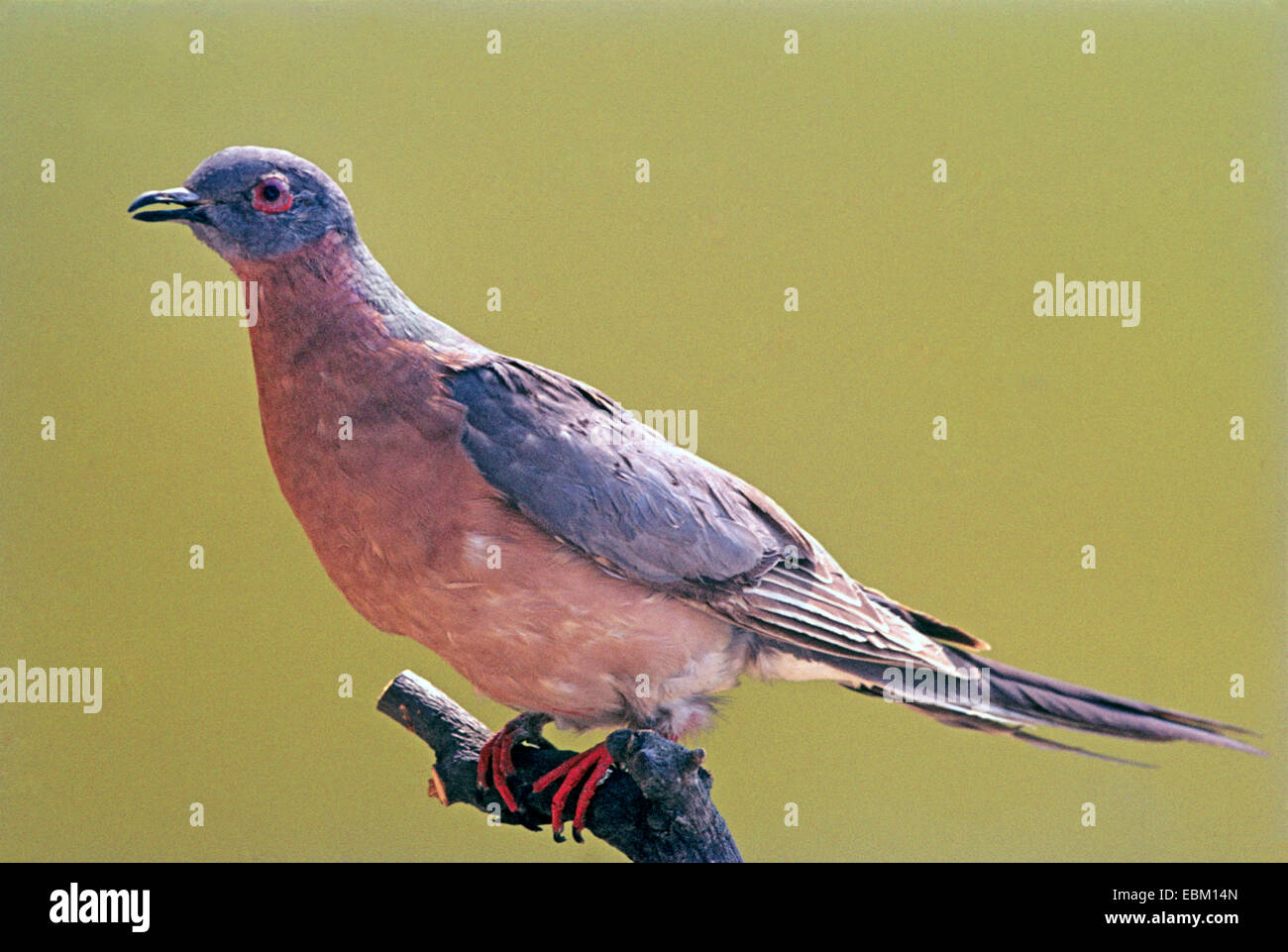 passenger pigeon (Ectopistes migratoria), extinct species Stock Photohttps://www.alamy.com/image-license-details/?v=1https://www.alamy.com/stock-photo-passenger-pigeon-ectopistes-migratoria-extinct-species-76042645.html
passenger pigeon (Ectopistes migratoria), extinct species Stock Photohttps://www.alamy.com/image-license-details/?v=1https://www.alamy.com/stock-photo-passenger-pigeon-ectopistes-migratoria-extinct-species-76042645.htmlRMEBM14N–passenger pigeon (Ectopistes migratoria), extinct species
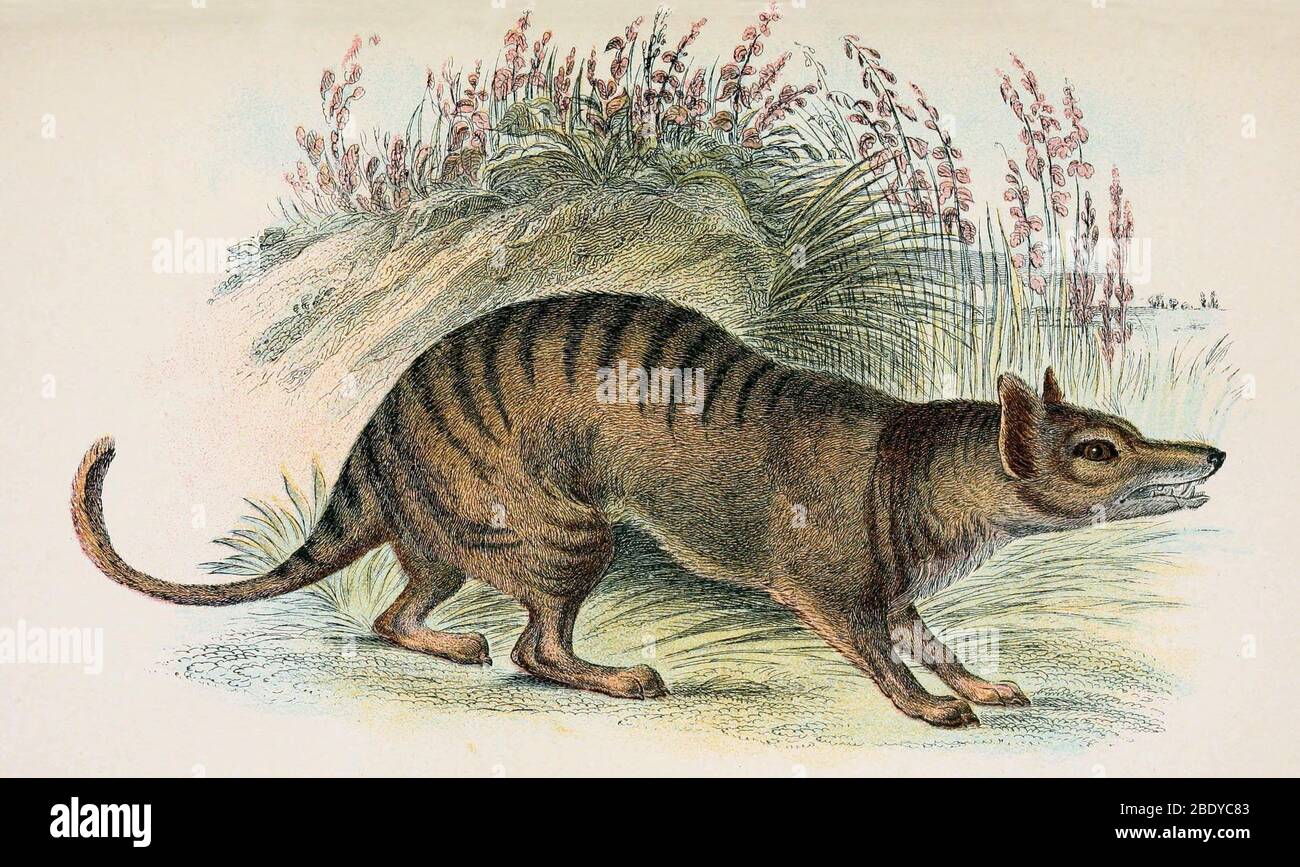 Tasmanian Tiger, Extinct Species Stock Photohttps://www.alamy.com/image-license-details/?v=1https://www.alamy.com/tasmanian-tiger-extinct-species-image352800227.html
Tasmanian Tiger, Extinct Species Stock Photohttps://www.alamy.com/image-license-details/?v=1https://www.alamy.com/tasmanian-tiger-extinct-species-image352800227.htmlRM2BDYC83–Tasmanian Tiger, Extinct Species
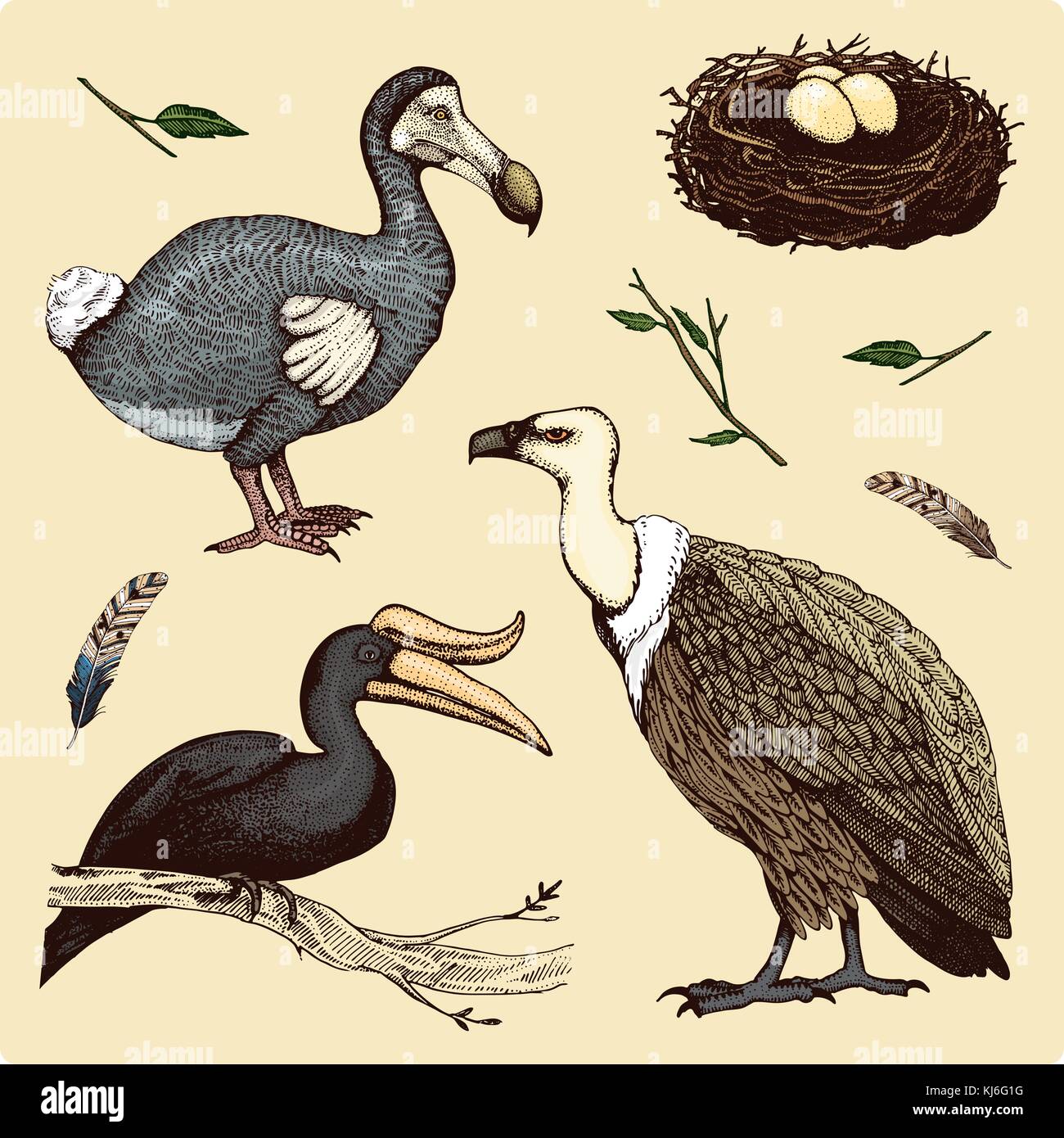 extinct species birds, griffon vultures, rhinoceros hornbill. moa, dodo and feather. engraved hand drawn in old sketch, vintage style for label. branches of trees and feathers. Stock Vectorhttps://www.alamy.com/image-license-details/?v=1https://www.alamy.com/stock-image-extinct-species-birds-griffon-vultures-rhinoceros-hornbill-moa-dodo-166101420.html
extinct species birds, griffon vultures, rhinoceros hornbill. moa, dodo and feather. engraved hand drawn in old sketch, vintage style for label. branches of trees and feathers. Stock Vectorhttps://www.alamy.com/image-license-details/?v=1https://www.alamy.com/stock-image-extinct-species-birds-griffon-vultures-rhinoceros-hornbill-moa-dodo-166101420.htmlRFKJ6G1G–extinct species birds, griffon vultures, rhinoceros hornbill. moa, dodo and feather. engraved hand drawn in old sketch, vintage style for label. branches of trees and feathers.
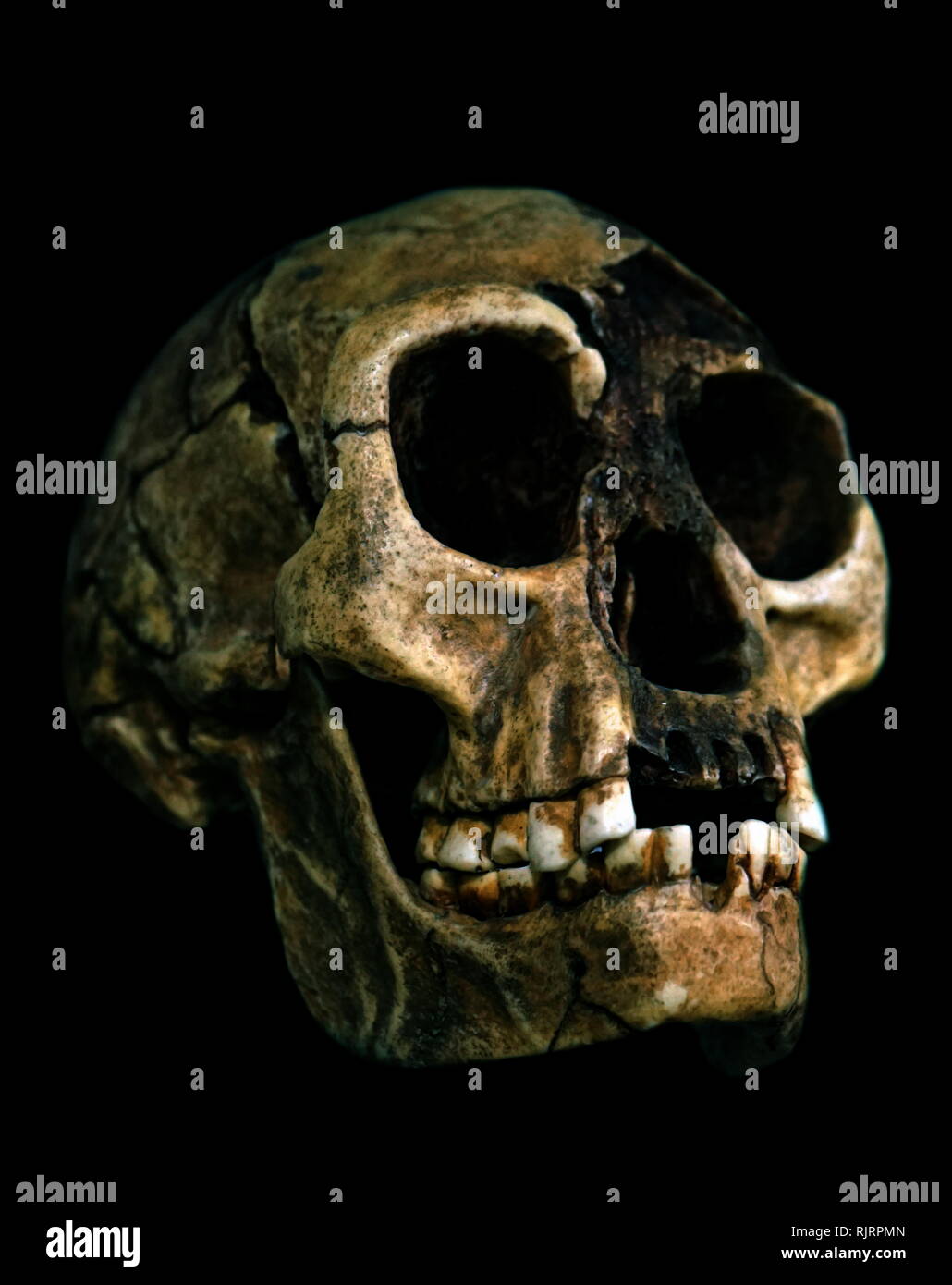 Homo floresiensis (Flores Man; nicknamed hobbit) is an extinct species in the genus Homo. Stock Photohttps://www.alamy.com/image-license-details/?v=1https://www.alamy.com/homo-floresiensis-flores-man-nicknamed-hobbit-is-an-extinct-species-in-the-genus-homo-image235321317.html
Homo floresiensis (Flores Man; nicknamed hobbit) is an extinct species in the genus Homo. Stock Photohttps://www.alamy.com/image-license-details/?v=1https://www.alamy.com/homo-floresiensis-flores-man-nicknamed-hobbit-is-an-extinct-species-in-the-genus-homo-image235321317.htmlRMRJRPMN–Homo floresiensis (Flores Man; nicknamed hobbit) is an extinct species in the genus Homo.
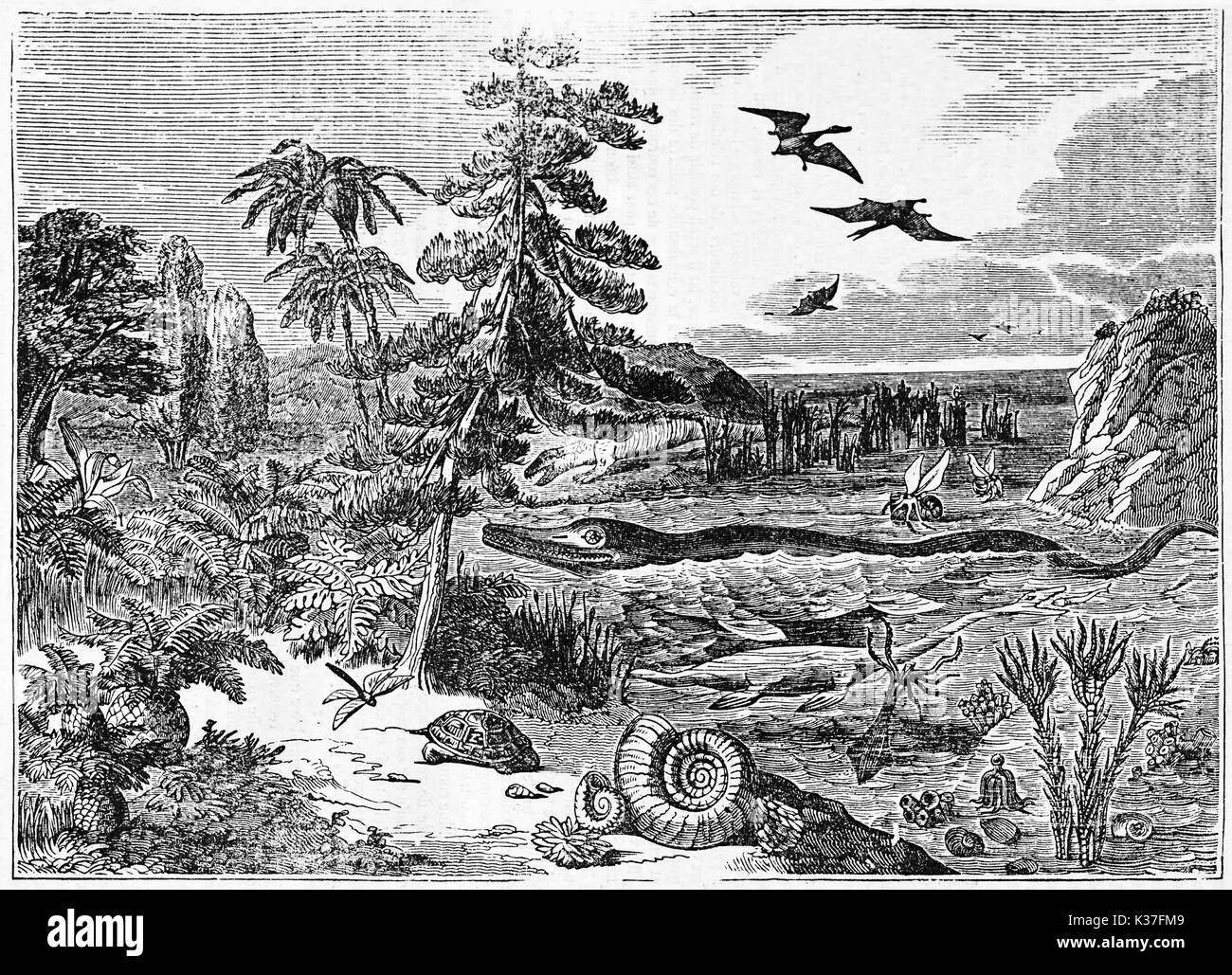 extinct species in their majestic ancient natural environment. Old Illustration by unidentified author published on Magasin Pittoresque Paris 1834 Stock Photohttps://www.alamy.com/image-license-details/?v=1https://www.alamy.com/extinct-species-in-their-majestic-ancient-natural-environment-old-image156903273.html
extinct species in their majestic ancient natural environment. Old Illustration by unidentified author published on Magasin Pittoresque Paris 1834 Stock Photohttps://www.alamy.com/image-license-details/?v=1https://www.alamy.com/extinct-species-in-their-majestic-ancient-natural-environment-old-image156903273.htmlRFK37FM9–extinct species in their majestic ancient natural environment. Old Illustration by unidentified author published on Magasin Pittoresque Paris 1834
 RHINOCEROS. Molar teeth of 2 extinct species 1894 old antique print picture Stock Photohttps://www.alamy.com/image-license-details/?v=1https://www.alamy.com/rhinoceros-molar-teeth-of-2-extinct-species-1894-old-antique-print-picture-image185110425.html
RHINOCEROS. Molar teeth of 2 extinct species 1894 old antique print picture Stock Photohttps://www.alamy.com/image-license-details/?v=1https://www.alamy.com/rhinoceros-molar-teeth-of-2-extinct-species-1894-old-antique-print-picture-image185110425.htmlRFMN4E6H–RHINOCEROS. Molar teeth of 2 extinct species 1894 old antique print picture
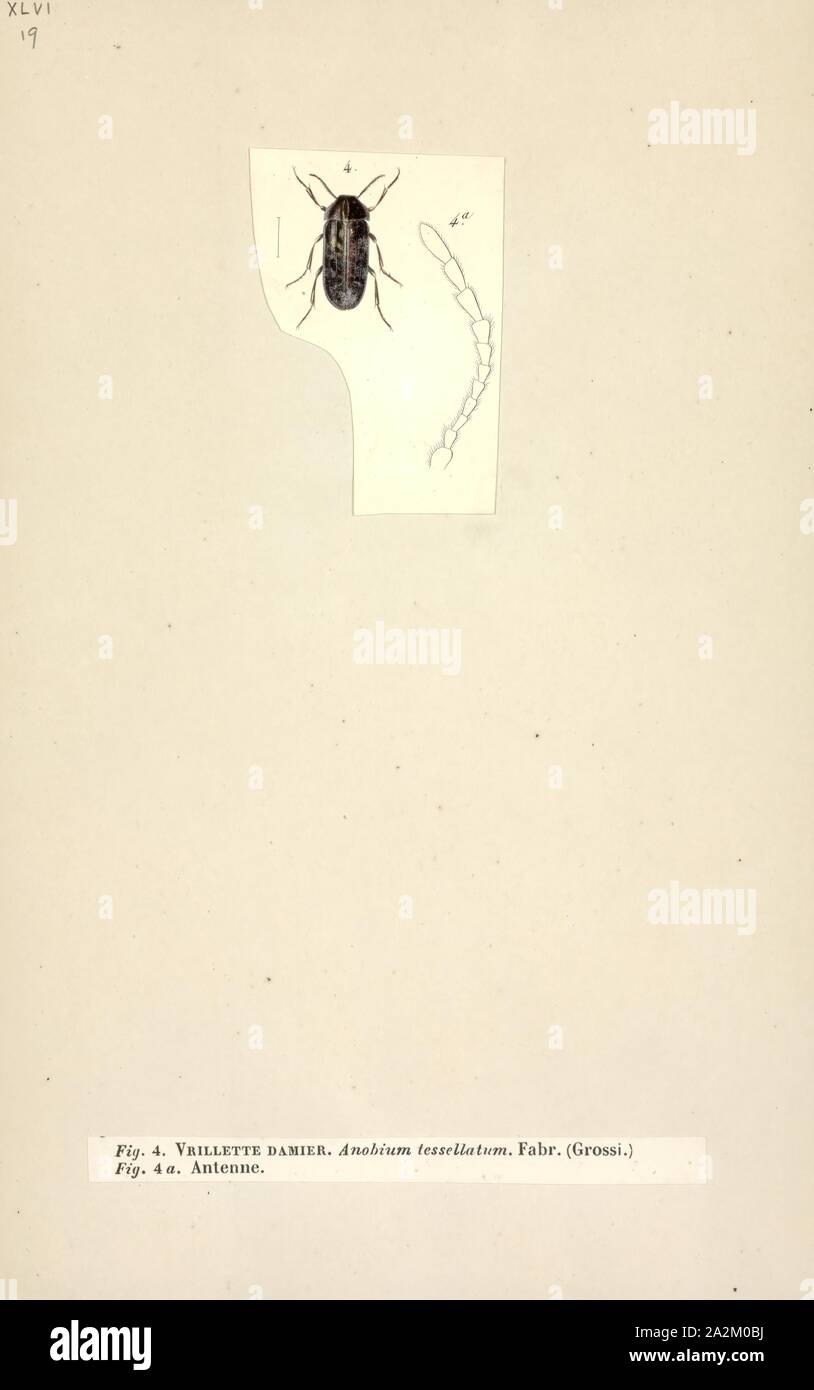 Anobium, Print, Anobium is a genus of beetles in the family Ptinidae. There are about seven extant and five extinct species in Anobium Stock Photohttps://www.alamy.com/image-license-details/?v=1https://www.alamy.com/anobium-print-anobium-is-a-genus-of-beetles-in-the-family-ptinidae-there-are-about-seven-extant-and-five-extinct-species-in-anobium-image328665670.html
Anobium, Print, Anobium is a genus of beetles in the family Ptinidae. There are about seven extant and five extinct species in Anobium Stock Photohttps://www.alamy.com/image-license-details/?v=1https://www.alamy.com/anobium-print-anobium-is-a-genus-of-beetles-in-the-family-ptinidae-there-are-about-seven-extant-and-five-extinct-species-in-anobium-image328665670.htmlRM2A2M0BJ–Anobium, Print, Anobium is a genus of beetles in the family Ptinidae. There are about seven extant and five extinct species in Anobium
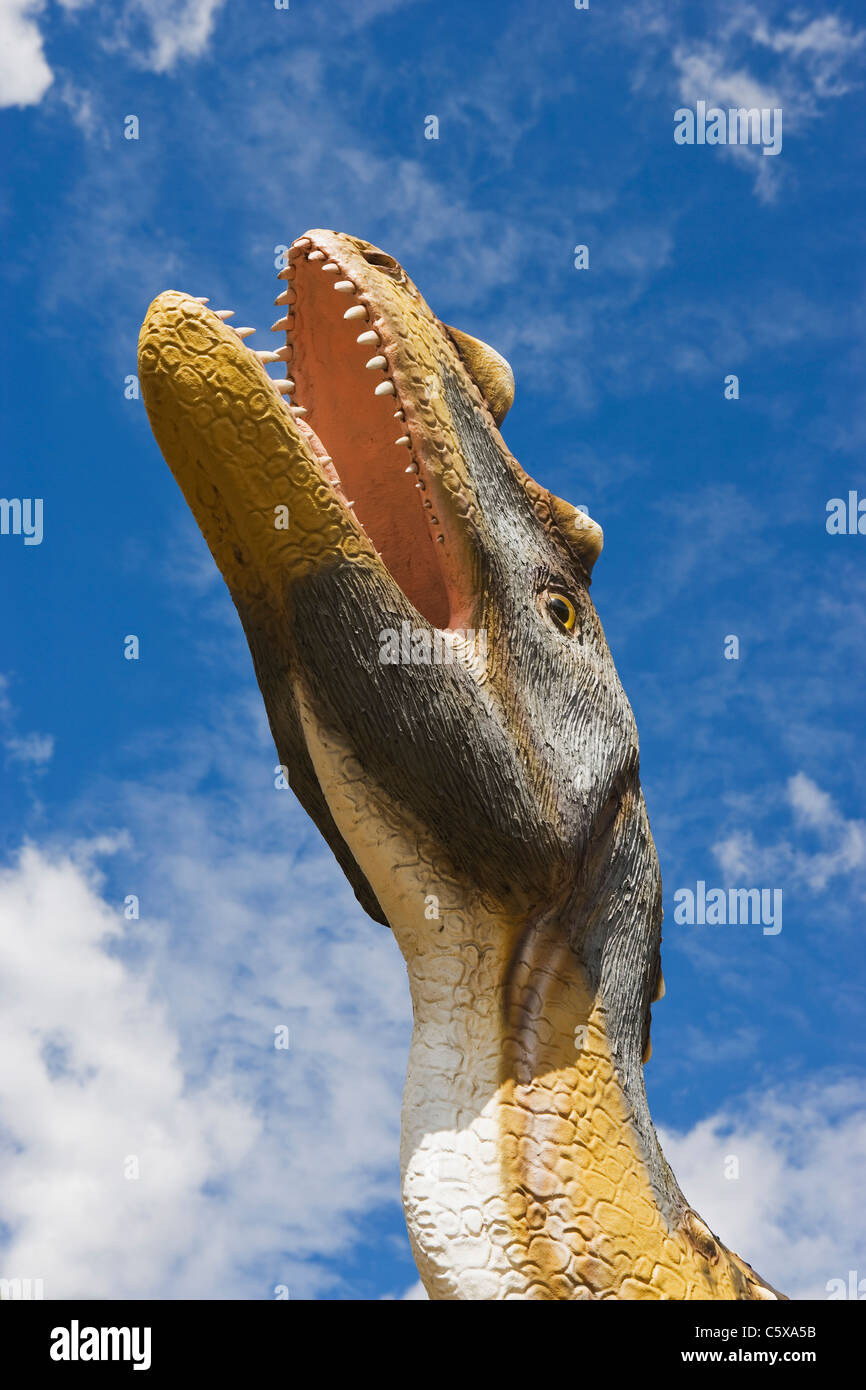 Saurian, Extinct species, Model, low angle view Stock Photohttps://www.alamy.com/image-license-details/?v=1https://www.alamy.com/stock-photo-saurian-extinct-species-model-low-angle-view-38072759.html
Saurian, Extinct species, Model, low angle view Stock Photohttps://www.alamy.com/image-license-details/?v=1https://www.alamy.com/stock-photo-saurian-extinct-species-model-low-angle-view-38072759.htmlRFC5XA5B–Saurian, Extinct species, Model, low angle view
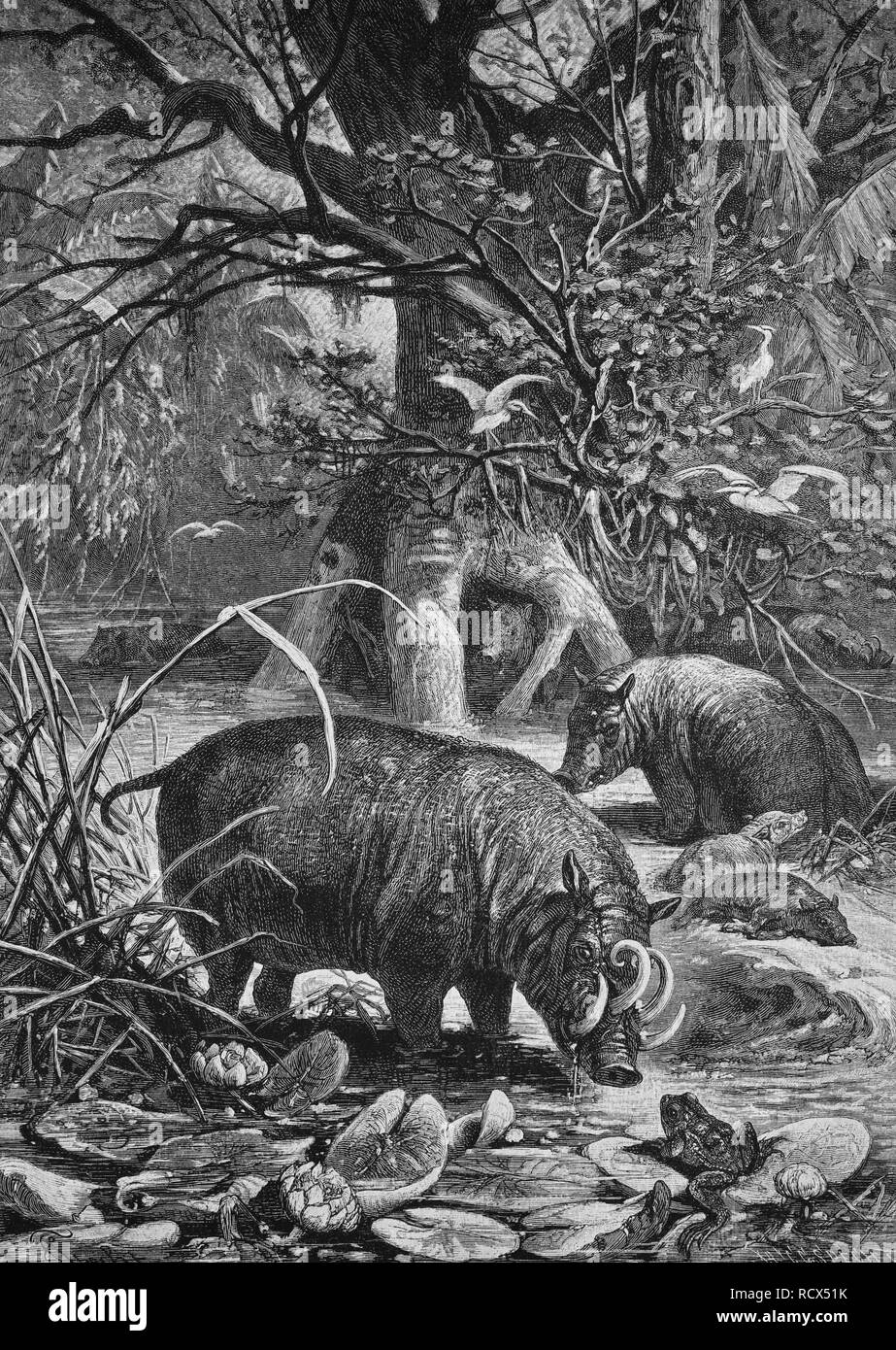 Babirusas (Babyrousa), extinct species, wood engraving, 1880 Stock Photohttps://www.alamy.com/image-license-details/?v=1https://www.alamy.com/babirusas-babyrousa-extinct-species-wood-engraving-1880-image231685375.html
Babirusas (Babyrousa), extinct species, wood engraving, 1880 Stock Photohttps://www.alamy.com/image-license-details/?v=1https://www.alamy.com/babirusas-babyrousa-extinct-species-wood-engraving-1880-image231685375.htmlRMRCX51K–Babirusas (Babyrousa), extinct species, wood engraving, 1880
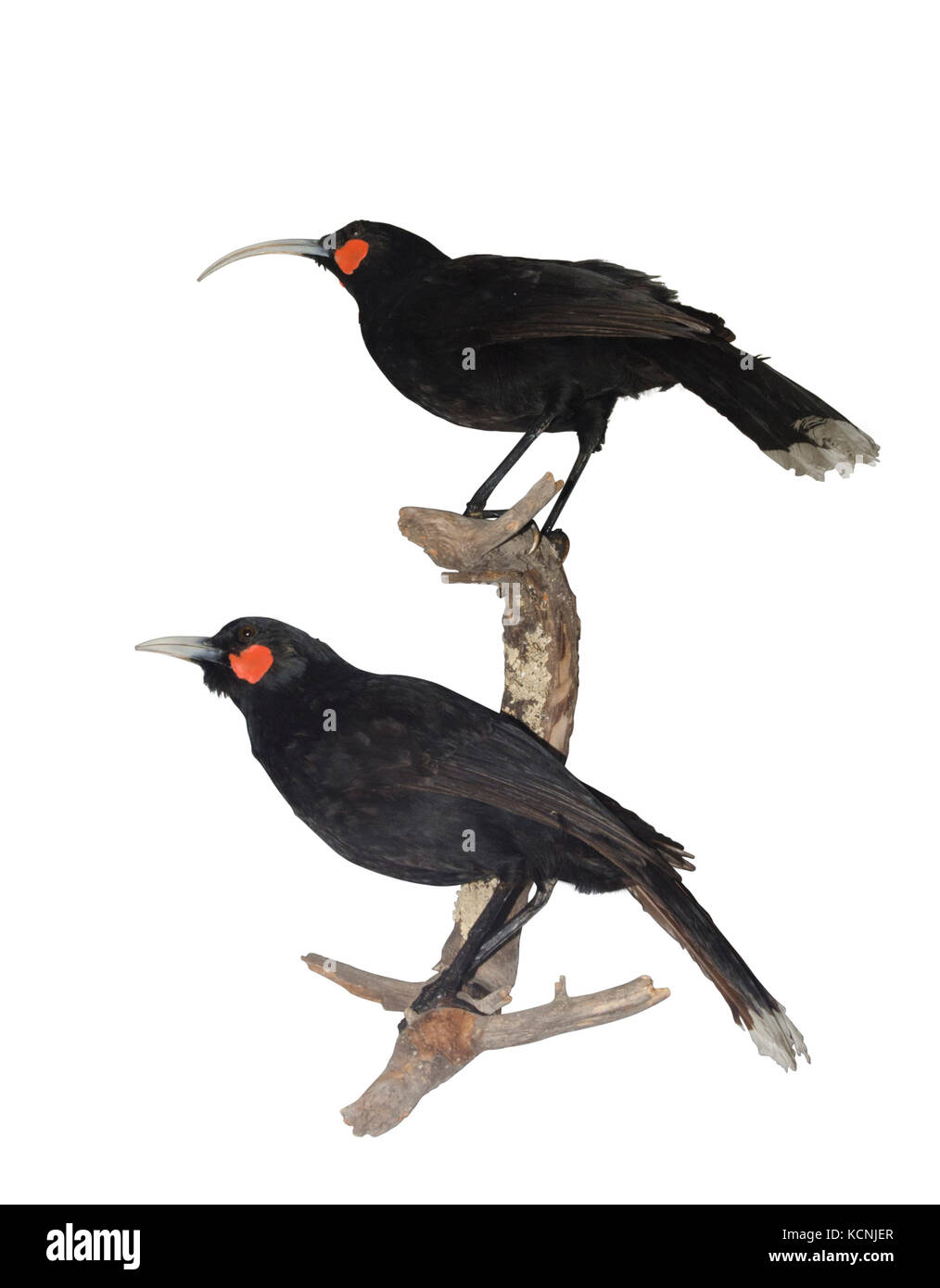 Huia Heteralocha acutirostris. extinct species of New Zealand wattlebird, endemic to the North Island of New Zealand. The last confirmed sighting of Stock Photohttps://www.alamy.com/image-license-details/?v=1https://www.alamy.com/stock-image-huia-heteralocha-acutirostris-extinct-species-of-new-zealand-wattlebird-162744703.html
Huia Heteralocha acutirostris. extinct species of New Zealand wattlebird, endemic to the North Island of New Zealand. The last confirmed sighting of Stock Photohttps://www.alamy.com/image-license-details/?v=1https://www.alamy.com/stock-image-huia-heteralocha-acutirostris-extinct-species-of-new-zealand-wattlebird-162744703.htmlRMKCNJER–Huia Heteralocha acutirostris. extinct species of New Zealand wattlebird, endemic to the North Island of New Zealand. The last confirmed sighting of
 whale australia beached cut by boat (container ship) propeller Stock Photohttps://www.alamy.com/image-license-details/?v=1https://www.alamy.com/whale-australia-beached-cut-by-boat-container-ship-propeller-image8614089.html
whale australia beached cut by boat (container ship) propeller Stock Photohttps://www.alamy.com/image-license-details/?v=1https://www.alamy.com/whale-australia-beached-cut-by-boat-container-ship-propeller-image8614089.htmlRFAKTYTA–whale australia beached cut by boat (container ship) propeller
 a fossil of a belemnoid or thunderbolt an extinct species of squid from the cretaceous period on an eroding layer of chalk Stock Photohttps://www.alamy.com/image-license-details/?v=1https://www.alamy.com/a-fossil-of-a-belemnoid-or-thunderbolt-an-extinct-species-of-squid-image69974208.html
a fossil of a belemnoid or thunderbolt an extinct species of squid from the cretaceous period on an eroding layer of chalk Stock Photohttps://www.alamy.com/image-license-details/?v=1https://www.alamy.com/a-fossil-of-a-belemnoid-or-thunderbolt-an-extinct-species-of-squid-image69974208.htmlRME1RGPT–a fossil of a belemnoid or thunderbolt an extinct species of squid from the cretaceous period on an eroding layer of chalk
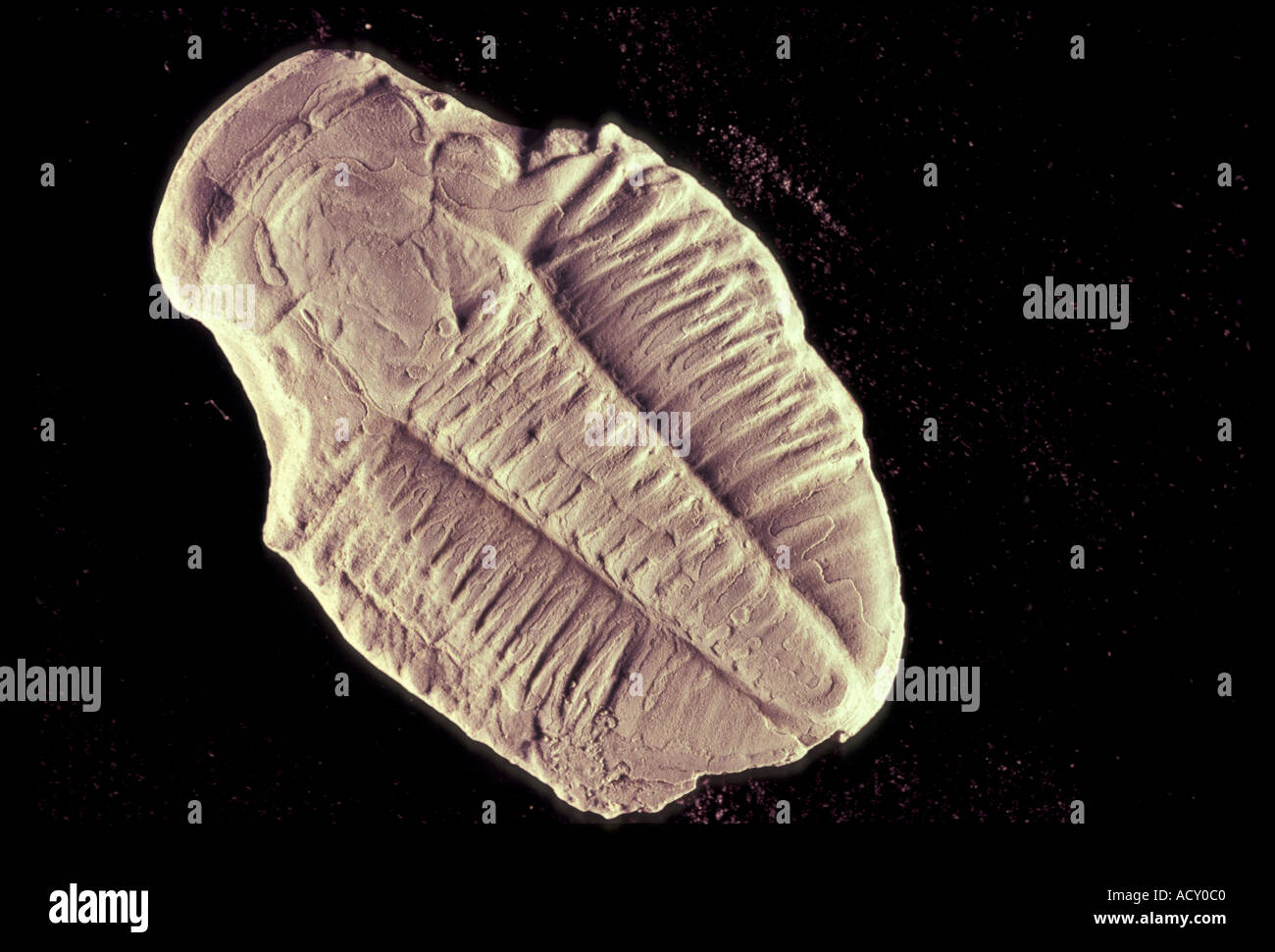 SCIENCE EXTINCT Species Stock Photohttps://www.alamy.com/image-license-details/?v=1https://www.alamy.com/science-extinct-species-image2470079.html
SCIENCE EXTINCT Species Stock Photohttps://www.alamy.com/image-license-details/?v=1https://www.alamy.com/science-extinct-species-image2470079.htmlRMACY0C0–SCIENCE EXTINCT Species
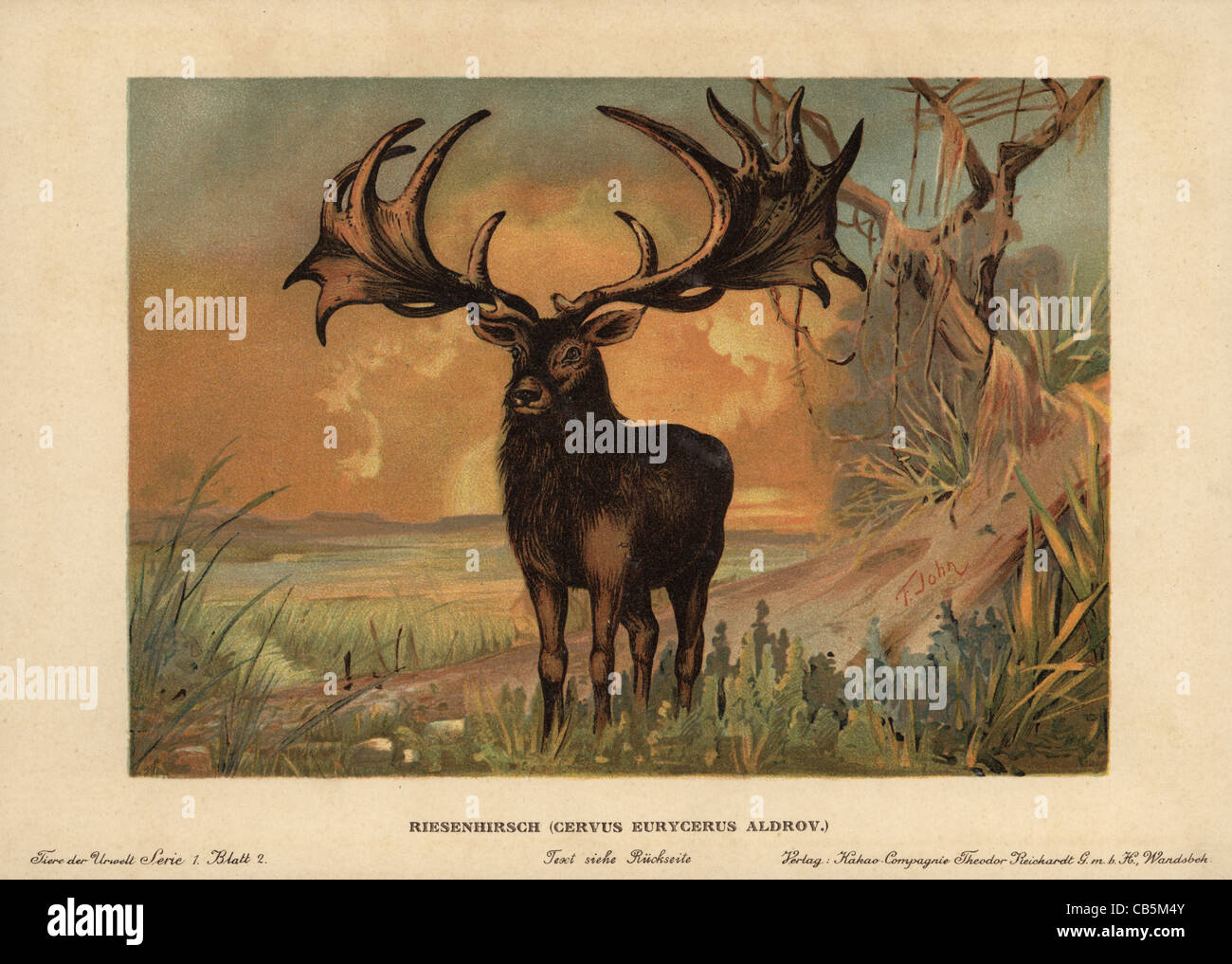 Irish Elk, Megaloceros giganteus, extinct species of giant deer from the Late Pleistocene. Stock Photohttps://www.alamy.com/image-license-details/?v=1https://www.alamy.com/stock-photo-irish-elk-megaloceros-giganteus-extinct-species-of-giant-deer-from-41307531.html
Irish Elk, Megaloceros giganteus, extinct species of giant deer from the Late Pleistocene. Stock Photohttps://www.alamy.com/image-license-details/?v=1https://www.alamy.com/stock-photo-irish-elk-megaloceros-giganteus-extinct-species-of-giant-deer-from-41307531.htmlRMCB5M4Y–Irish Elk, Megaloceros giganteus, extinct species of giant deer from the Late Pleistocene.
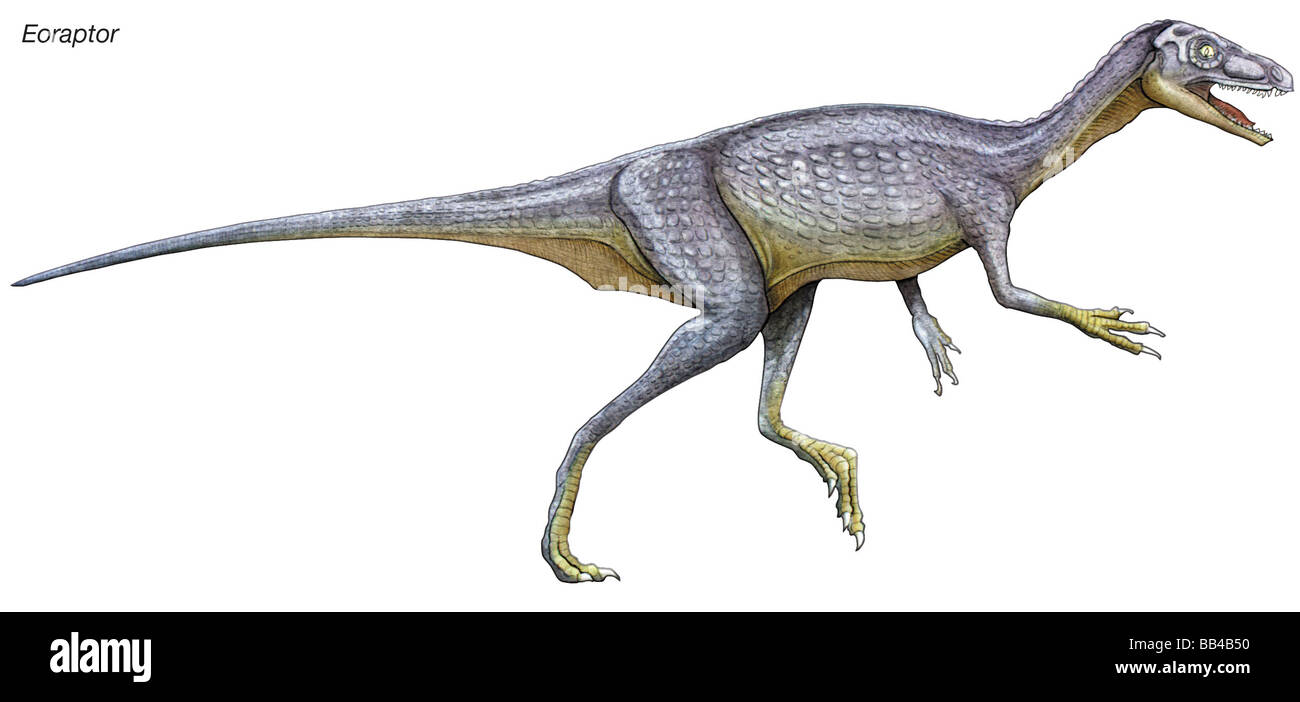 Eoraptor, late Triassic dinosaur. This tiny carnivore is close to what the common ancestor of all dinosaurs might look like. Stock Photohttps://www.alamy.com/image-license-details/?v=1https://www.alamy.com/stock-photo-eoraptor-late-triassic-dinosaur-this-tiny-carnivore-is-close-to-what-24068156.html
Eoraptor, late Triassic dinosaur. This tiny carnivore is close to what the common ancestor of all dinosaurs might look like. Stock Photohttps://www.alamy.com/image-license-details/?v=1https://www.alamy.com/stock-photo-eoraptor-late-triassic-dinosaur-this-tiny-carnivore-is-close-to-what-24068156.htmlRMBB4B50–Eoraptor, late Triassic dinosaur. This tiny carnivore is close to what the common ancestor of all dinosaurs might look like.
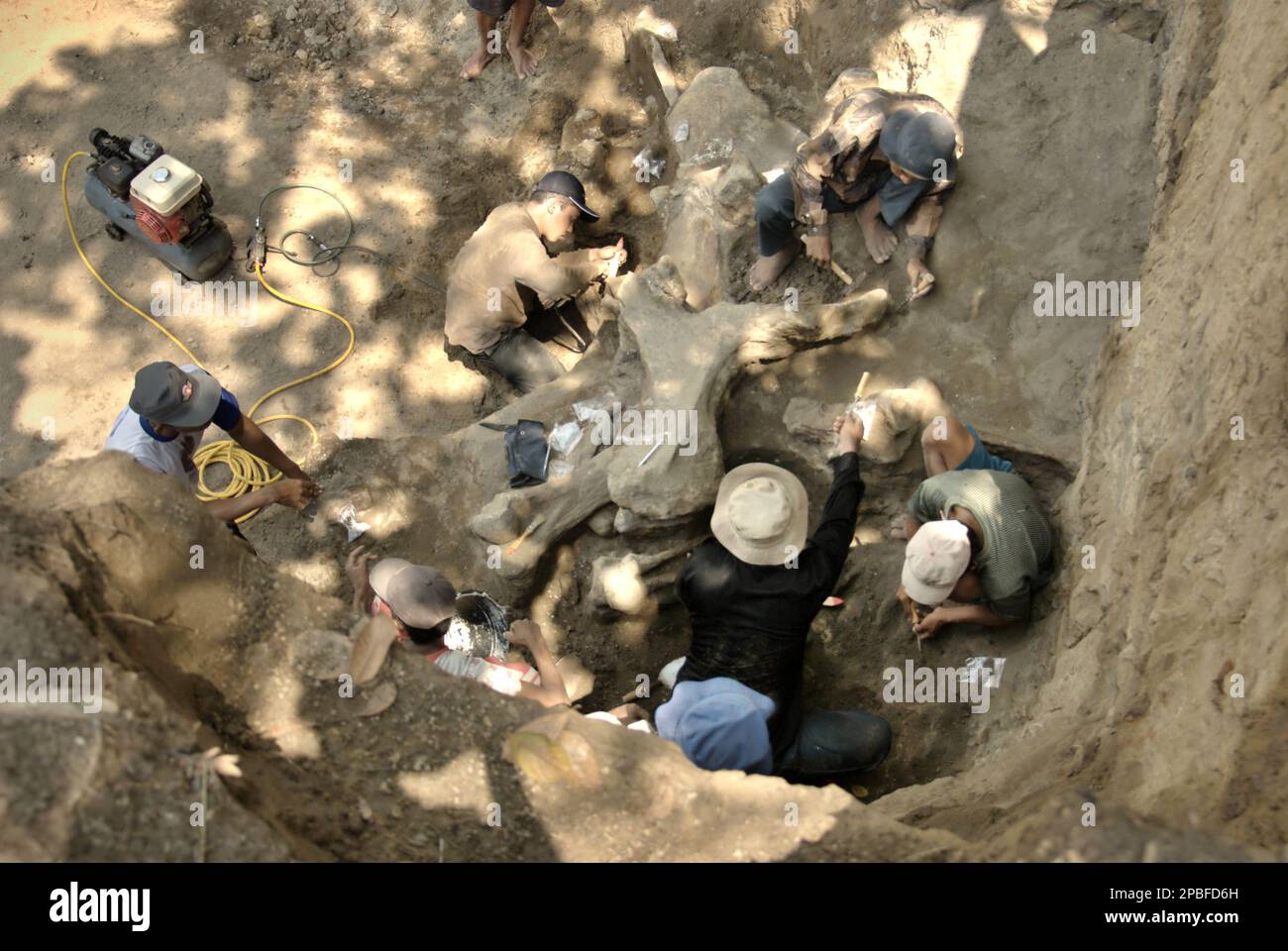 Paleontologists and villagers are working on the excavation of fossilized bones of an extinct elephant species scientifically identified as Elephas hysudrindicus, or popularly called 'Blora elephant', in Sunggun, Mendalem, Kradenan, Blora, Central Java, Indonesia. The team of scientists from Vertebrate Research (Geological Agency, Indonesian Ministry of Energy and Mineral Resources) led by paleontologists Iwan Kurniawan and Fachroel Aziz discovered the species' bones almost entirely (around 90 percent complete) that later would allow them to build a scientific reconstruction, which is... Stock Photohttps://www.alamy.com/image-license-details/?v=1https://www.alamy.com/paleontologists-and-villagers-are-working-on-the-excavation-of-fossilized-bones-of-an-extinct-elephant-species-scientifically-identified-as-elephas-hysudrindicus-or-popularly-called-blora-elephant-in-sunggun-mendalem-kradenan-blora-central-java-indonesia-the-team-of-scientists-from-vertebrate-research-geological-agency-indonesian-ministry-of-energy-and-mineral-resources-led-by-paleontologists-iwan-kurniawan-and-fachroel-aziz-discovered-the-species-bones-almost-entirely-around-90-percent-complete-that-later-would-allow-them-to-build-a-scientific-reconstruction-which-is-image540622281.html
Paleontologists and villagers are working on the excavation of fossilized bones of an extinct elephant species scientifically identified as Elephas hysudrindicus, or popularly called 'Blora elephant', in Sunggun, Mendalem, Kradenan, Blora, Central Java, Indonesia. The team of scientists from Vertebrate Research (Geological Agency, Indonesian Ministry of Energy and Mineral Resources) led by paleontologists Iwan Kurniawan and Fachroel Aziz discovered the species' bones almost entirely (around 90 percent complete) that later would allow them to build a scientific reconstruction, which is... Stock Photohttps://www.alamy.com/image-license-details/?v=1https://www.alamy.com/paleontologists-and-villagers-are-working-on-the-excavation-of-fossilized-bones-of-an-extinct-elephant-species-scientifically-identified-as-elephas-hysudrindicus-or-popularly-called-blora-elephant-in-sunggun-mendalem-kradenan-blora-central-java-indonesia-the-team-of-scientists-from-vertebrate-research-geological-agency-indonesian-ministry-of-energy-and-mineral-resources-led-by-paleontologists-iwan-kurniawan-and-fachroel-aziz-discovered-the-species-bones-almost-entirely-around-90-percent-complete-that-later-would-allow-them-to-build-a-scientific-reconstruction-which-is-image540622281.htmlRM2PBFD6H–Paleontologists and villagers are working on the excavation of fossilized bones of an extinct elephant species scientifically identified as Elephas hysudrindicus, or popularly called 'Blora elephant', in Sunggun, Mendalem, Kradenan, Blora, Central Java, Indonesia. The team of scientists from Vertebrate Research (Geological Agency, Indonesian Ministry of Energy and Mineral Resources) led by paleontologists Iwan Kurniawan and Fachroel Aziz discovered the species' bones almost entirely (around 90 percent complete) that later would allow them to build a scientific reconstruction, which is...
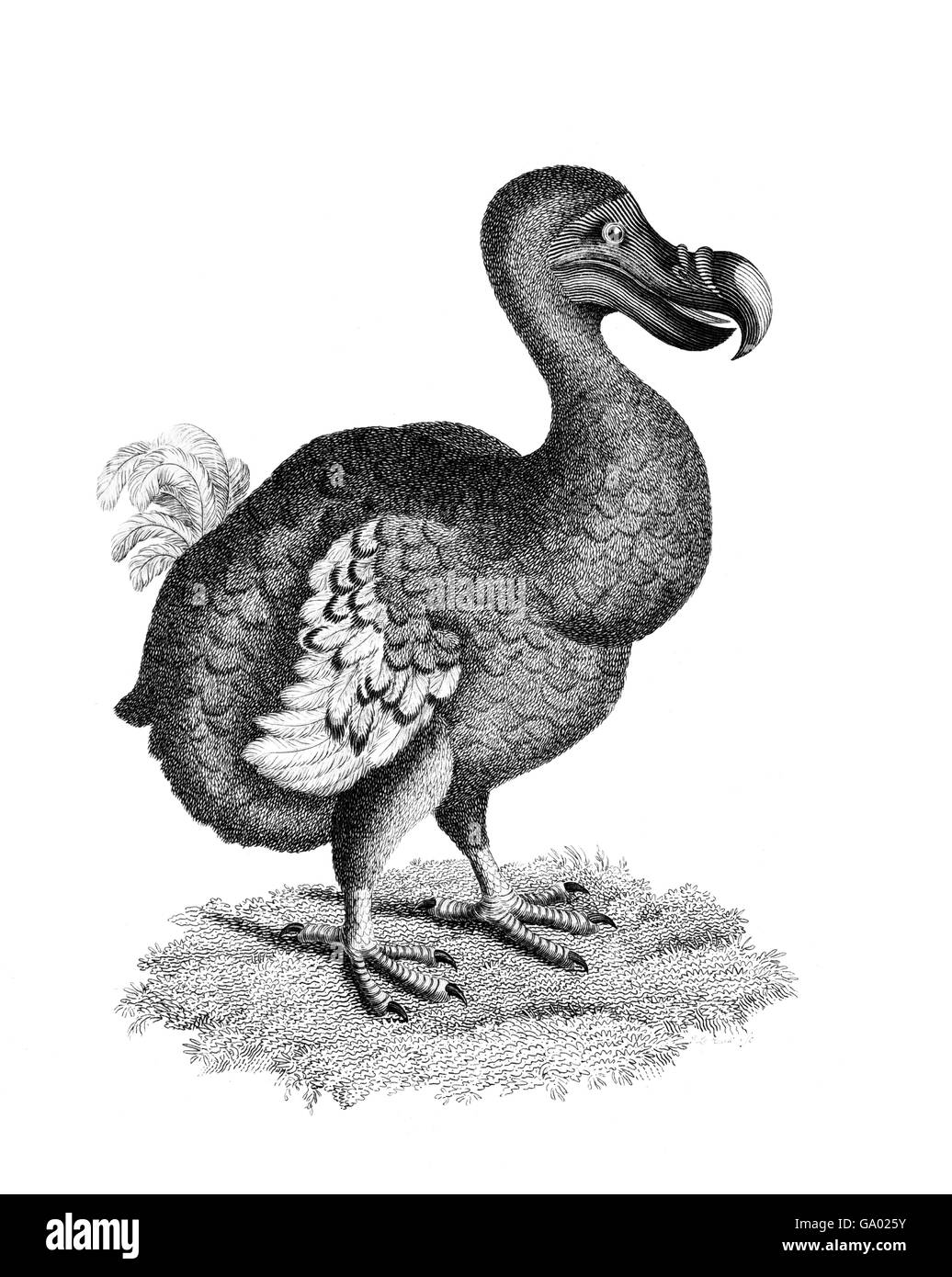 Dodo. Illustration published in 1809. Stock Photohttps://www.alamy.com/image-license-details/?v=1https://www.alamy.com/stock-photo-dodo-illustration-published-in-1809-109410503.html
Dodo. Illustration published in 1809. Stock Photohttps://www.alamy.com/image-license-details/?v=1https://www.alamy.com/stock-photo-dodo-illustration-published-in-1809-109410503.htmlRMGA025Y–Dodo. Illustration published in 1809.
 Skull of a Baby Mammoth.Woolly mammoth.Mammuthus primigenius.Extinct species of mammoth from the Pleistocene.Extinct in the Holocene epoch.woolly mammoth Stock Photohttps://www.alamy.com/image-license-details/?v=1https://www.alamy.com/skull-of-a-baby-mammothwoolly-mammothmammuthus-primigeniusextinct-species-of-mammoth-from-the-pleistoceneextinct-in-the-holocene-epochwoolly-mammoth-image508599737.html
Skull of a Baby Mammoth.Woolly mammoth.Mammuthus primigenius.Extinct species of mammoth from the Pleistocene.Extinct in the Holocene epoch.woolly mammoth Stock Photohttps://www.alamy.com/image-license-details/?v=1https://www.alamy.com/skull-of-a-baby-mammothwoolly-mammothmammuthus-primigeniusextinct-species-of-mammoth-from-the-pleistoceneextinct-in-the-holocene-epochwoolly-mammoth-image508599737.htmlRM2MFCM49–Skull of a Baby Mammoth.Woolly mammoth.Mammuthus primigenius.Extinct species of mammoth from the Pleistocene.Extinct in the Holocene epoch.woolly mammoth
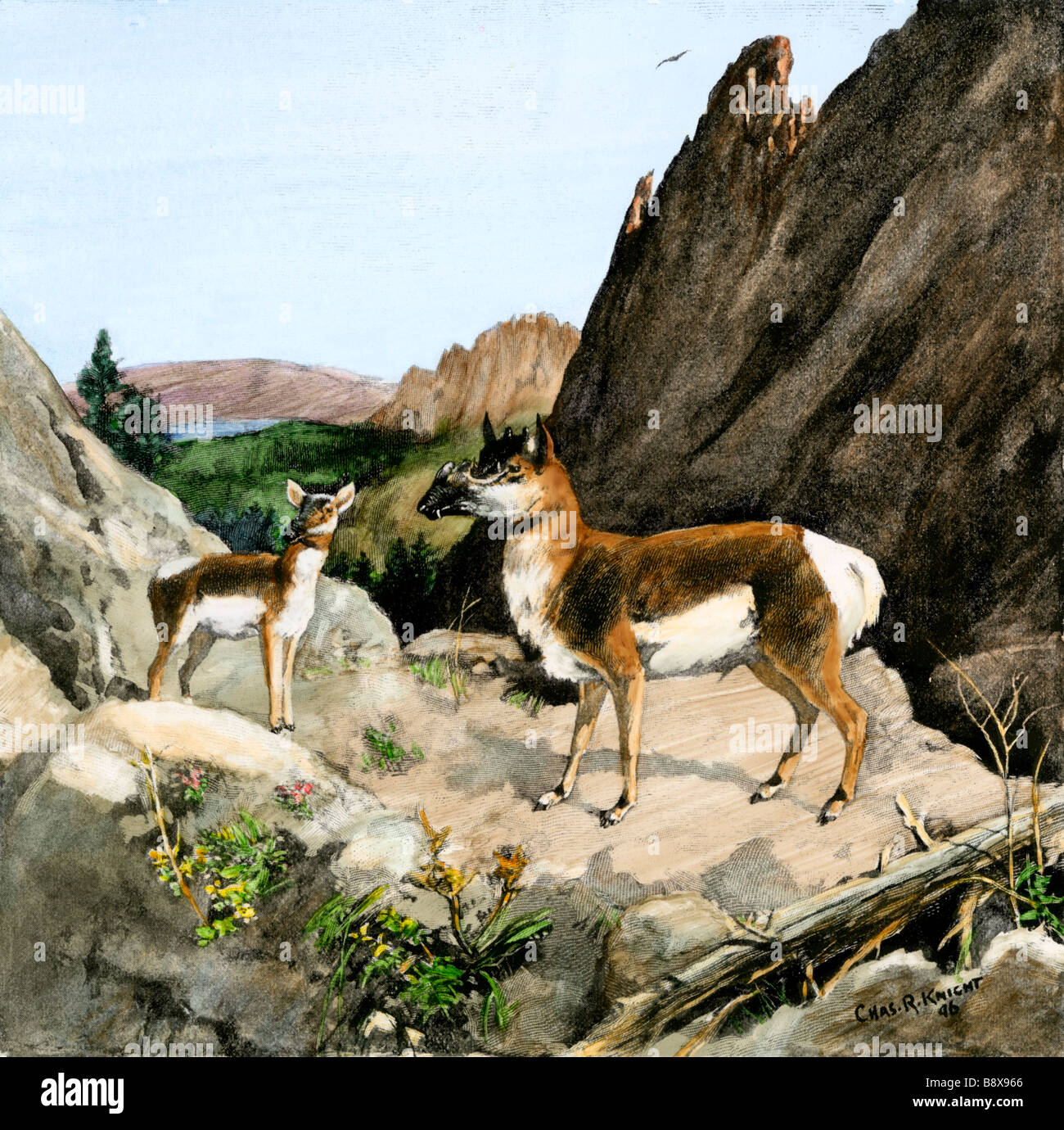 Extinct species of pronghorn Protoceras, ancient South Dakota Black Hills. Hand-colored halftone of a Charles Knight illustration Stock Photohttps://www.alamy.com/image-license-details/?v=1https://www.alamy.com/stock-photo-extinct-species-of-pronghorn-protoceras-ancient-south-dakota-black-22705598.html
Extinct species of pronghorn Protoceras, ancient South Dakota Black Hills. Hand-colored halftone of a Charles Knight illustration Stock Photohttps://www.alamy.com/image-license-details/?v=1https://www.alamy.com/stock-photo-extinct-species-of-pronghorn-protoceras-ancient-south-dakota-black-22705598.htmlRMB8X966–Extinct species of pronghorn Protoceras, ancient South Dakota Black Hills. Hand-colored halftone of a Charles Knight illustration
 Ambulocetus (Ambulocetus natans), primitive extinct species of wales Stock Photohttps://www.alamy.com/image-license-details/?v=1https://www.alamy.com/stock-photo-ambulocetus-ambulocetus-natans-primitive-extinct-species-of-wales-76151540.html
Ambulocetus (Ambulocetus natans), primitive extinct species of wales Stock Photohttps://www.alamy.com/image-license-details/?v=1https://www.alamy.com/stock-photo-ambulocetus-ambulocetus-natans-primitive-extinct-species-of-wales-76151540.htmlRMEBW01T–Ambulocetus (Ambulocetus natans), primitive extinct species of wales
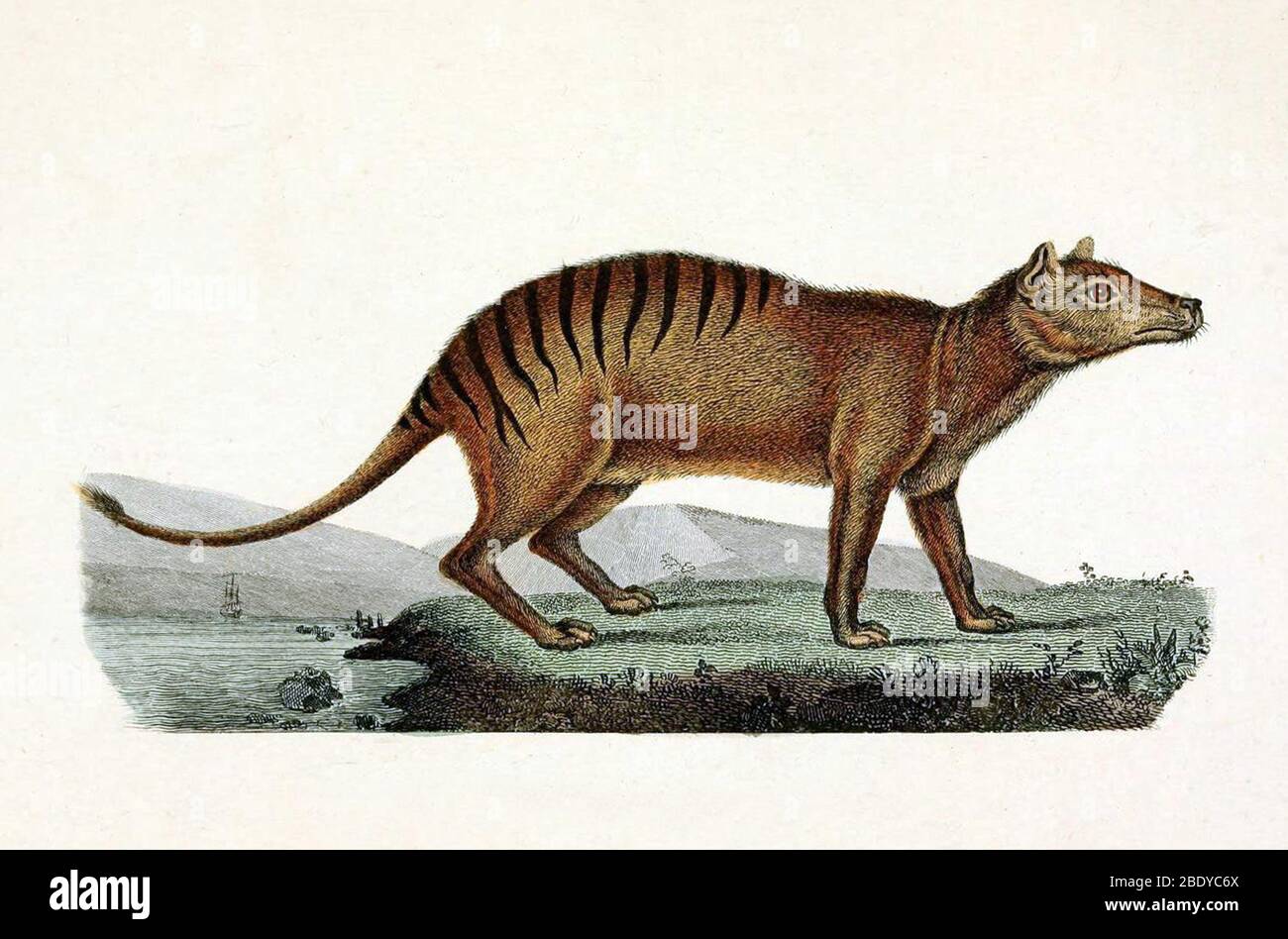 Tasmanian Tiger, Extinct Species Stock Photohttps://www.alamy.com/image-license-details/?v=1https://www.alamy.com/tasmanian-tiger-extinct-species-image352800194.html
Tasmanian Tiger, Extinct Species Stock Photohttps://www.alamy.com/image-license-details/?v=1https://www.alamy.com/tasmanian-tiger-extinct-species-image352800194.htmlRM2BDYC6X–Tasmanian Tiger, Extinct Species
 Great auk. Flightless alcid. Penguin. Extinct species. Engraved Hand drawn vector illustration in woodcut Graphic vintage style, vintage drawing Stock Vectorhttps://www.alamy.com/image-license-details/?v=1https://www.alamy.com/great-auk-flightless-alcid-penguin-extinct-species-engraved-hand-drawn-vector-illustration-in-woodcut-graphic-vintage-style-vintage-drawing-image551814432.html
Great auk. Flightless alcid. Penguin. Extinct species. Engraved Hand drawn vector illustration in woodcut Graphic vintage style, vintage drawing Stock Vectorhttps://www.alamy.com/image-license-details/?v=1https://www.alamy.com/great-auk-flightless-alcid-penguin-extinct-species-engraved-hand-drawn-vector-illustration-in-woodcut-graphic-vintage-style-vintage-drawing-image551814432.htmlRF2R1N8X8–Great auk. Flightless alcid. Penguin. Extinct species. Engraved Hand drawn vector illustration in woodcut Graphic vintage style, vintage drawing
 Bones belonging to two extinct species of elephants. Stock Photohttps://www.alamy.com/image-license-details/?v=1https://www.alamy.com/stock-photo-bones-belonging-to-two-extinct-species-of-elephants-90847858.html
Bones belonging to two extinct species of elephants. Stock Photohttps://www.alamy.com/image-license-details/?v=1https://www.alamy.com/stock-photo-bones-belonging-to-two-extinct-species-of-elephants-90847858.htmlRMF7PDAA–Bones belonging to two extinct species of elephants.
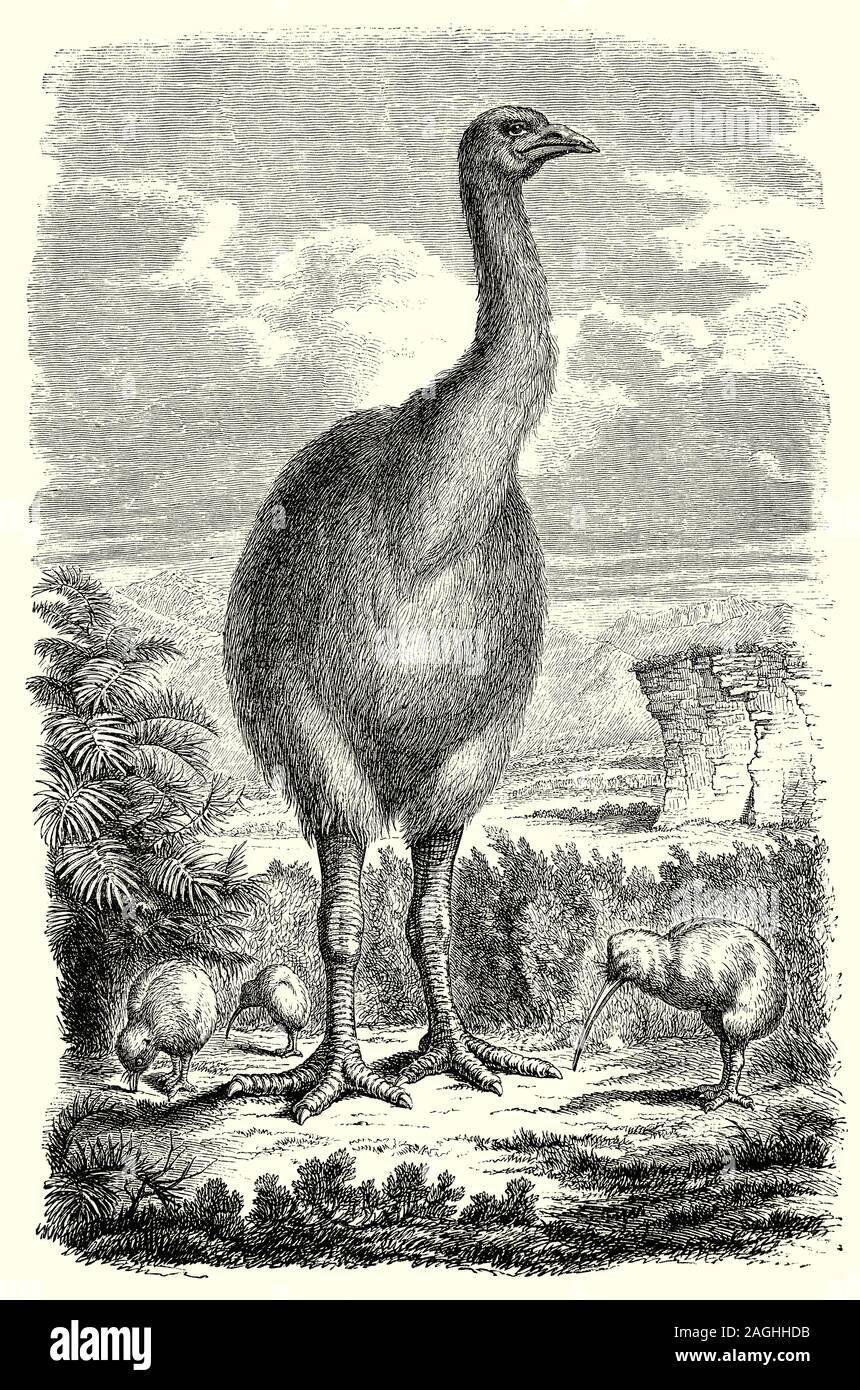 Ornithology: Breeding and Nests: Moa, a now-extinct flightless bird endemic to New Zealand. The two largest species, Dinornis robustus and Dinornis novaezelandiae, reached about 3.6 m (12 ft) in height with neck outstretched, and weighed about 230 kg (510 lb). It is estimated that when Polynesians settled New Zealand circa 1280, the moa population was about 58,000 and they were the dominant herbivores in New Zealand's forest, shrubland and subalpine ecosystem. Primarily due to overhunting by the Māori, Moa became extinct circa 1300 –1440. Stock Photohttps://www.alamy.com/image-license-details/?v=1https://www.alamy.com/ornithology-breeding-and-nests-moa-a-now-extinct-flightless-bird-endemic-to-new-zealand-the-two-largest-species-dinornis-robustus-and-dinornis-novaezelandiae-reached-about-36-m-12-ft-in-height-with-neck-outstretched-and-weighed-about-230-kg-510-lb-it-is-estimated-that-when-polynesians-settled-new-zealand-circa-1280-the-moa-population-was-about-58000-and-they-were-the-dominant-herbivores-in-new-zealands-forest-shrubland-and-subalpine-ecosystem-primarily-due-to-overhunting-by-the-mori-moa-became-extinct-circa-1300-1440-image337218375.html
Ornithology: Breeding and Nests: Moa, a now-extinct flightless bird endemic to New Zealand. The two largest species, Dinornis robustus and Dinornis novaezelandiae, reached about 3.6 m (12 ft) in height with neck outstretched, and weighed about 230 kg (510 lb). It is estimated that when Polynesians settled New Zealand circa 1280, the moa population was about 58,000 and they were the dominant herbivores in New Zealand's forest, shrubland and subalpine ecosystem. Primarily due to overhunting by the Māori, Moa became extinct circa 1300 –1440. Stock Photohttps://www.alamy.com/image-license-details/?v=1https://www.alamy.com/ornithology-breeding-and-nests-moa-a-now-extinct-flightless-bird-endemic-to-new-zealand-the-two-largest-species-dinornis-robustus-and-dinornis-novaezelandiae-reached-about-36-m-12-ft-in-height-with-neck-outstretched-and-weighed-about-230-kg-510-lb-it-is-estimated-that-when-polynesians-settled-new-zealand-circa-1280-the-moa-population-was-about-58000-and-they-were-the-dominant-herbivores-in-new-zealands-forest-shrubland-and-subalpine-ecosystem-primarily-due-to-overhunting-by-the-mori-moa-became-extinct-circa-1300-1440-image337218375.htmlRM2AGHHDB–Ornithology: Breeding and Nests: Moa, a now-extinct flightless bird endemic to New Zealand. The two largest species, Dinornis robustus and Dinornis novaezelandiae, reached about 3.6 m (12 ft) in height with neck outstretched, and weighed about 230 kg (510 lb). It is estimated that when Polynesians settled New Zealand circa 1280, the moa population was about 58,000 and they were the dominant herbivores in New Zealand's forest, shrubland and subalpine ecosystem. Primarily due to overhunting by the Māori, Moa became extinct circa 1300 –1440.
 Steller's Sea Cow (Hydrodamalis gigas) extinct species, skeleton in museum, Nikolskoye, Bering Island, Commander Islands, Stock Photohttps://www.alamy.com/image-license-details/?v=1https://www.alamy.com/stock-photo-stellers-sea-cow-hydrodamalis-gigas-extinct-species-skeleton-in-museum-50274632.html
Steller's Sea Cow (Hydrodamalis gigas) extinct species, skeleton in museum, Nikolskoye, Bering Island, Commander Islands, Stock Photohttps://www.alamy.com/image-license-details/?v=1https://www.alamy.com/stock-photo-stellers-sea-cow-hydrodamalis-gigas-extinct-species-skeleton-in-museum-50274632.htmlRMCWP5PG–Steller's Sea Cow (Hydrodamalis gigas) extinct species, skeleton in museum, Nikolskoye, Bering Island, Commander Islands,
 Anthornis melanocephala, Print, The Chatham bellbird (Anthornis melanocephala) is an extinct species of bird in the family Meliphagidae. It was endemic to the Chatham Islands., 1845-1848 Stock Photohttps://www.alamy.com/image-license-details/?v=1https://www.alamy.com/anthornis-melanocephala-print-the-chatham-bellbird-anthornis-melanocephala-is-an-extinct-species-of-bird-in-the-family-meliphagidae-it-was-endemic-to-the-chatham-islands-1845-1848-image328665945.html
Anthornis melanocephala, Print, The Chatham bellbird (Anthornis melanocephala) is an extinct species of bird in the family Meliphagidae. It was endemic to the Chatham Islands., 1845-1848 Stock Photohttps://www.alamy.com/image-license-details/?v=1https://www.alamy.com/anthornis-melanocephala-print-the-chatham-bellbird-anthornis-melanocephala-is-an-extinct-species-of-bird-in-the-family-meliphagidae-it-was-endemic-to-the-chatham-islands-1845-1848-image328665945.htmlRM2A2M0ND–Anthornis melanocephala, Print, The Chatham bellbird (Anthornis melanocephala) is an extinct species of bird in the family Meliphagidae. It was endemic to the Chatham Islands., 1845-1848
 Tyrannosaurus Rex, Extinct species, Model, close up Stock Photohttps://www.alamy.com/image-license-details/?v=1https://www.alamy.com/stock-photo-tyrannosaurus-rex-extinct-species-model-close-up-38072756.html
Tyrannosaurus Rex, Extinct species, Model, close up Stock Photohttps://www.alamy.com/image-license-details/?v=1https://www.alamy.com/stock-photo-tyrannosaurus-rex-extinct-species-model-close-up-38072756.htmlRFC5XA58–Tyrannosaurus Rex, Extinct species, Model, close up
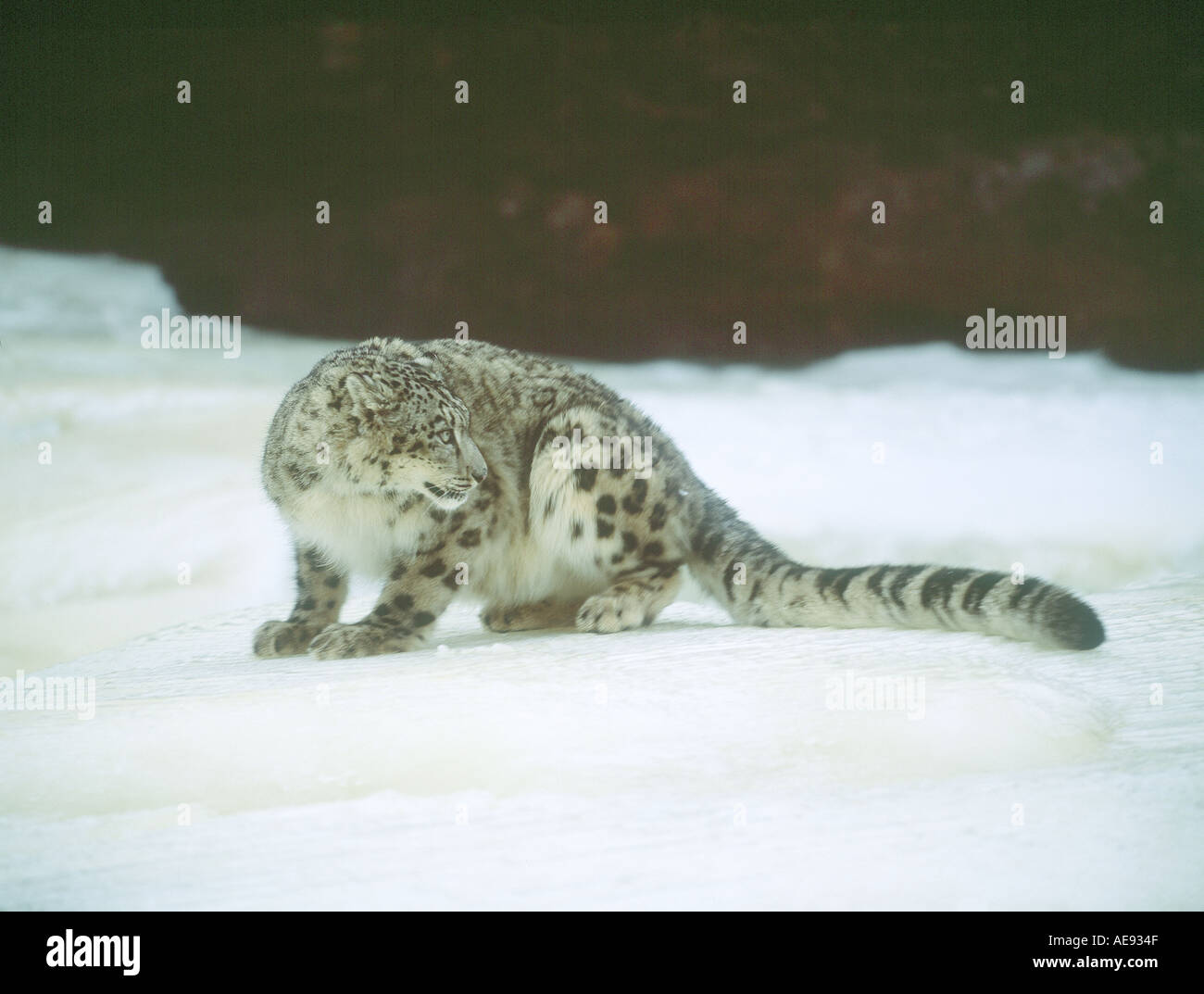 Snow leopard in winter Stock Photohttps://www.alamy.com/image-license-details/?v=1https://www.alamy.com/snow-leopard-in-winter-image955215.html
Snow leopard in winter Stock Photohttps://www.alamy.com/image-license-details/?v=1https://www.alamy.com/snow-leopard-in-winter-image955215.htmlRMAE934F–Snow leopard in winter
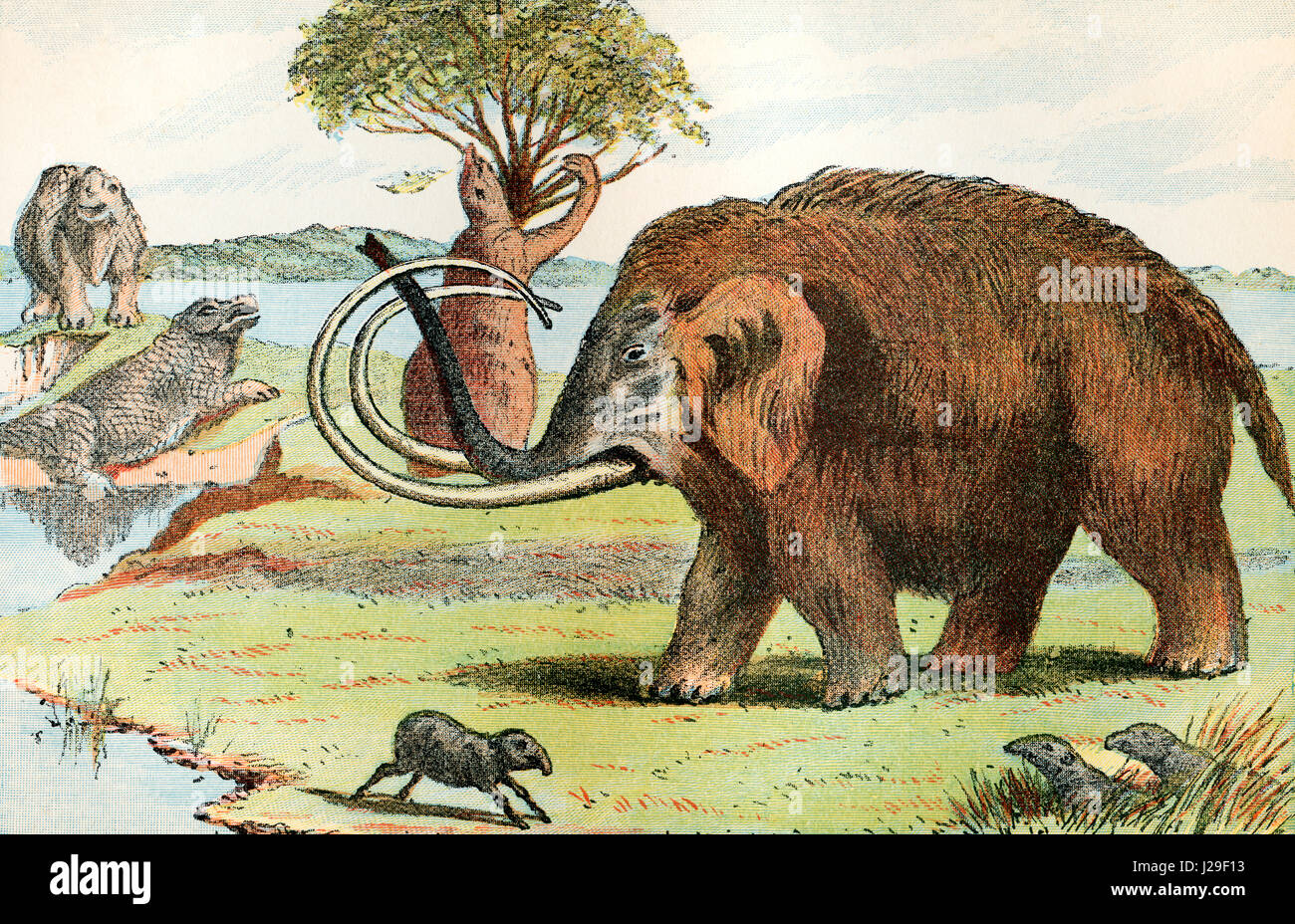 The woolly mammoth (Mammuthus primigenius). A species of mammoth that lived during the Pleistocene epoch. From The World's Foundations or Geology for Beginners, published 1883. Stock Photohttps://www.alamy.com/image-license-details/?v=1https://www.alamy.com/stock-photo-the-woolly-mammoth-mammuthus-primigenius-a-species-of-mammoth-that-139121615.html
The woolly mammoth (Mammuthus primigenius). A species of mammoth that lived during the Pleistocene epoch. From The World's Foundations or Geology for Beginners, published 1883. Stock Photohttps://www.alamy.com/image-license-details/?v=1https://www.alamy.com/stock-photo-the-woolly-mammoth-mammuthus-primigenius-a-species-of-mammoth-that-139121615.htmlRMJ29F13–The woolly mammoth (Mammuthus primigenius). A species of mammoth that lived during the Pleistocene epoch. From The World's Foundations or Geology for Beginners, published 1883.
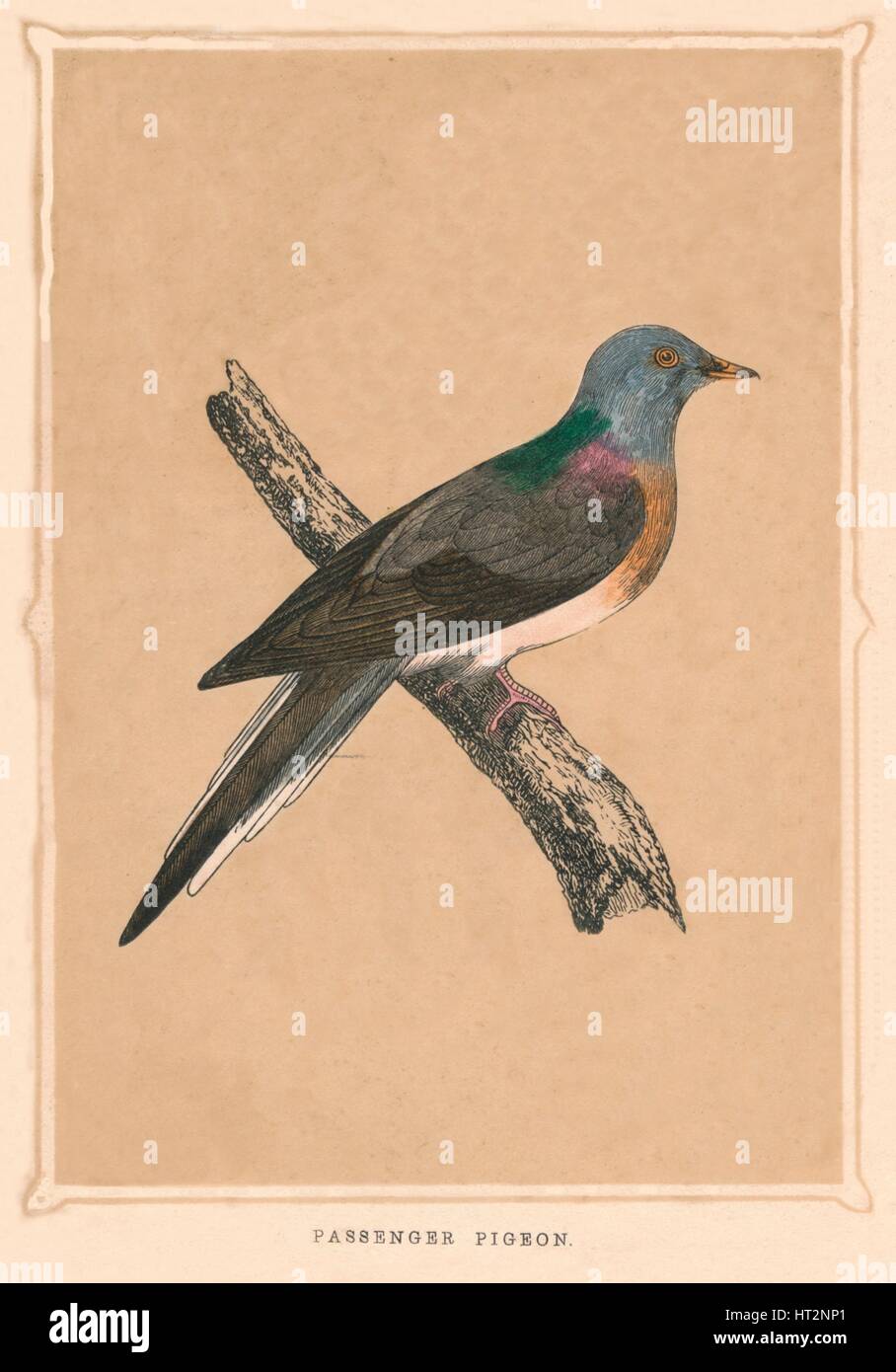 'Passenger Pigeon', (Ectopistes migratorius), extinct species, c1850, (1856). Artist: Unknown. Stock Photohttps://www.alamy.com/image-license-details/?v=1https://www.alamy.com/stock-photo-passenger-pigeon-ectopistes-migratorius-extinct-species-c1850-1856-135285305.html
'Passenger Pigeon', (Ectopistes migratorius), extinct species, c1850, (1856). Artist: Unknown. Stock Photohttps://www.alamy.com/image-license-details/?v=1https://www.alamy.com/stock-photo-passenger-pigeon-ectopistes-migratorius-extinct-species-c1850-1856-135285305.htmlRMHT2NP1–'Passenger Pigeon', (Ectopistes migratorius), extinct species, c1850, (1856). Artist: Unknown.
 Carolina Parakeet Stock Photohttps://www.alamy.com/image-license-details/?v=1https://www.alamy.com/carolina-parakeet-image7822190.html
Carolina Parakeet Stock Photohttps://www.alamy.com/image-license-details/?v=1https://www.alamy.com/carolina-parakeet-image7822190.htmlRMAEHKJF–Carolina Parakeet
 Teleosaurus cadomensis, extinct species of teleosaurid crocodyliform found in the Middle Jurassic. Teleosaurus (Meerkrokodil). Colour printed illustration by F. John from Wilhelm Bolsches Tiere der Urwelt (Animals of the Prehistoric World), Reichardt Cocoa company, Hamburg, 1908. Stock Photohttps://www.alamy.com/image-license-details/?v=1https://www.alamy.com/teleosaurus-cadomensis-extinct-species-of-teleosaurid-crocodyliform-found-in-the-middle-jurassic-teleosaurus-meerkrokodil-colour-printed-illustration-by-f-john-from-wilhelm-bolsches-tiere-der-urwelt-animals-of-the-prehistoric-world-reichardt-cocoa-company-hamburg-1908-image571816736.html
Teleosaurus cadomensis, extinct species of teleosaurid crocodyliform found in the Middle Jurassic. Teleosaurus (Meerkrokodil). Colour printed illustration by F. John from Wilhelm Bolsches Tiere der Urwelt (Animals of the Prehistoric World), Reichardt Cocoa company, Hamburg, 1908. Stock Photohttps://www.alamy.com/image-license-details/?v=1https://www.alamy.com/teleosaurus-cadomensis-extinct-species-of-teleosaurid-crocodyliform-found-in-the-middle-jurassic-teleosaurus-meerkrokodil-colour-printed-illustration-by-f-john-from-wilhelm-bolsches-tiere-der-urwelt-animals-of-the-prehistoric-world-reichardt-cocoa-company-hamburg-1908-image571816736.htmlRM2T68E28–Teleosaurus cadomensis, extinct species of teleosaurid crocodyliform found in the Middle Jurassic. Teleosaurus (Meerkrokodil). Colour printed illustration by F. John from Wilhelm Bolsches Tiere der Urwelt (Animals of the Prehistoric World), Reichardt Cocoa company, Hamburg, 1908.
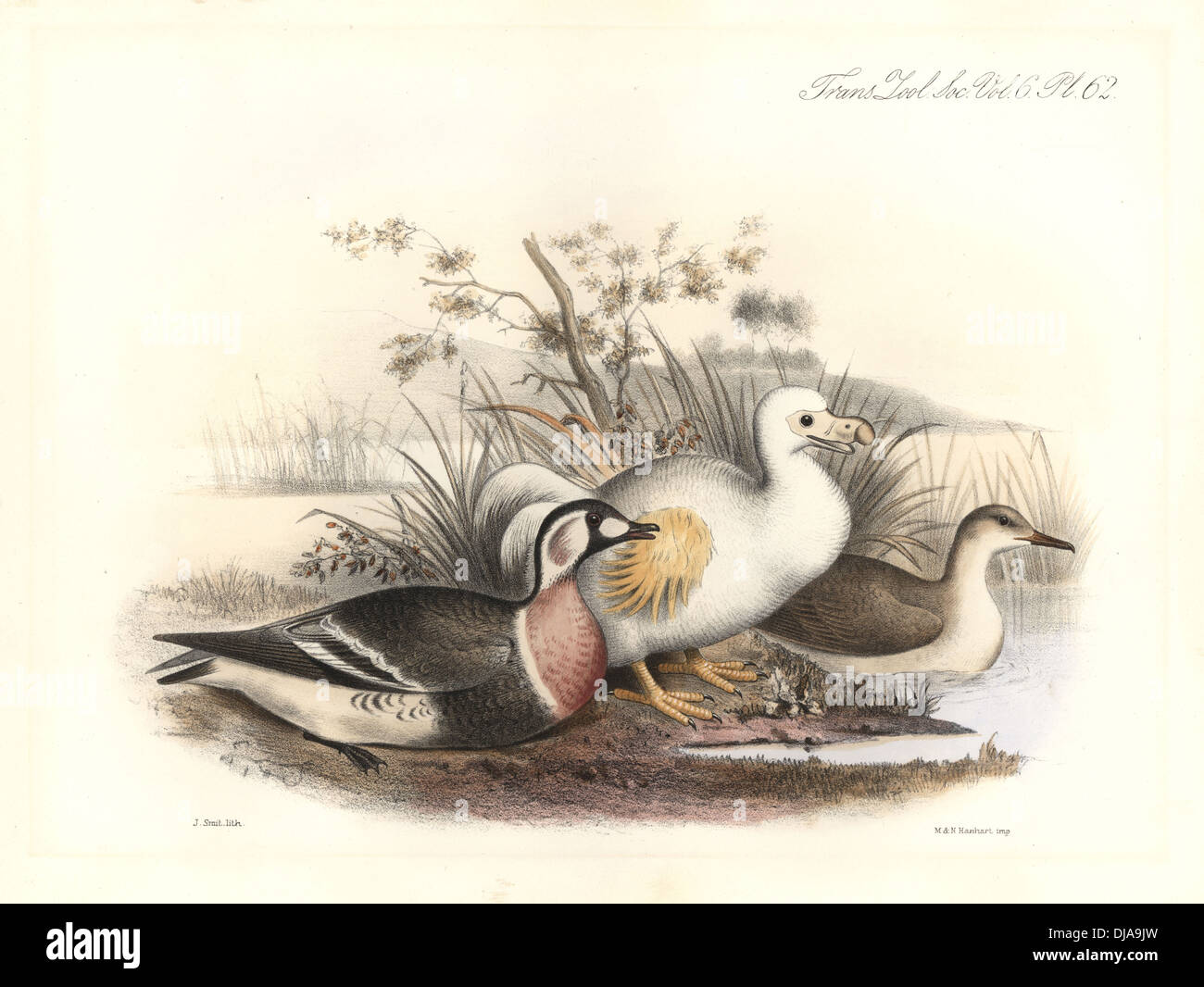 White Reunion dodo, Raphus solitarus (mythical extinct species), and red-breasted goose, Branta ruficollis (endangered). Stock Photohttps://www.alamy.com/image-license-details/?v=1https://www.alamy.com/white-reunion-dodo-raphus-solitarus-mythical-extinct-species-and-red-image62922017.html
White Reunion dodo, Raphus solitarus (mythical extinct species), and red-breasted goose, Branta ruficollis (endangered). Stock Photohttps://www.alamy.com/image-license-details/?v=1https://www.alamy.com/white-reunion-dodo-raphus-solitarus-mythical-extinct-species-and-red-image62922017.htmlRMDJA9JW–White Reunion dodo, Raphus solitarus (mythical extinct species), and red-breasted goose, Branta ruficollis (endangered).
 Depiction of the extinct genus Hyaenodon. Stock Photohttps://www.alamy.com/image-license-details/?v=1https://www.alamy.com/stock-photo-depiction-of-the-extinct-genus-hyaenodon-24899025.html
Depiction of the extinct genus Hyaenodon. Stock Photohttps://www.alamy.com/image-license-details/?v=1https://www.alamy.com/stock-photo-depiction-of-the-extinct-genus-hyaenodon-24899025.htmlRMBCE6XW–Depiction of the extinct genus Hyaenodon.
 Paleontologists and villagers are working on the excavation of fossilized bones of an extinct elephant species scientifically identified as Elephas hysudrindicus, or popularly called 'Blora elephant', in Sunggun, Mendalem, Kradenan, Blora, Central Java, Indonesia. The team of scientists from Vertebrate Research (Geological Agency, Indonesian Ministry of Energy and Mineral Resources) led by paleontologists Iwan Kurniawan and Fachroel Aziz discovered the species' bones almost entirely (around 90 percent complete) that later would allow them to build a scientific reconstruction, which is... Stock Photohttps://www.alamy.com/image-license-details/?v=1https://www.alamy.com/paleontologists-and-villagers-are-working-on-the-excavation-of-fossilized-bones-of-an-extinct-elephant-species-scientifically-identified-as-elephas-hysudrindicus-or-popularly-called-blora-elephant-in-sunggun-mendalem-kradenan-blora-central-java-indonesia-the-team-of-scientists-from-vertebrate-research-geological-agency-indonesian-ministry-of-energy-and-mineral-resources-led-by-paleontologists-iwan-kurniawan-and-fachroel-aziz-discovered-the-species-bones-almost-entirely-around-90-percent-complete-that-later-would-allow-them-to-build-a-scientific-reconstruction-which-is-image540621633.html
Paleontologists and villagers are working on the excavation of fossilized bones of an extinct elephant species scientifically identified as Elephas hysudrindicus, or popularly called 'Blora elephant', in Sunggun, Mendalem, Kradenan, Blora, Central Java, Indonesia. The team of scientists from Vertebrate Research (Geological Agency, Indonesian Ministry of Energy and Mineral Resources) led by paleontologists Iwan Kurniawan and Fachroel Aziz discovered the species' bones almost entirely (around 90 percent complete) that later would allow them to build a scientific reconstruction, which is... Stock Photohttps://www.alamy.com/image-license-details/?v=1https://www.alamy.com/paleontologists-and-villagers-are-working-on-the-excavation-of-fossilized-bones-of-an-extinct-elephant-species-scientifically-identified-as-elephas-hysudrindicus-or-popularly-called-blora-elephant-in-sunggun-mendalem-kradenan-blora-central-java-indonesia-the-team-of-scientists-from-vertebrate-research-geological-agency-indonesian-ministry-of-energy-and-mineral-resources-led-by-paleontologists-iwan-kurniawan-and-fachroel-aziz-discovered-the-species-bones-almost-entirely-around-90-percent-complete-that-later-would-allow-them-to-build-a-scientific-reconstruction-which-is-image540621633.htmlRM2PBFCBD–Paleontologists and villagers are working on the excavation of fossilized bones of an extinct elephant species scientifically identified as Elephas hysudrindicus, or popularly called 'Blora elephant', in Sunggun, Mendalem, Kradenan, Blora, Central Java, Indonesia. The team of scientists from Vertebrate Research (Geological Agency, Indonesian Ministry of Energy and Mineral Resources) led by paleontologists Iwan Kurniawan and Fachroel Aziz discovered the species' bones almost entirely (around 90 percent complete) that later would allow them to build a scientific reconstruction, which is...
 Information sign on extinct species at Salmonier Nature Park on NL 90 in Holyrood, Newfoundland & Labrador, Canada Stock Photohttps://www.alamy.com/image-license-details/?v=1https://www.alamy.com/information-sign-on-extinct-species-at-salmonier-nature-park-on-nl-90-in-holyrood-newfoundland-labrador-canada-image622989429.html
Information sign on extinct species at Salmonier Nature Park on NL 90 in Holyrood, Newfoundland & Labrador, Canada Stock Photohttps://www.alamy.com/image-license-details/?v=1https://www.alamy.com/information-sign-on-extinct-species-at-salmonier-nature-park-on-nl-90-in-holyrood-newfoundland-labrador-canada-image622989429.htmlRF2Y5FHAD–Information sign on extinct species at Salmonier Nature Park on NL 90 in Holyrood, Newfoundland & Labrador, Canada
 The Rodrigues rail (Erythromachus leguati), also known as Leguat's gelinote or Leguat's rail, is an extinct species of the rail family that was endemic to the Mascarene island of Rodrigues, east of Madagascar in the Indian Ocean. by Frederick William Frohawk from ' Extinct birds ' : an attempt to unite in one volume a short account of those birds which have become extinct in historical times : that is, within the last six or seven hundred years : to which are added a few which still exist, but are on the verge of extinction. by Baron, Lionel Walter Rothschild, 1868-1937 Published 1907 as a lim Stock Photohttps://www.alamy.com/image-license-details/?v=1https://www.alamy.com/the-rodrigues-rail-erythromachus-leguati-also-known-as-leguats-gelinote-or-leguats-rail-is-an-extinct-species-of-the-rail-family-that-was-endemic-to-the-mascarene-island-of-rodrigues-east-of-madagascar-in-the-indian-ocean-by-frederick-william-frohawk-from-extinct-birds-an-attempt-to-unite-in-one-volume-a-short-account-of-those-birds-which-have-become-extinct-in-historical-times-that-is-within-the-last-six-or-seven-hundred-years-to-which-are-added-a-few-which-still-exist-but-are-on-the-verge-of-extinction-by-baron-lionel-walter-rothschild-1868-1937-published-1907-as-a-lim-image458396818.html
The Rodrigues rail (Erythromachus leguati), also known as Leguat's gelinote or Leguat's rail, is an extinct species of the rail family that was endemic to the Mascarene island of Rodrigues, east of Madagascar in the Indian Ocean. by Frederick William Frohawk from ' Extinct birds ' : an attempt to unite in one volume a short account of those birds which have become extinct in historical times : that is, within the last six or seven hundred years : to which are added a few which still exist, but are on the verge of extinction. by Baron, Lionel Walter Rothschild, 1868-1937 Published 1907 as a lim Stock Photohttps://www.alamy.com/image-license-details/?v=1https://www.alamy.com/the-rodrigues-rail-erythromachus-leguati-also-known-as-leguats-gelinote-or-leguats-rail-is-an-extinct-species-of-the-rail-family-that-was-endemic-to-the-mascarene-island-of-rodrigues-east-of-madagascar-in-the-indian-ocean-by-frederick-william-frohawk-from-extinct-birds-an-attempt-to-unite-in-one-volume-a-short-account-of-those-birds-which-have-become-extinct-in-historical-times-that-is-within-the-last-six-or-seven-hundred-years-to-which-are-added-a-few-which-still-exist-but-are-on-the-verge-of-extinction-by-baron-lionel-walter-rothschild-1868-1937-published-1907-as-a-lim-image458396818.htmlRF2HHNNPX–The Rodrigues rail (Erythromachus leguati), also known as Leguat's gelinote or Leguat's rail, is an extinct species of the rail family that was endemic to the Mascarene island of Rodrigues, east of Madagascar in the Indian Ocean. by Frederick William Frohawk from ' Extinct birds ' : an attempt to unite in one volume a short account of those birds which have become extinct in historical times : that is, within the last six or seven hundred years : to which are added a few which still exist, but are on the verge of extinction. by Baron, Lionel Walter Rothschild, 1868-1937 Published 1907 as a lim
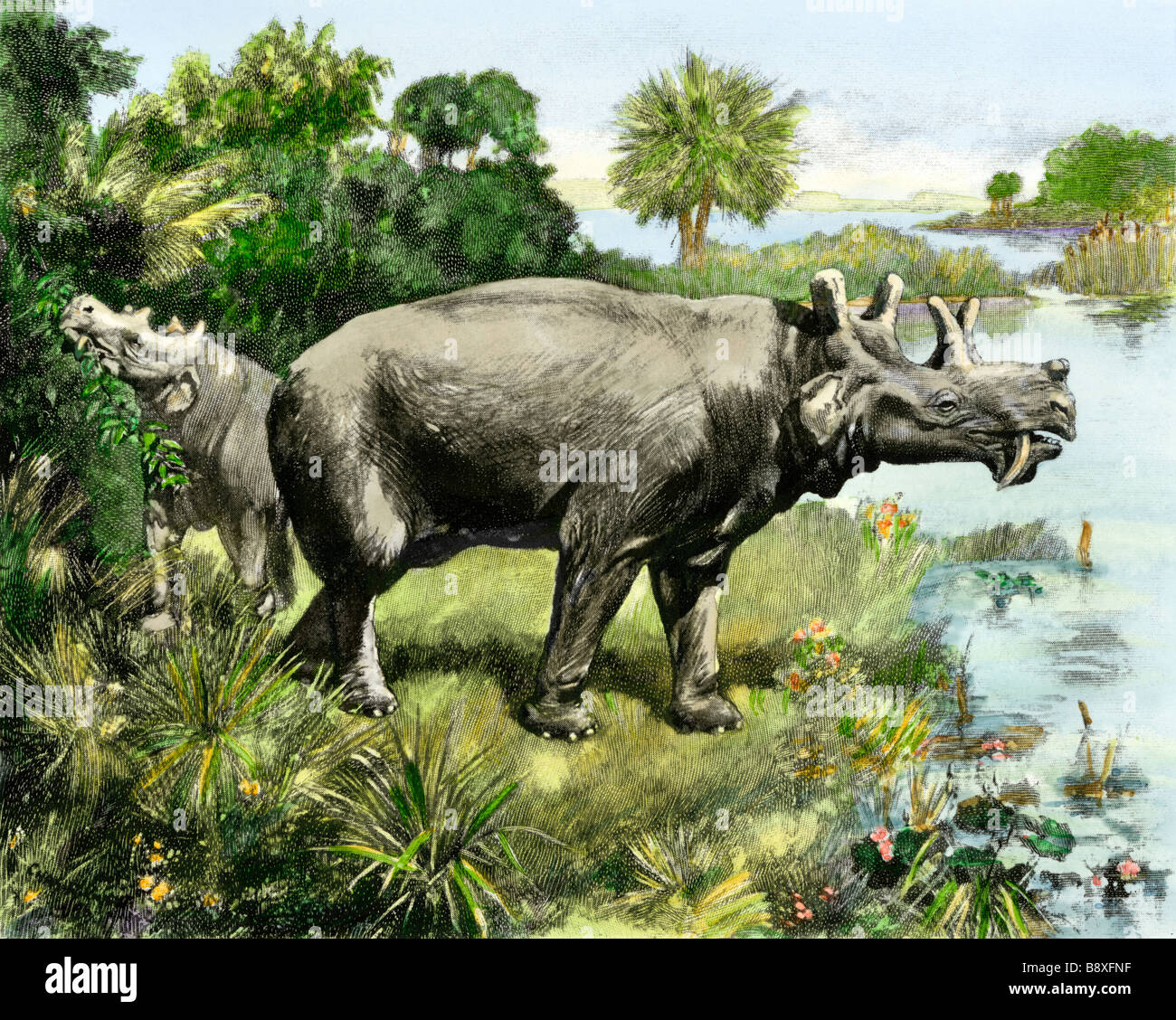 Uintathere, an extinct species of rhinoceros ancient Wyoming and Utah. Hand-colored halftone of a Charles Knight illustration Stock Photohttps://www.alamy.com/image-license-details/?v=1https://www.alamy.com/stock-photo-uintathere-an-extinct-species-of-rhinoceros-ancient-wyoming-and-utah-22710731.html
Uintathere, an extinct species of rhinoceros ancient Wyoming and Utah. Hand-colored halftone of a Charles Knight illustration Stock Photohttps://www.alamy.com/image-license-details/?v=1https://www.alamy.com/stock-photo-uintathere-an-extinct-species-of-rhinoceros-ancient-wyoming-and-utah-22710731.htmlRMB8XFNF–Uintathere, an extinct species of rhinoceros ancient Wyoming and Utah. Hand-colored halftone of a Charles Knight illustration
 Diatryma (Diatryma, Gastornis), extinct species of large flightless bird Stock Photohttps://www.alamy.com/image-license-details/?v=1https://www.alamy.com/stock-photo-diatryma-diatryma-gastornis-extinct-species-of-large-flightless-bird-76151776.html
Diatryma (Diatryma, Gastornis), extinct species of large flightless bird Stock Photohttps://www.alamy.com/image-license-details/?v=1https://www.alamy.com/stock-photo-diatryma-diatryma-gastornis-extinct-species-of-large-flightless-bird-76151776.htmlRMEBW0A8–Diatryma (Diatryma, Gastornis), extinct species of large flightless bird
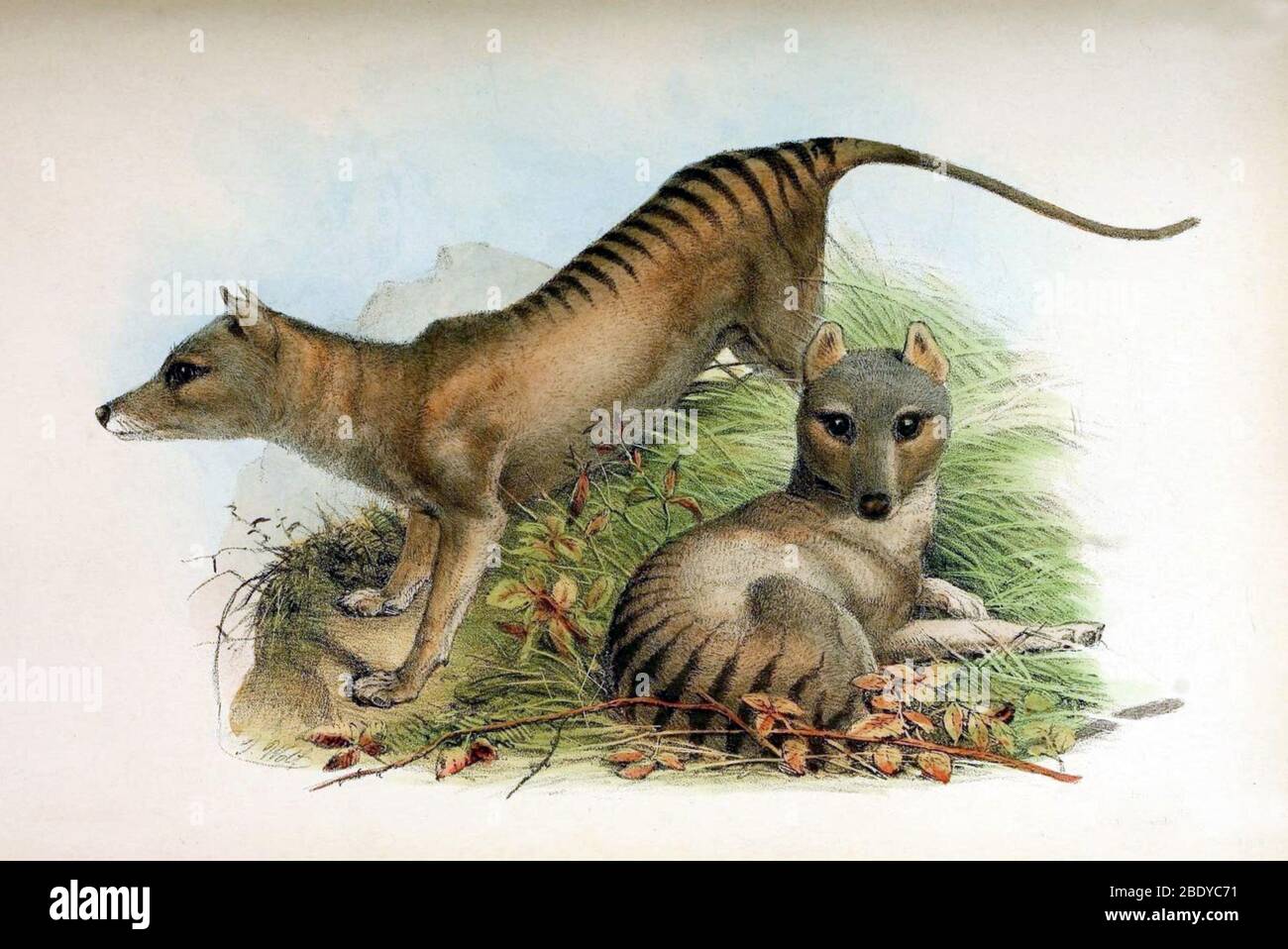 Tasmanian Tiger, Extinct Species Stock Photohttps://www.alamy.com/image-license-details/?v=1https://www.alamy.com/tasmanian-tiger-extinct-species-image352800197.html
Tasmanian Tiger, Extinct Species Stock Photohttps://www.alamy.com/image-license-details/?v=1https://www.alamy.com/tasmanian-tiger-extinct-species-image352800197.htmlRM2BDYC71–Tasmanian Tiger, Extinct Species
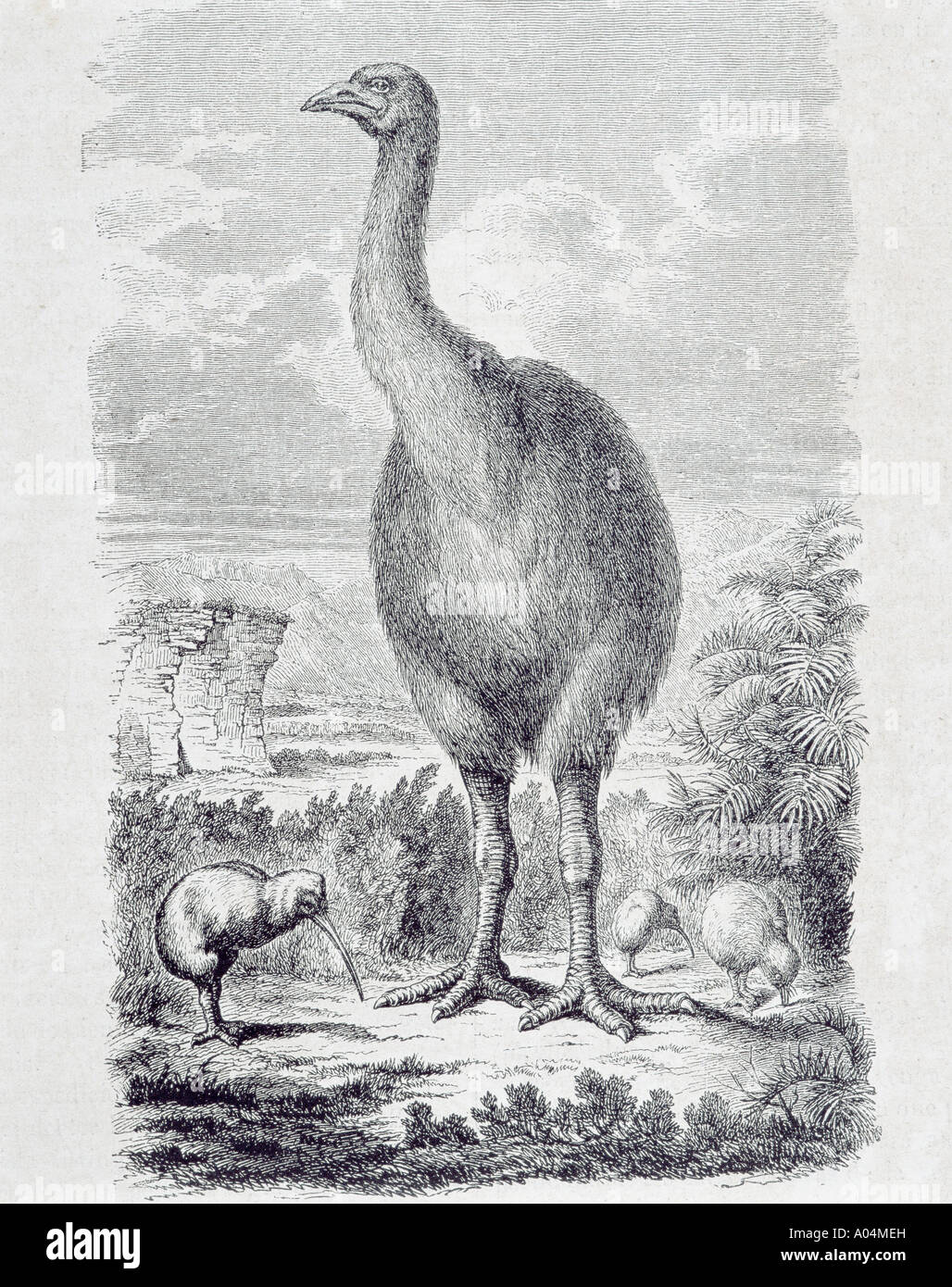 Kiwis the national emblem of New Zealand and the extinct Moa, from a 19th century print. Stock Photohttps://www.alamy.com/image-license-details/?v=1https://www.alamy.com/kiwis-the-national-emblem-of-new-zealand-and-the-extinct-moa-from-image9879016.html
Kiwis the national emblem of New Zealand and the extinct Moa, from a 19th century print. Stock Photohttps://www.alamy.com/image-license-details/?v=1https://www.alamy.com/kiwis-the-national-emblem-of-new-zealand-and-the-extinct-moa-from-image9879016.htmlRMA04MEH–Kiwis the national emblem of New Zealand and the extinct Moa, from a 19th century print.
 Skull of a homo heidelbergensis, an extinct species or subspecies of archaic humans in the genus Homo, which radiated in the Middle Pleistocene Stock Photohttps://www.alamy.com/image-license-details/?v=1https://www.alamy.com/skull-of-a-homo-heidelbergensis-an-extinct-species-or-subspecies-of-archaic-humans-in-the-genus-homo-which-radiated-in-the-middle-pleistocene-image377032171.html
Skull of a homo heidelbergensis, an extinct species or subspecies of archaic humans in the genus Homo, which radiated in the Middle Pleistocene Stock Photohttps://www.alamy.com/image-license-details/?v=1https://www.alamy.com/skull-of-a-homo-heidelbergensis-an-extinct-species-or-subspecies-of-archaic-humans-in-the-genus-homo-which-radiated-in-the-middle-pleistocene-image377032171.htmlRM2CWB8AK–Skull of a homo heidelbergensis, an extinct species or subspecies of archaic humans in the genus Homo, which radiated in the Middle Pleistocene
 red rail, Aphanapteryx bonasia, is an extinct species, illustration from 1880 / Mauritius-Ralle, Aphanapteryx bonasia, ausgestorben, Illustration aus 1880, Historisch, historical, digital improved reproduction of an original from the 19th century / digitale Reproduktion einer Originalvorlage aus dem 19. Jahrhundert, Stock Photohttps://www.alamy.com/image-license-details/?v=1https://www.alamy.com/red-rail-aphanapteryx-bonasia-is-an-extinct-species-illustration-from-1880-mauritius-ralle-aphanapteryx-bonasia-ausgestorben-illustration-aus-1880-historisch-historical-digital-improved-reproduction-of-an-original-from-the-19th-century-digitale-reproduktion-einer-originalvorlage-aus-dem-19-jahrhundert-image389918457.html
red rail, Aphanapteryx bonasia, is an extinct species, illustration from 1880 / Mauritius-Ralle, Aphanapteryx bonasia, ausgestorben, Illustration aus 1880, Historisch, historical, digital improved reproduction of an original from the 19th century / digitale Reproduktion einer Originalvorlage aus dem 19. Jahrhundert, Stock Photohttps://www.alamy.com/image-license-details/?v=1https://www.alamy.com/red-rail-aphanapteryx-bonasia-is-an-extinct-species-illustration-from-1880-mauritius-ralle-aphanapteryx-bonasia-ausgestorben-illustration-aus-1880-historisch-historical-digital-improved-reproduction-of-an-original-from-the-19th-century-digitale-reproduktion-einer-originalvorlage-aus-dem-19-jahrhundert-image389918457.htmlRF2DJA8Y5–red rail, Aphanapteryx bonasia, is an extinct species, illustration from 1880 / Mauritius-Ralle, Aphanapteryx bonasia, ausgestorben, Illustration aus 1880, Historisch, historical, digital improved reproduction of an original from the 19th century / digitale Reproduktion einer Originalvorlage aus dem 19. Jahrhundert,
 Steller's Sea Cow (Hydrodamalis gigas) extinct species, skeleton in museum, Nikolskoye, Bering Island, Commander Islands, Stock Photohttps://www.alamy.com/image-license-details/?v=1https://www.alamy.com/stock-photo-stellers-sea-cow-hydrodamalis-gigas-extinct-species-skeleton-in-museum-50274636.html
Steller's Sea Cow (Hydrodamalis gigas) extinct species, skeleton in museum, Nikolskoye, Bering Island, Commander Islands, Stock Photohttps://www.alamy.com/image-license-details/?v=1https://www.alamy.com/stock-photo-stellers-sea-cow-hydrodamalis-gigas-extinct-species-skeleton-in-museum-50274636.htmlRMCWP5PM–Steller's Sea Cow (Hydrodamalis gigas) extinct species, skeleton in museum, Nikolskoye, Bering Island, Commander Islands,
 Gryphaea arcuata, Print, Gryphaea arcuata is an extinct species of foam oyster, a bivalve mollusc in the family Gryphaeidae from the Early Jurassic of Europe Stock Photohttps://www.alamy.com/image-license-details/?v=1https://www.alamy.com/gryphaea-arcuata-print-gryphaea-arcuata-is-an-extinct-species-of-foam-oyster-a-bivalve-mollusc-in-the-family-gryphaeidae-from-the-early-jurassic-of-europe-image328683008.html
Gryphaea arcuata, Print, Gryphaea arcuata is an extinct species of foam oyster, a bivalve mollusc in the family Gryphaeidae from the Early Jurassic of Europe Stock Photohttps://www.alamy.com/image-license-details/?v=1https://www.alamy.com/gryphaea-arcuata-print-gryphaea-arcuata-is-an-extinct-species-of-foam-oyster-a-bivalve-mollusc-in-the-family-gryphaeidae-from-the-early-jurassic-of-europe-image328683008.htmlRM2A2MPET–Gryphaea arcuata, Print, Gryphaea arcuata is an extinct species of foam oyster, a bivalve mollusc in the family Gryphaeidae from the Early Jurassic of Europe
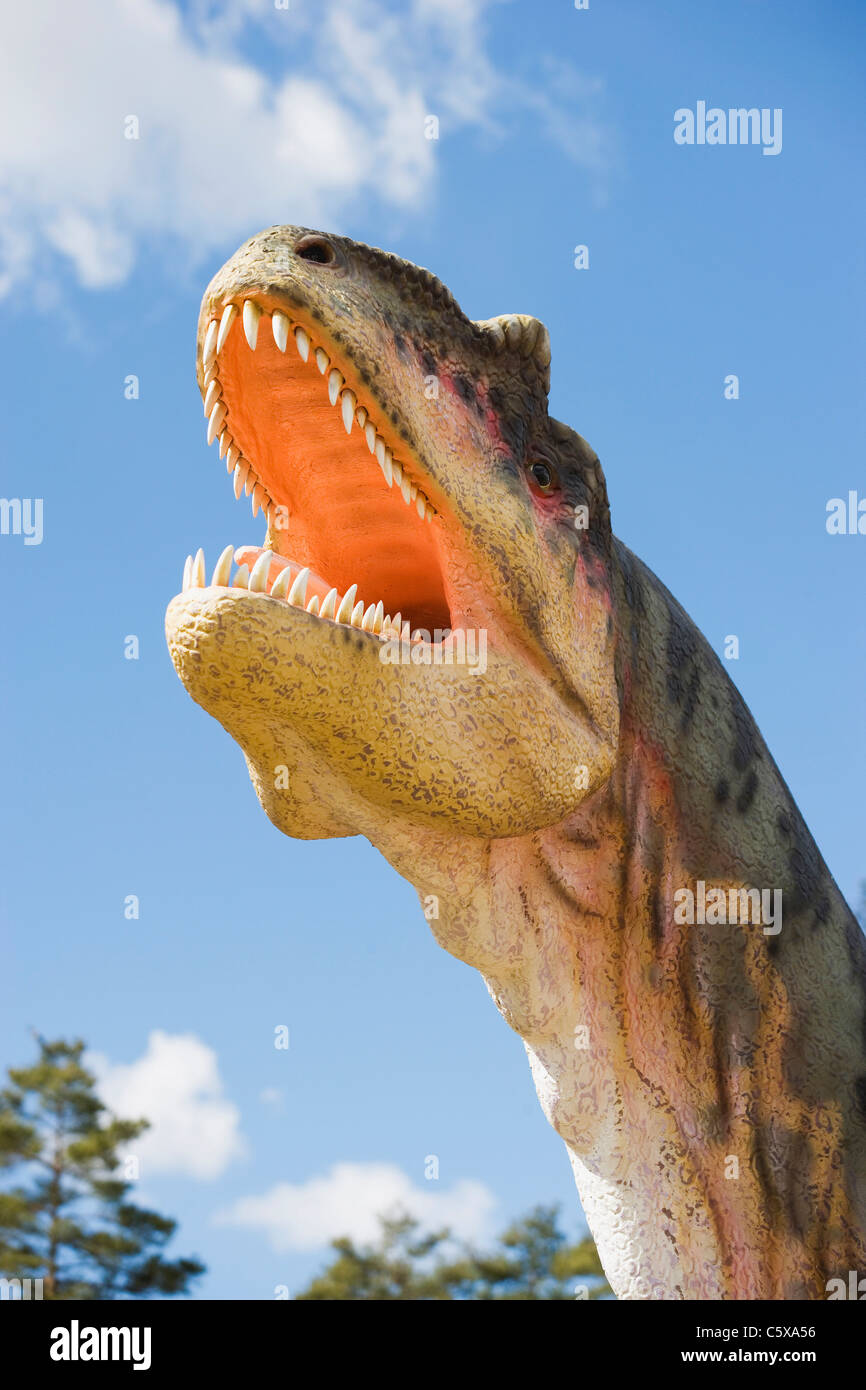 Tyrannosaurus Rex, Extinct species, Model, close up Stock Photohttps://www.alamy.com/image-license-details/?v=1https://www.alamy.com/stock-photo-tyrannosaurus-rex-extinct-species-model-close-up-38072754.html
Tyrannosaurus Rex, Extinct species, Model, close up Stock Photohttps://www.alamy.com/image-license-details/?v=1https://www.alamy.com/stock-photo-tyrannosaurus-rex-extinct-species-model-close-up-38072754.htmlRFC5XA56–Tyrannosaurus Rex, Extinct species, Model, close up
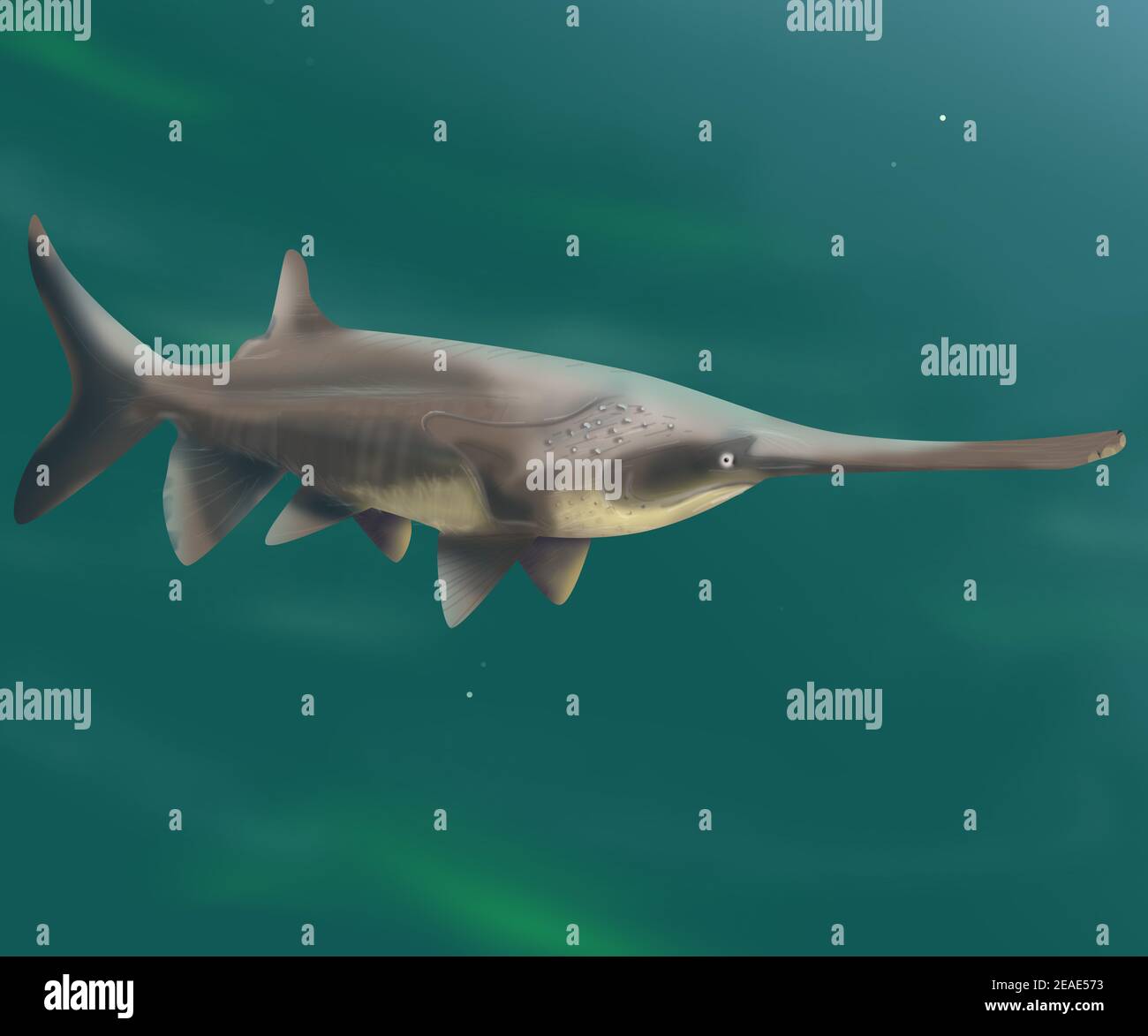 Chinese paddlefish with realistic details. Extinct species of fish also known as Chinese swordfish. Psephurus gladius. Stock Photohttps://www.alamy.com/image-license-details/?v=1https://www.alamy.com/chinese-paddlefish-with-realistic-details-extinct-species-of-fish-also-known-as-chinese-swordfish-psephurus-gladius-image402296471.html
Chinese paddlefish with realistic details. Extinct species of fish also known as Chinese swordfish. Psephurus gladius. Stock Photohttps://www.alamy.com/image-license-details/?v=1https://www.alamy.com/chinese-paddlefish-with-realistic-details-extinct-species-of-fish-also-known-as-chinese-swordfish-psephurus-gladius-image402296471.htmlRF2EAE573–Chinese paddlefish with realistic details. Extinct species of fish also known as Chinese swordfish. Psephurus gladius.
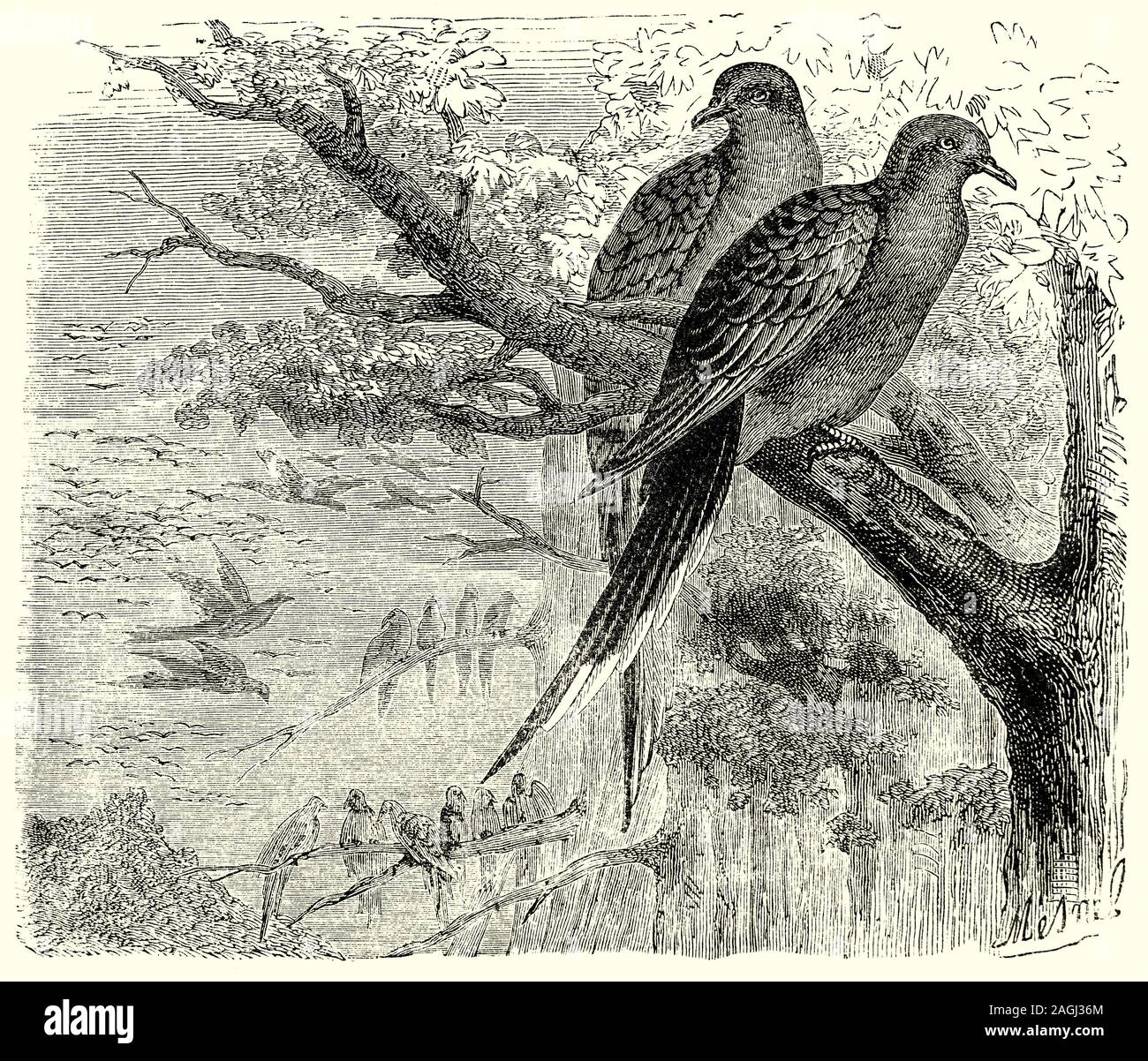 Ornithology: Breeding and Nests: The passenger pigeon (Ectopistes migratorius) was endemic to North America. Its name is derived from the migratory habits of the species, mostly connected with finding places appropriate for this communally breeding bird to nest and raise its young. The colonies, which were known as 'cities', were immense, upto thousands of hectares in size. The main reasons for the extinction of the passenger pigeon were the massive scale of hunting, the rapid loss of habitat, and the extremely social lifestyle of the bird, which made it highly vulnerable. Stock Photohttps://www.alamy.com/image-license-details/?v=1https://www.alamy.com/ornithology-breeding-and-nests-the-passenger-pigeon-ectopistes-migratorius-was-endemic-to-north-america-its-name-is-derived-from-the-migratory-habits-of-the-species-mostly-connected-with-finding-places-appropriate-for-this-communally-breeding-bird-to-nest-and-raise-its-young-the-colonies-which-were-known-as-cities-were-immense-upto-thousands-of-hectares-in-size-the-main-reasons-for-the-extinction-of-the-passenger-pigeon-were-the-massive-scale-of-hunting-the-rapid-loss-of-habitat-and-the-extremely-social-lifestyle-of-the-bird-which-made-it-highly-vulnerable-image337229164.html
Ornithology: Breeding and Nests: The passenger pigeon (Ectopistes migratorius) was endemic to North America. Its name is derived from the migratory habits of the species, mostly connected with finding places appropriate for this communally breeding bird to nest and raise its young. The colonies, which were known as 'cities', were immense, upto thousands of hectares in size. The main reasons for the extinction of the passenger pigeon were the massive scale of hunting, the rapid loss of habitat, and the extremely social lifestyle of the bird, which made it highly vulnerable. Stock Photohttps://www.alamy.com/image-license-details/?v=1https://www.alamy.com/ornithology-breeding-and-nests-the-passenger-pigeon-ectopistes-migratorius-was-endemic-to-north-america-its-name-is-derived-from-the-migratory-habits-of-the-species-mostly-connected-with-finding-places-appropriate-for-this-communally-breeding-bird-to-nest-and-raise-its-young-the-colonies-which-were-known-as-cities-were-immense-upto-thousands-of-hectares-in-size-the-main-reasons-for-the-extinction-of-the-passenger-pigeon-were-the-massive-scale-of-hunting-the-rapid-loss-of-habitat-and-the-extremely-social-lifestyle-of-the-bird-which-made-it-highly-vulnerable-image337229164.htmlRM2AGJ36M–Ornithology: Breeding and Nests: The passenger pigeon (Ectopistes migratorius) was endemic to North America. Its name is derived from the migratory habits of the species, mostly connected with finding places appropriate for this communally breeding bird to nest and raise its young. The colonies, which were known as 'cities', were immense, upto thousands of hectares in size. The main reasons for the extinction of the passenger pigeon were the massive scale of hunting, the rapid loss of habitat, and the extremely social lifestyle of the bird, which made it highly vulnerable.
 Butterfly splitfin, Ameca splendens, extinct in wild, captive Stock Photohttps://www.alamy.com/image-license-details/?v=1https://www.alamy.com/stock-photo-butterfly-splitfin-ameca-splendens-extinct-in-wild-captive-29528658.html
Butterfly splitfin, Ameca splendens, extinct in wild, captive Stock Photohttps://www.alamy.com/image-license-details/?v=1https://www.alamy.com/stock-photo-butterfly-splitfin-ameca-splendens-extinct-in-wild-captive-29528658.htmlRMBM142X–Butterfly splitfin, Ameca splendens, extinct in wild, captive
 The first captive bred Aye aye in the uk Kintana at Bristol Zoo Gardens The mammal is native to Madagascar and was once thought Stock Photohttps://www.alamy.com/image-license-details/?v=1https://www.alamy.com/the-first-captive-bred-aye-aye-in-the-uk-kintana-at-bristol-zoo-gardens-image4164848.html
The first captive bred Aye aye in the uk Kintana at Bristol Zoo Gardens The mammal is native to Madagascar and was once thought Stock Photohttps://www.alamy.com/image-license-details/?v=1https://www.alamy.com/the-first-captive-bred-aye-aye-in-the-uk-kintana-at-bristol-zoo-gardens-image4164848.htmlRMAB2MF1–The first captive bred Aye aye in the uk Kintana at Bristol Zoo Gardens The mammal is native to Madagascar and was once thought
 Brontosaurus excelsus, extinct species of gigantic quadruped sauropod dinosaur of the Late Jurassic. Brontosaurus excelsus Marsh. Colour printed illustration by F. John from Wilhelm Bolsches Tiere der Urwelt (Animals of the Prehistoric World), Reichardt Cocoa company, Hamburg, 1908. Stock Photohttps://www.alamy.com/image-license-details/?v=1https://www.alamy.com/brontosaurus-excelsus-extinct-species-of-gigantic-quadruped-sauropod-dinosaur-of-the-late-jurassic-brontosaurus-excelsus-marsh-colour-printed-illustration-by-f-john-from-wilhelm-bolsches-tiere-der-urwelt-animals-of-the-prehistoric-world-reichardt-cocoa-company-hamburg-1908-image571907949.html
Brontosaurus excelsus, extinct species of gigantic quadruped sauropod dinosaur of the Late Jurassic. Brontosaurus excelsus Marsh. Colour printed illustration by F. John from Wilhelm Bolsches Tiere der Urwelt (Animals of the Prehistoric World), Reichardt Cocoa company, Hamburg, 1908. Stock Photohttps://www.alamy.com/image-license-details/?v=1https://www.alamy.com/brontosaurus-excelsus-extinct-species-of-gigantic-quadruped-sauropod-dinosaur-of-the-late-jurassic-brontosaurus-excelsus-marsh-colour-printed-illustration-by-f-john-from-wilhelm-bolsches-tiere-der-urwelt-animals-of-the-prehistoric-world-reichardt-cocoa-company-hamburg-1908-image571907949.htmlRM2T6CJBW–Brontosaurus excelsus, extinct species of gigantic quadruped sauropod dinosaur of the Late Jurassic. Brontosaurus excelsus Marsh. Colour printed illustration by F. John from Wilhelm Bolsches Tiere der Urwelt (Animals of the Prehistoric World), Reichardt Cocoa company, Hamburg, 1908.
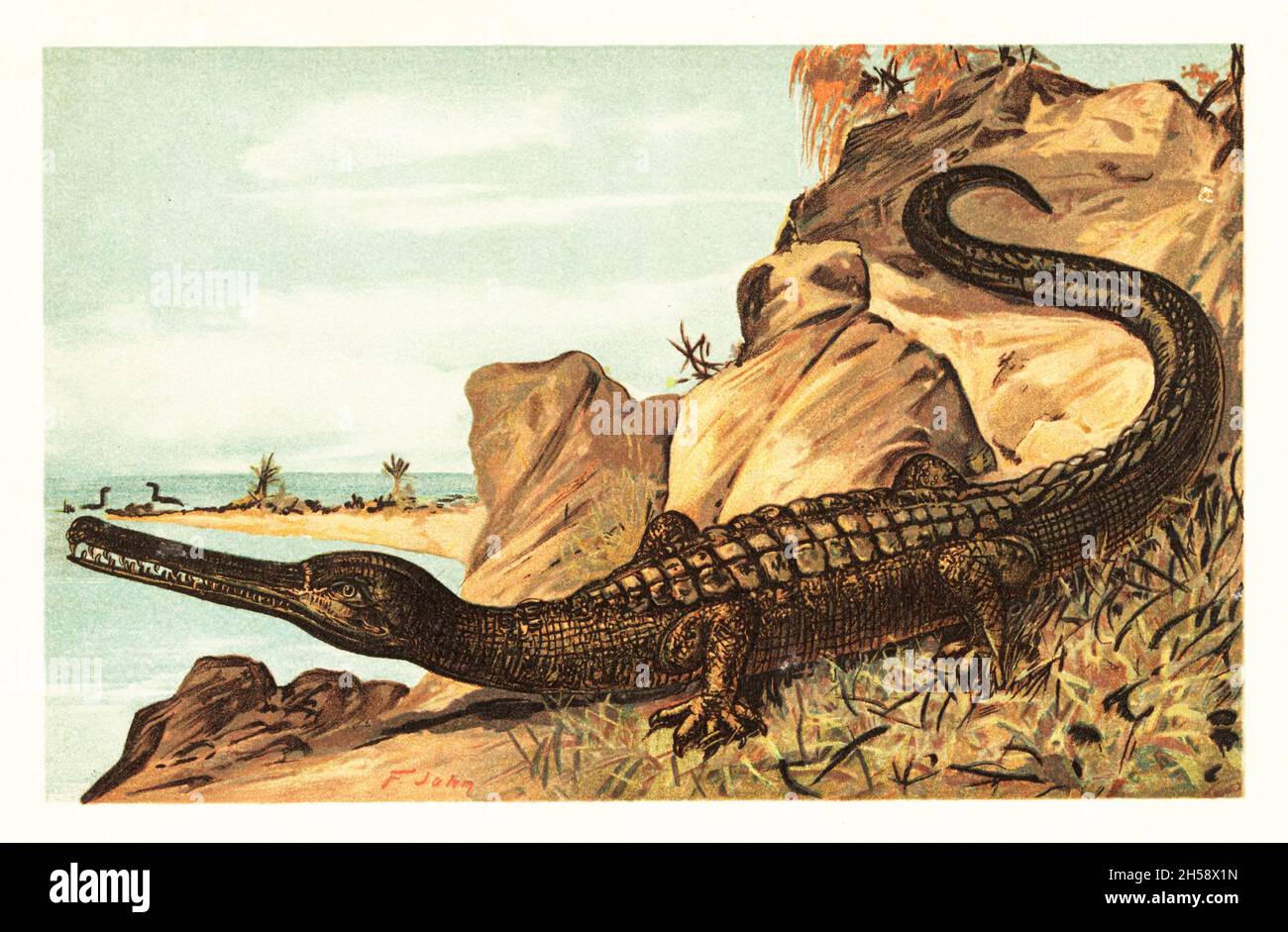 Teleosaurus cadomensis, extinct species of teleosaurid crocodyliform found in the Middle Jurassic. Teleosaurus (Meerkrokodil). Colour printed illustration by F. John from Wilhelm Bolsche’s Tiere der Urwelt (Animals of the Prehistoric World), Reichardt Cocoa company, Hamburg, 1908. Stock Photohttps://www.alamy.com/image-license-details/?v=1https://www.alamy.com/teleosaurus-cadomensis-extinct-species-of-teleosaurid-crocodyliform-found-in-the-middle-jurassic-teleosaurus-meerkrokodil-colour-printed-illustration-by-f-john-from-wilhelm-bolsches-tiere-der-urwelt-animals-of-the-prehistoric-world-reichardt-cocoa-company-hamburg-1908-image450738897.html
Teleosaurus cadomensis, extinct species of teleosaurid crocodyliform found in the Middle Jurassic. Teleosaurus (Meerkrokodil). Colour printed illustration by F. John from Wilhelm Bolsche’s Tiere der Urwelt (Animals of the Prehistoric World), Reichardt Cocoa company, Hamburg, 1908. Stock Photohttps://www.alamy.com/image-license-details/?v=1https://www.alamy.com/teleosaurus-cadomensis-extinct-species-of-teleosaurid-crocodyliform-found-in-the-middle-jurassic-teleosaurus-meerkrokodil-colour-printed-illustration-by-f-john-from-wilhelm-bolsches-tiere-der-urwelt-animals-of-the-prehistoric-world-reichardt-cocoa-company-hamburg-1908-image450738897.htmlRM2H58X1N–Teleosaurus cadomensis, extinct species of teleosaurid crocodyliform found in the Middle Jurassic. Teleosaurus (Meerkrokodil). Colour printed illustration by F. John from Wilhelm Bolsche’s Tiere der Urwelt (Animals of the Prehistoric World), Reichardt Cocoa company, Hamburg, 1908.
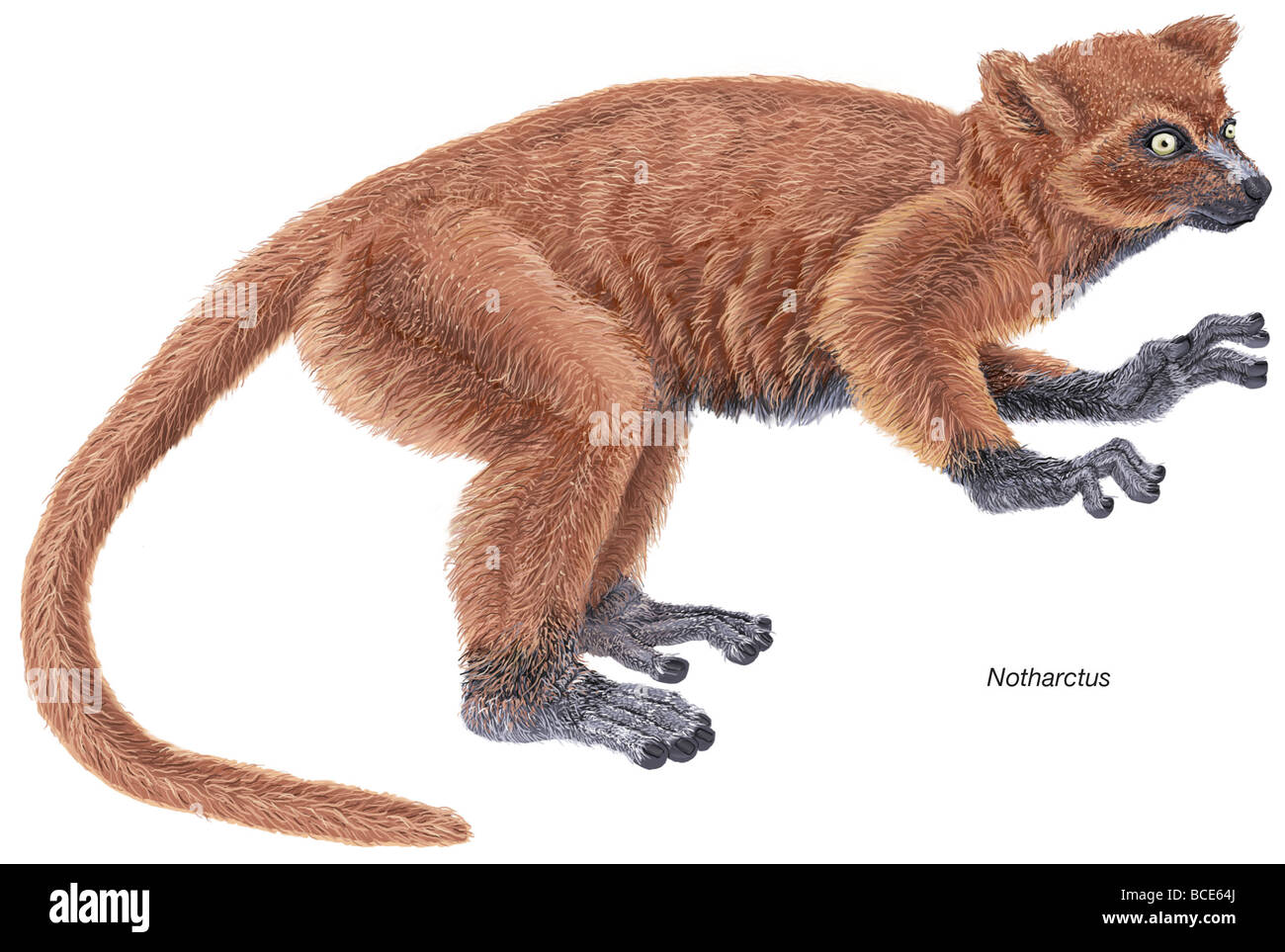 Notharctus, an extinct genus of small primates from the Eocene Epoch that shares many similarities with modern lemurs. Stock Photohttps://www.alamy.com/image-license-details/?v=1https://www.alamy.com/stock-photo-notharctus-an-extinct-genus-of-small-primates-from-the-eocene-epoch-24898402.html
Notharctus, an extinct genus of small primates from the Eocene Epoch that shares many similarities with modern lemurs. Stock Photohttps://www.alamy.com/image-license-details/?v=1https://www.alamy.com/stock-photo-notharctus-an-extinct-genus-of-small-primates-from-the-eocene-epoch-24898402.htmlRMBCE64J–Notharctus, an extinct genus of small primates from the Eocene Epoch that shares many similarities with modern lemurs.
 Paleontologists and villagers are working on the excavation of fossilized bones of an extinct elephant species scientifically identified as Elephas hysudrindicus, or popularly called 'Blora elephant', in Sunggun, Mendalem, Kradenan, Blora, Central Java, Indonesia. The team of scientists from Vertebrate Research (Geological Agency, Indonesian Ministry of Energy and Mineral Resources) led by paleontologists Iwan Kurniawan and Fachroel Aziz discovered the species' bones almost entirely (around 90 percent complete) that later would allow them to build a scientific reconstruction, which is... Stock Photohttps://www.alamy.com/image-license-details/?v=1https://www.alamy.com/paleontologists-and-villagers-are-working-on-the-excavation-of-fossilized-bones-of-an-extinct-elephant-species-scientifically-identified-as-elephas-hysudrindicus-or-popularly-called-blora-elephant-in-sunggun-mendalem-kradenan-blora-central-java-indonesia-the-team-of-scientists-from-vertebrate-research-geological-agency-indonesian-ministry-of-energy-and-mineral-resources-led-by-paleontologists-iwan-kurniawan-and-fachroel-aziz-discovered-the-species-bones-almost-entirely-around-90-percent-complete-that-later-would-allow-them-to-build-a-scientific-reconstruction-which-is-image540621043.html
Paleontologists and villagers are working on the excavation of fossilized bones of an extinct elephant species scientifically identified as Elephas hysudrindicus, or popularly called 'Blora elephant', in Sunggun, Mendalem, Kradenan, Blora, Central Java, Indonesia. The team of scientists from Vertebrate Research (Geological Agency, Indonesian Ministry of Energy and Mineral Resources) led by paleontologists Iwan Kurniawan and Fachroel Aziz discovered the species' bones almost entirely (around 90 percent complete) that later would allow them to build a scientific reconstruction, which is... Stock Photohttps://www.alamy.com/image-license-details/?v=1https://www.alamy.com/paleontologists-and-villagers-are-working-on-the-excavation-of-fossilized-bones-of-an-extinct-elephant-species-scientifically-identified-as-elephas-hysudrindicus-or-popularly-called-blora-elephant-in-sunggun-mendalem-kradenan-blora-central-java-indonesia-the-team-of-scientists-from-vertebrate-research-geological-agency-indonesian-ministry-of-energy-and-mineral-resources-led-by-paleontologists-iwan-kurniawan-and-fachroel-aziz-discovered-the-species-bones-almost-entirely-around-90-percent-complete-that-later-would-allow-them-to-build-a-scientific-reconstruction-which-is-image540621043.htmlRM2PBFBJB–Paleontologists and villagers are working on the excavation of fossilized bones of an extinct elephant species scientifically identified as Elephas hysudrindicus, or popularly called 'Blora elephant', in Sunggun, Mendalem, Kradenan, Blora, Central Java, Indonesia. The team of scientists from Vertebrate Research (Geological Agency, Indonesian Ministry of Energy and Mineral Resources) led by paleontologists Iwan Kurniawan and Fachroel Aziz discovered the species' bones almost entirely (around 90 percent complete) that later would allow them to build a scientific reconstruction, which is...
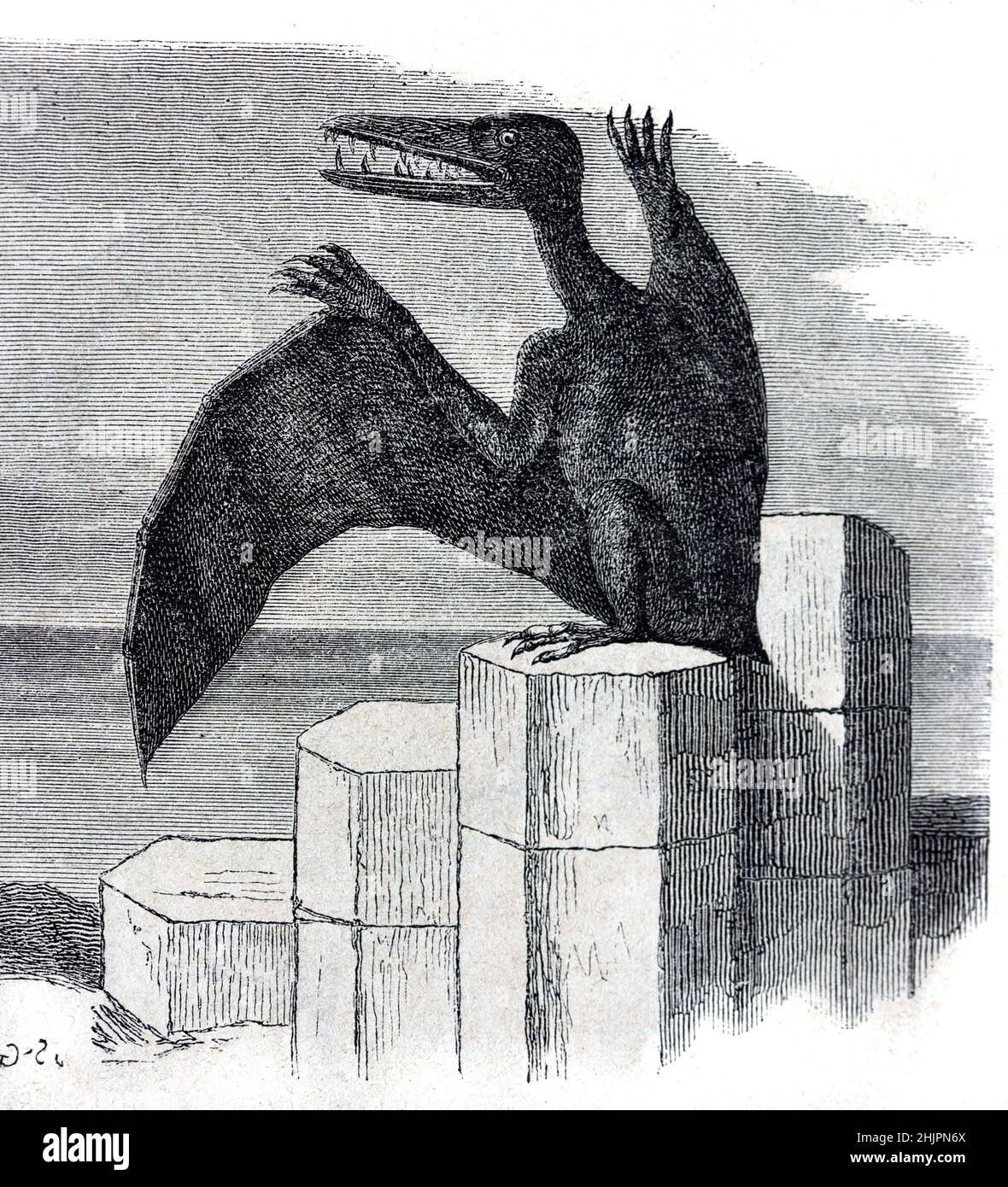 Early Artist's Impression of a Pterodactyl or Pterodactylus antiquus, an extinct flying reptile Pterosaur or Pterosauria Dinosaur. Vintage Illustration or Engraving 1865 Stock Photohttps://www.alamy.com/image-license-details/?v=1https://www.alamy.com/early-artists-impression-of-a-pterodactyl-or-pterodactylus-antiquus-an-extinct-flying-reptile-pterosaur-or-pterosauria-dinosaur-vintage-illustration-or-engraving-1865-image459032978.html
Early Artist's Impression of a Pterodactyl or Pterodactylus antiquus, an extinct flying reptile Pterosaur or Pterosauria Dinosaur. Vintage Illustration or Engraving 1865 Stock Photohttps://www.alamy.com/image-license-details/?v=1https://www.alamy.com/early-artists-impression-of-a-pterodactyl-or-pterodactylus-antiquus-an-extinct-flying-reptile-pterosaur-or-pterosauria-dinosaur-vintage-illustration-or-engraving-1865-image459032978.htmlRM2HJPN6X–Early Artist's Impression of a Pterodactyl or Pterodactylus antiquus, an extinct flying reptile Pterosaur or Pterosauria Dinosaur. Vintage Illustration or Engraving 1865
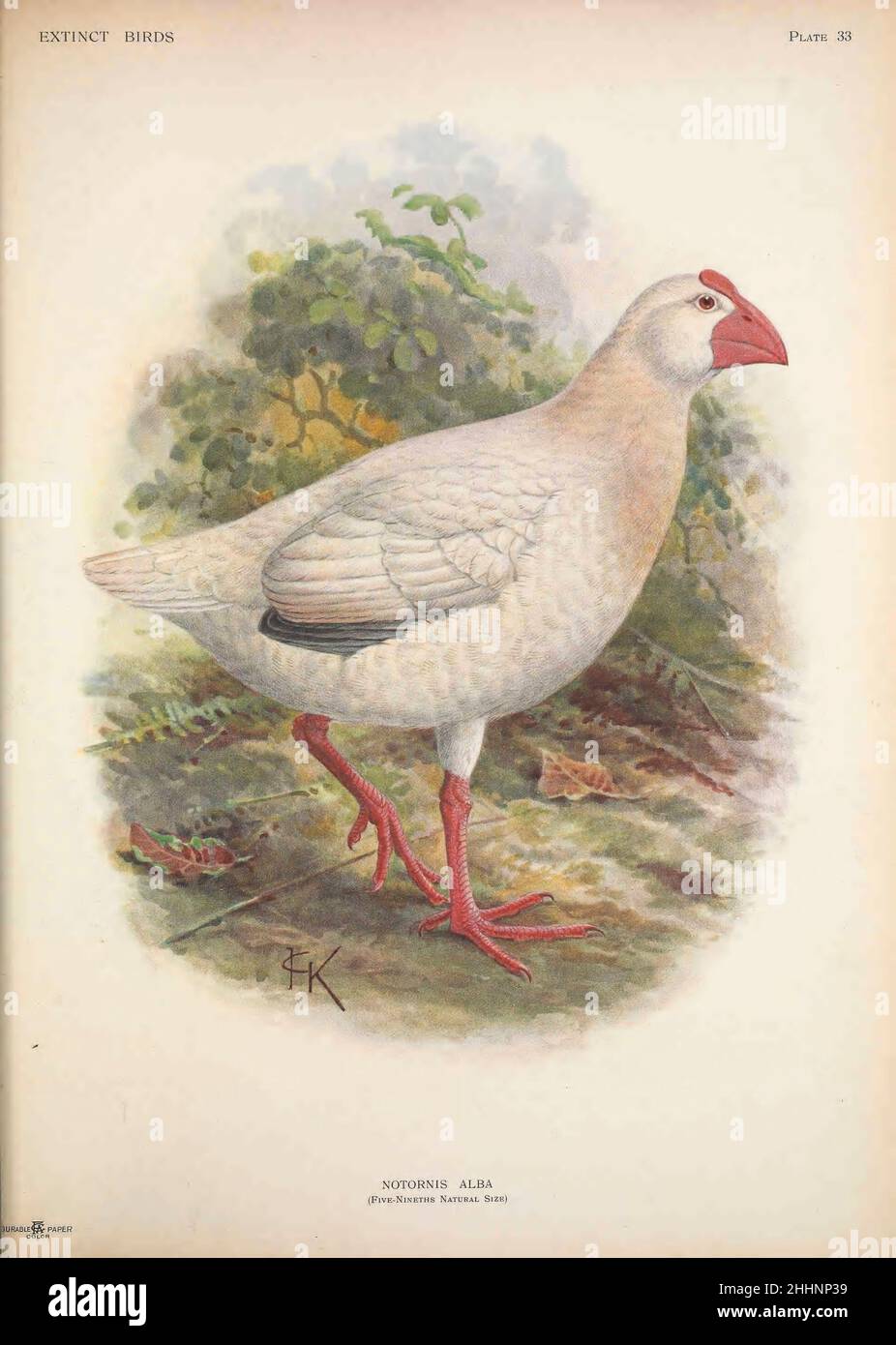 The white swamphen (Porphyrio albus here as Notornis alba), also known as the Lord Howe swamphen, Lord Howe gallinule or white gallinule, is an extinct species of rail which lived on Lord Howe Island, east of Australia. It was first encountered when the crews of British ships visited the island between 1788 and 1790, and all contemporary accounts and illustrations were produced during this time. Today, two skins exist: by John Gerrard Keulemans from ' Extinct birds ' : an attempt to unite in one volume a short account of those birds which have become extinct in historical times : that is, with Stock Photohttps://www.alamy.com/image-license-details/?v=1https://www.alamy.com/the-white-swamphen-porphyrio-albus-here-as-notornis-alba-also-known-as-the-lord-howe-swamphen-lord-howe-gallinule-or-white-gallinule-is-an-extinct-species-of-rail-which-lived-on-lord-howe-island-east-of-australia-it-was-first-encountered-when-the-crews-of-british-ships-visited-the-island-between-1788-and-1790-and-all-contemporary-accounts-and-illustrations-were-produced-during-this-time-today-two-skins-exist-by-john-gerrard-keulemans-from-extinct-birds-an-attempt-to-unite-in-one-volume-a-short-account-of-those-birds-which-have-become-extinct-in-historical-times-that-is-with-image458397053.html
The white swamphen (Porphyrio albus here as Notornis alba), also known as the Lord Howe swamphen, Lord Howe gallinule or white gallinule, is an extinct species of rail which lived on Lord Howe Island, east of Australia. It was first encountered when the crews of British ships visited the island between 1788 and 1790, and all contemporary accounts and illustrations were produced during this time. Today, two skins exist: by John Gerrard Keulemans from ' Extinct birds ' : an attempt to unite in one volume a short account of those birds which have become extinct in historical times : that is, with Stock Photohttps://www.alamy.com/image-license-details/?v=1https://www.alamy.com/the-white-swamphen-porphyrio-albus-here-as-notornis-alba-also-known-as-the-lord-howe-swamphen-lord-howe-gallinule-or-white-gallinule-is-an-extinct-species-of-rail-which-lived-on-lord-howe-island-east-of-australia-it-was-first-encountered-when-the-crews-of-british-ships-visited-the-island-between-1788-and-1790-and-all-contemporary-accounts-and-illustrations-were-produced-during-this-time-today-two-skins-exist-by-john-gerrard-keulemans-from-extinct-birds-an-attempt-to-unite-in-one-volume-a-short-account-of-those-birds-which-have-become-extinct-in-historical-times-that-is-with-image458397053.htmlRF2HHNP39–The white swamphen (Porphyrio albus here as Notornis alba), also known as the Lord Howe swamphen, Lord Howe gallinule or white gallinule, is an extinct species of rail which lived on Lord Howe Island, east of Australia. It was first encountered when the crews of British ships visited the island between 1788 and 1790, and all contemporary accounts and illustrations were produced during this time. Today, two skins exist: by John Gerrard Keulemans from ' Extinct birds ' : an attempt to unite in one volume a short account of those birds which have become extinct in historical times : that is, with
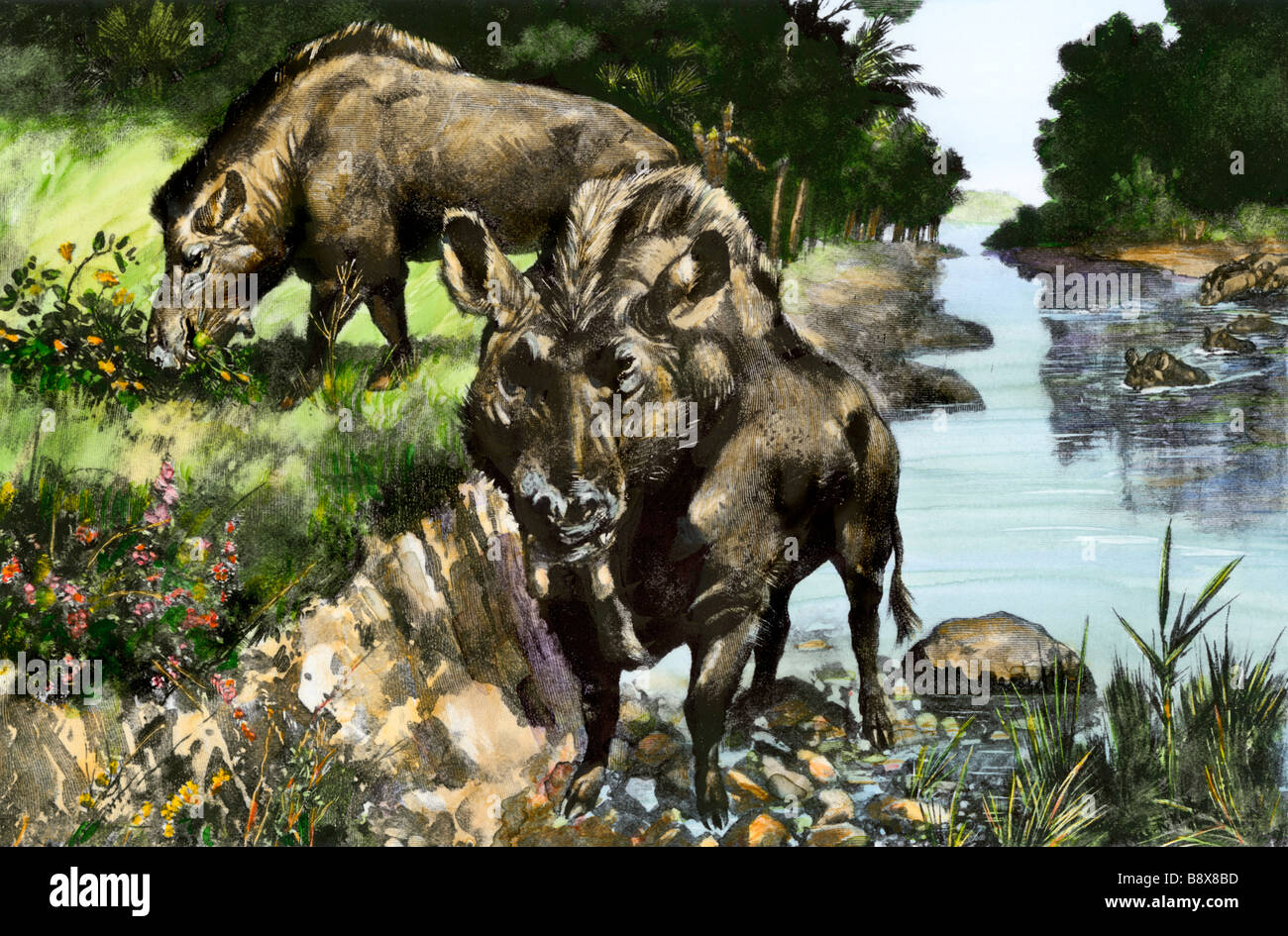 Extinct species of giant pig Elothere of ancient South Dakota. Hand-colored halftone of a Charles Knight illustration Stock Photohttps://www.alamy.com/image-license-details/?v=1https://www.alamy.com/stock-photo-extinct-species-of-giant-pig-elothere-of-ancient-south-dakota-hand-22704961.html
Extinct species of giant pig Elothere of ancient South Dakota. Hand-colored halftone of a Charles Knight illustration Stock Photohttps://www.alamy.com/image-license-details/?v=1https://www.alamy.com/stock-photo-extinct-species-of-giant-pig-elothere-of-ancient-south-dakota-hand-22704961.htmlRMB8X8BD–Extinct species of giant pig Elothere of ancient South Dakota. Hand-colored halftone of a Charles Knight illustration
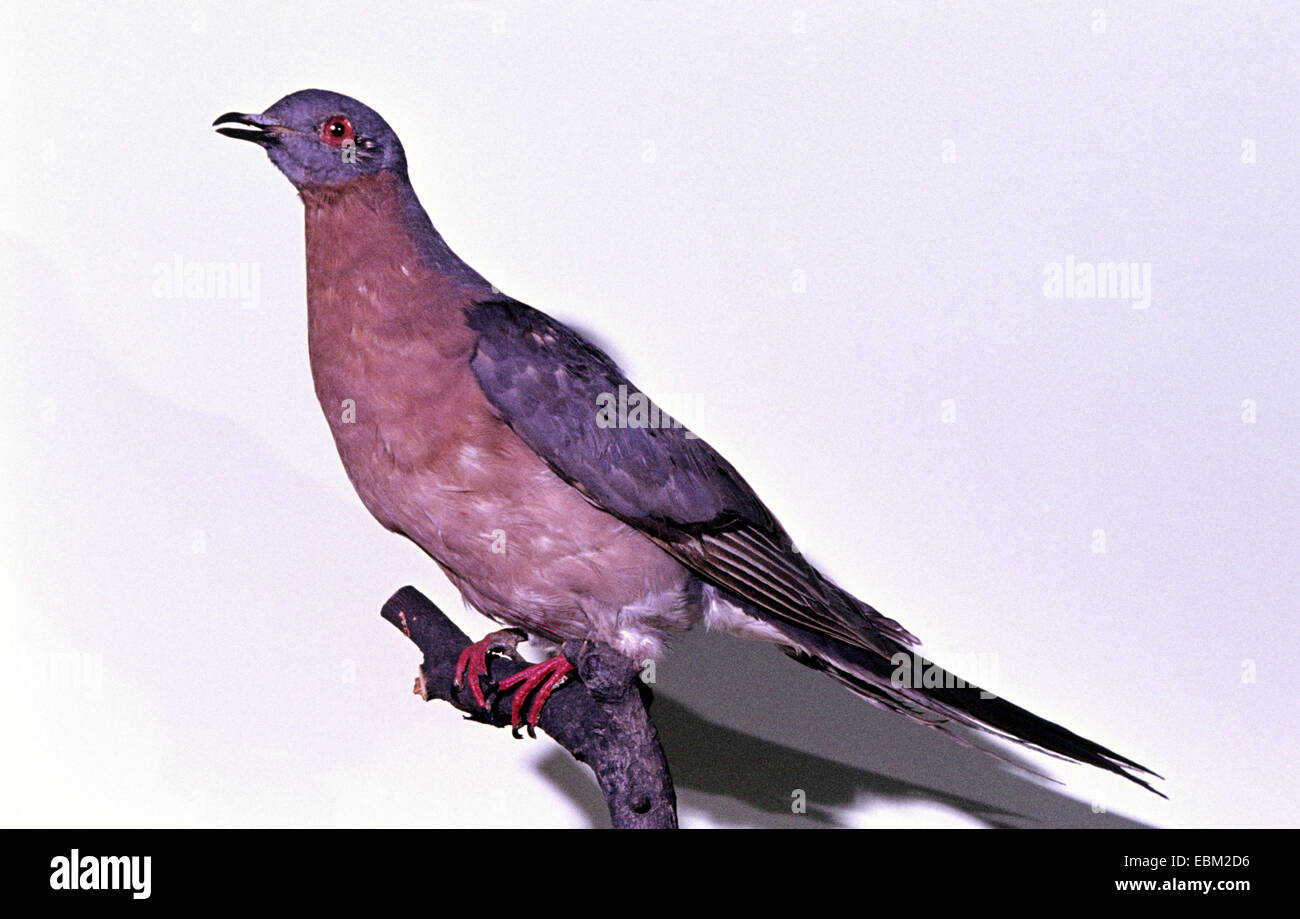 passenger pigeon (Ectopistes migratoria), extinct bird species Stock Photohttps://www.alamy.com/image-license-details/?v=1https://www.alamy.com/stock-photo-passenger-pigeon-ectopistes-migratoria-extinct-bird-species-76043666.html
passenger pigeon (Ectopistes migratoria), extinct bird species Stock Photohttps://www.alamy.com/image-license-details/?v=1https://www.alamy.com/stock-photo-passenger-pigeon-ectopistes-migratoria-extinct-bird-species-76043666.htmlRMEBM2D6–passenger pigeon (Ectopistes migratoria), extinct bird species
 Tasmanian Tiger, Extinct Species Stock Photohttps://www.alamy.com/image-license-details/?v=1https://www.alamy.com/tasmanian-tiger-extinct-species-image352800233.html
Tasmanian Tiger, Extinct Species Stock Photohttps://www.alamy.com/image-license-details/?v=1https://www.alamy.com/tasmanian-tiger-extinct-species-image352800233.htmlRM2BDYC89–Tasmanian Tiger, Extinct Species
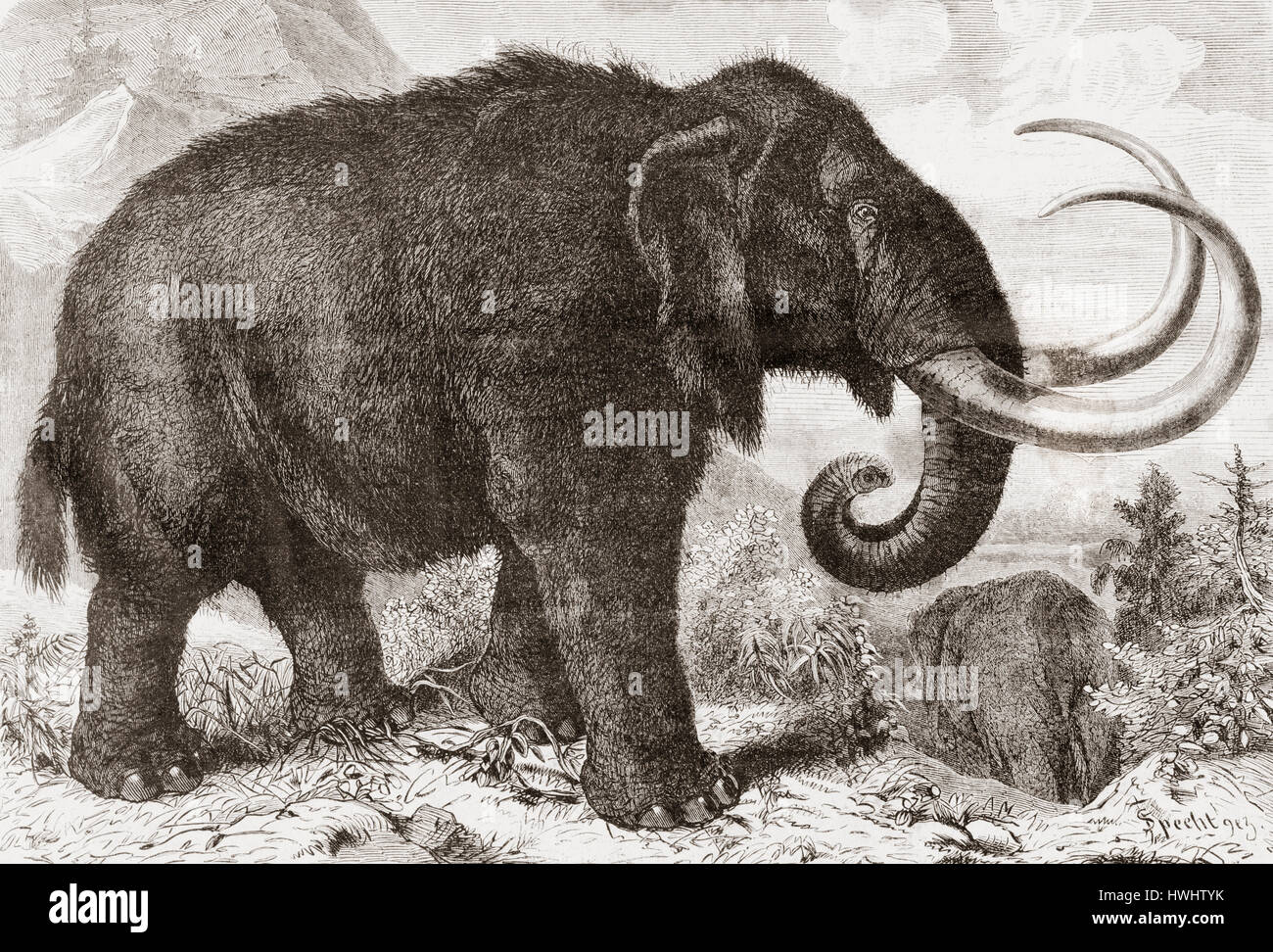 Artist's reconstruction of a woolly mammoth (Mammuthus primigenius). From L'Univers Illustre published 1867. Stock Photohttps://www.alamy.com/image-license-details/?v=1https://www.alamy.com/stock-photo-artists-reconstruction-of-a-woolly-mammoth-mammuthus-primigenius-from-136231751.html
Artist's reconstruction of a woolly mammoth (Mammuthus primigenius). From L'Univers Illustre published 1867. Stock Photohttps://www.alamy.com/image-license-details/?v=1https://www.alamy.com/stock-photo-artists-reconstruction-of-a-woolly-mammoth-mammuthus-primigenius-from-136231751.htmlRMHWHTYK–Artist's reconstruction of a woolly mammoth (Mammuthus primigenius). From L'Univers Illustre published 1867.
 Skull of a Homo heidelbergensis, an extinct species or subspecies of archaic humans in the genus Homo, which radiated in the Middle Pleistocene Stock Photohttps://www.alamy.com/image-license-details/?v=1https://www.alamy.com/skull-of-a-homo-heidelbergensis-an-extinct-species-or-subspecies-of-archaic-humans-in-the-genus-homo-which-radiated-in-the-middle-pleistocene-image377032174.html
Skull of a Homo heidelbergensis, an extinct species or subspecies of archaic humans in the genus Homo, which radiated in the Middle Pleistocene Stock Photohttps://www.alamy.com/image-license-details/?v=1https://www.alamy.com/skull-of-a-homo-heidelbergensis-an-extinct-species-or-subspecies-of-archaic-humans-in-the-genus-homo-which-radiated-in-the-middle-pleistocene-image377032174.htmlRM2CWB8AP–Skull of a Homo heidelbergensis, an extinct species or subspecies of archaic humans in the genus Homo, which radiated in the Middle Pleistocene
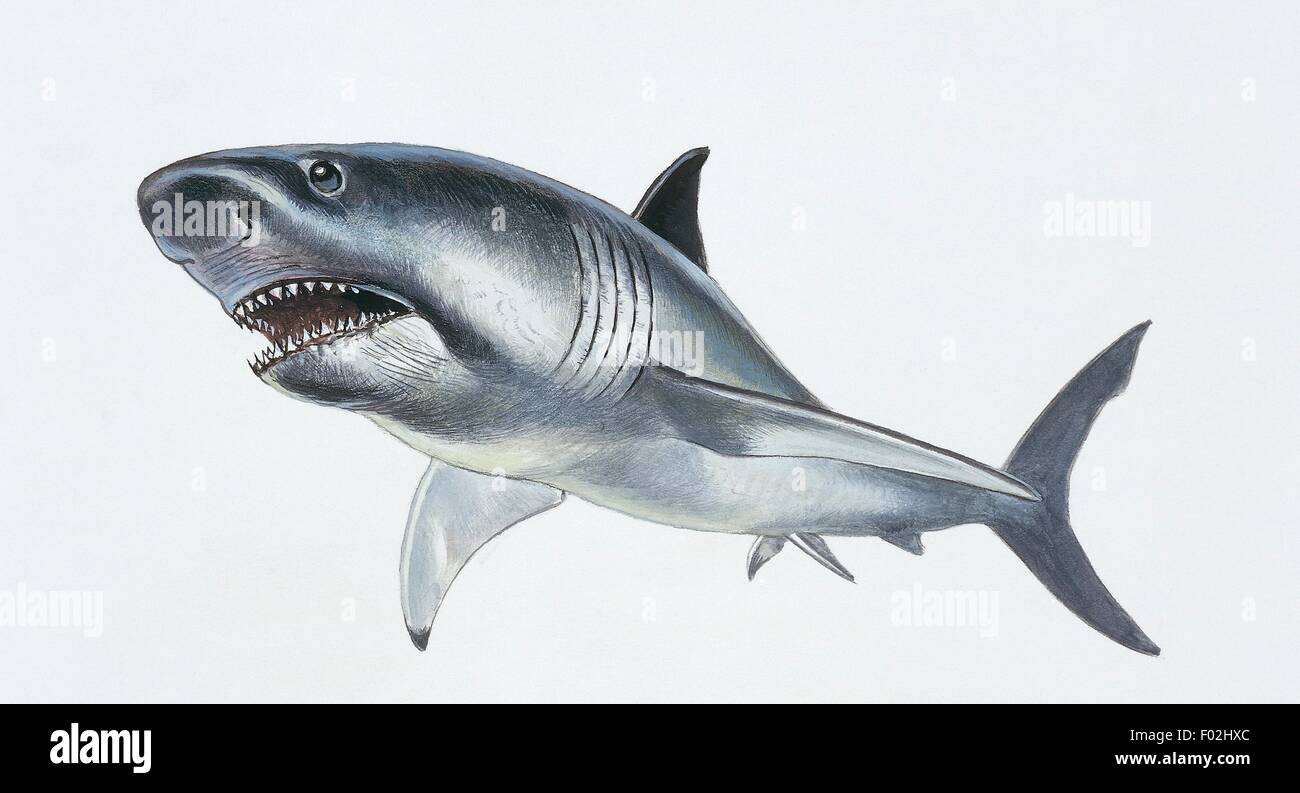 Reconstruction of Megalodon, (Carcharodon megalodon) extinct species of shark which lived between the Eocene and the Pliocene Period. Drawing. Stock Photohttps://www.alamy.com/image-license-details/?v=1https://www.alamy.com/stock-photo-reconstruction-of-megalodon-carcharodon-megalodon-extinct-species-86109812.html
Reconstruction of Megalodon, (Carcharodon megalodon) extinct species of shark which lived between the Eocene and the Pliocene Period. Drawing. Stock Photohttps://www.alamy.com/image-license-details/?v=1https://www.alamy.com/stock-photo-reconstruction-of-megalodon-carcharodon-megalodon-extinct-species-86109812.htmlRMF02HXC–Reconstruction of Megalodon, (Carcharodon megalodon) extinct species of shark which lived between the Eocene and the Pliocene Period. Drawing.
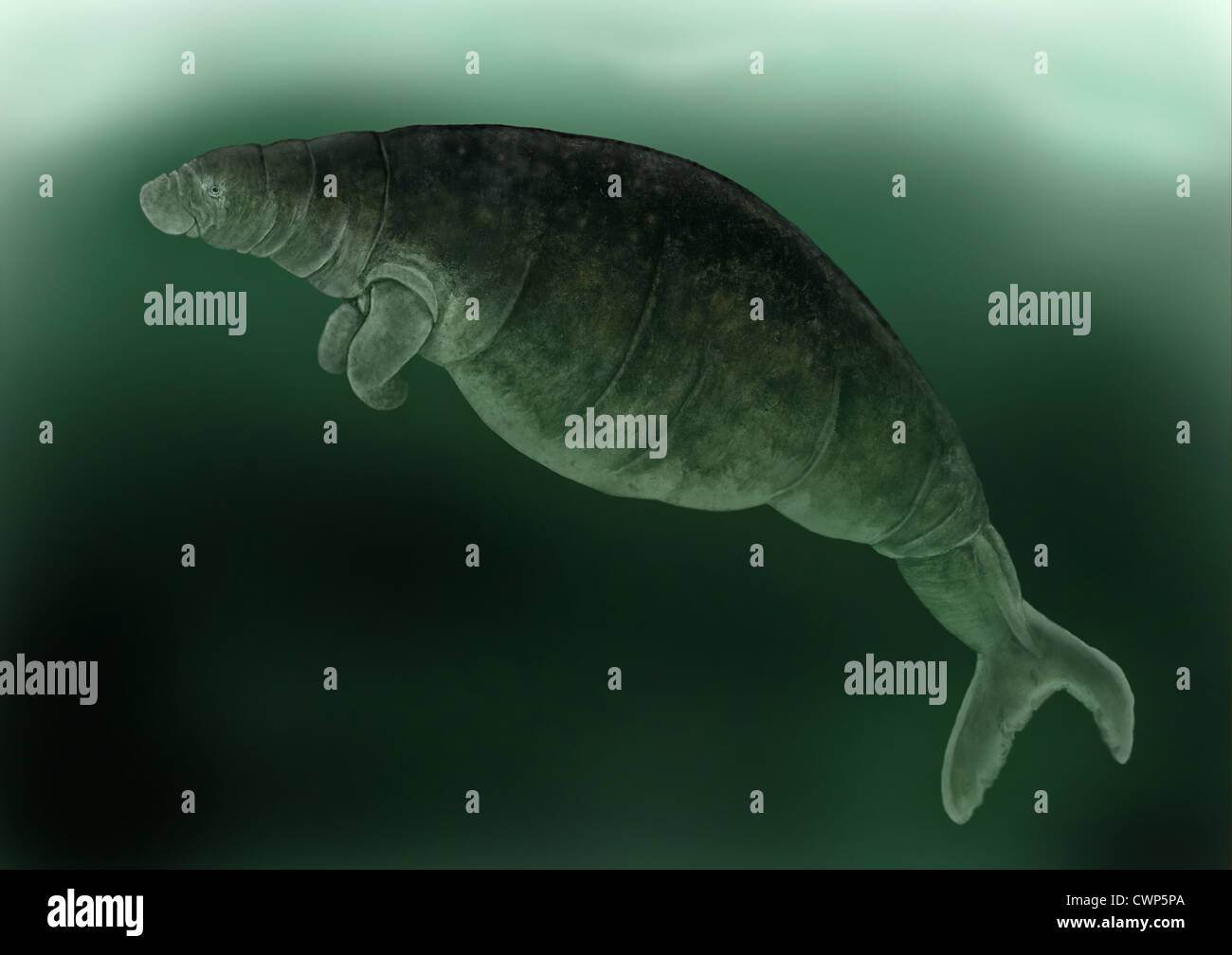 Steller's Sea Cow (Hydrodamalis gigas) extinct species, illustration Stock Photohttps://www.alamy.com/image-license-details/?v=1https://www.alamy.com/stock-photo-stellers-sea-cow-hydrodamalis-gigas-extinct-species-illustration-50274626.html
Steller's Sea Cow (Hydrodamalis gigas) extinct species, illustration Stock Photohttps://www.alamy.com/image-license-details/?v=1https://www.alamy.com/stock-photo-stellers-sea-cow-hydrodamalis-gigas-extinct-species-illustration-50274626.htmlRMCWP5PA–Steller's Sea Cow (Hydrodamalis gigas) extinct species, illustration
 Gryphaea arcuata, Print, Gryphaea arcuata is an extinct species of foam oyster, a bivalve mollusc in the family Gryphaeidae from the Early Jurassic of Europe Stock Photohttps://www.alamy.com/image-license-details/?v=1https://www.alamy.com/gryphaea-arcuata-print-gryphaea-arcuata-is-an-extinct-species-of-foam-oyster-a-bivalve-mollusc-in-the-family-gryphaeidae-from-the-early-jurassic-of-europe-image328683006.html
Gryphaea arcuata, Print, Gryphaea arcuata is an extinct species of foam oyster, a bivalve mollusc in the family Gryphaeidae from the Early Jurassic of Europe Stock Photohttps://www.alamy.com/image-license-details/?v=1https://www.alamy.com/gryphaea-arcuata-print-gryphaea-arcuata-is-an-extinct-species-of-foam-oyster-a-bivalve-mollusc-in-the-family-gryphaeidae-from-the-early-jurassic-of-europe-image328683006.htmlRM2A2MPEP–Gryphaea arcuata, Print, Gryphaea arcuata is an extinct species of foam oyster, a bivalve mollusc in the family Gryphaeidae from the Early Jurassic of Europe
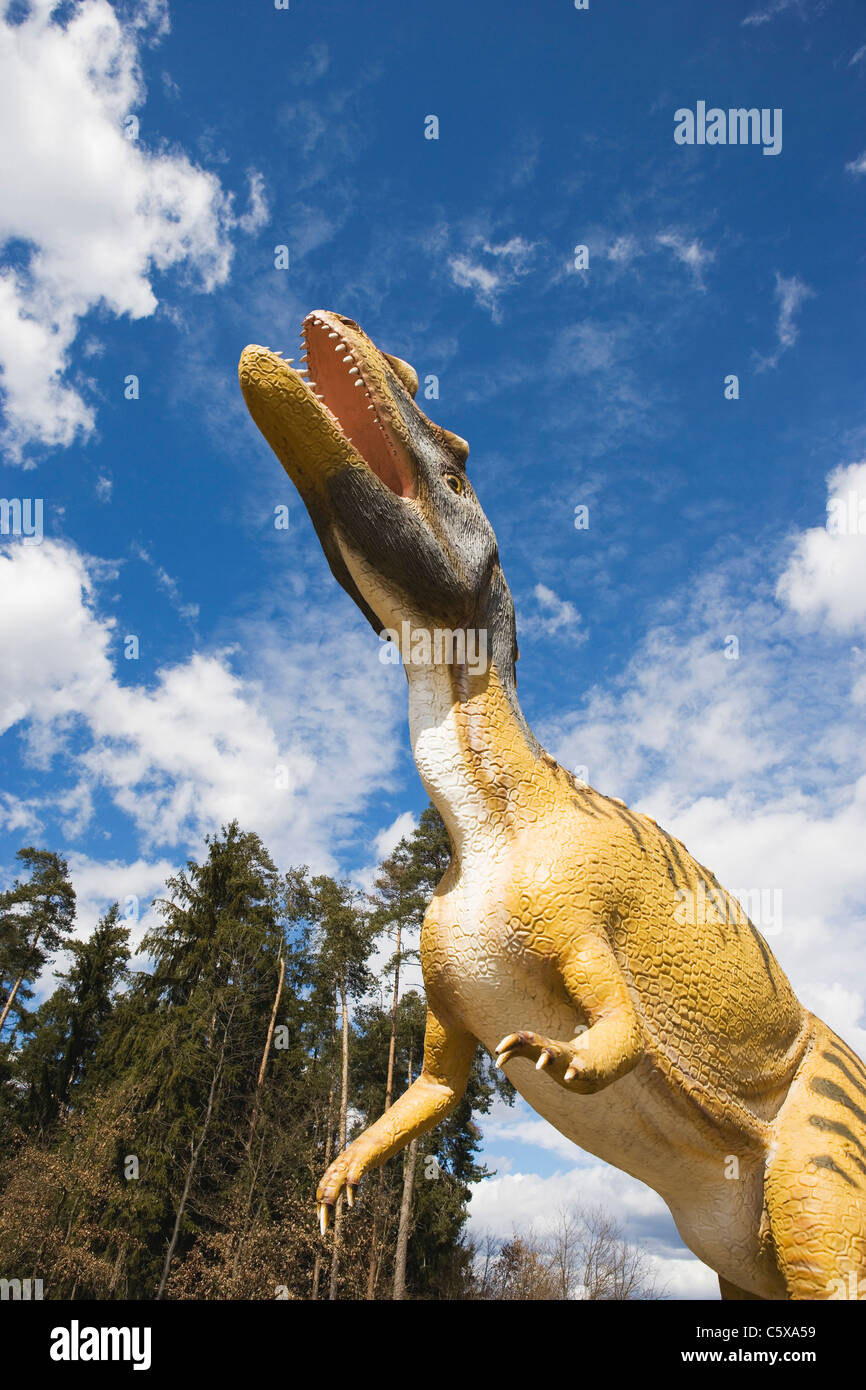 Saurian, Extinct species, Model, low angle view Stock Photohttps://www.alamy.com/image-license-details/?v=1https://www.alamy.com/stock-photo-saurian-extinct-species-model-low-angle-view-38072757.html
Saurian, Extinct species, Model, low angle view Stock Photohttps://www.alamy.com/image-license-details/?v=1https://www.alamy.com/stock-photo-saurian-extinct-species-model-low-angle-view-38072757.htmlRFC5XA59–Saurian, Extinct species, Model, low angle view
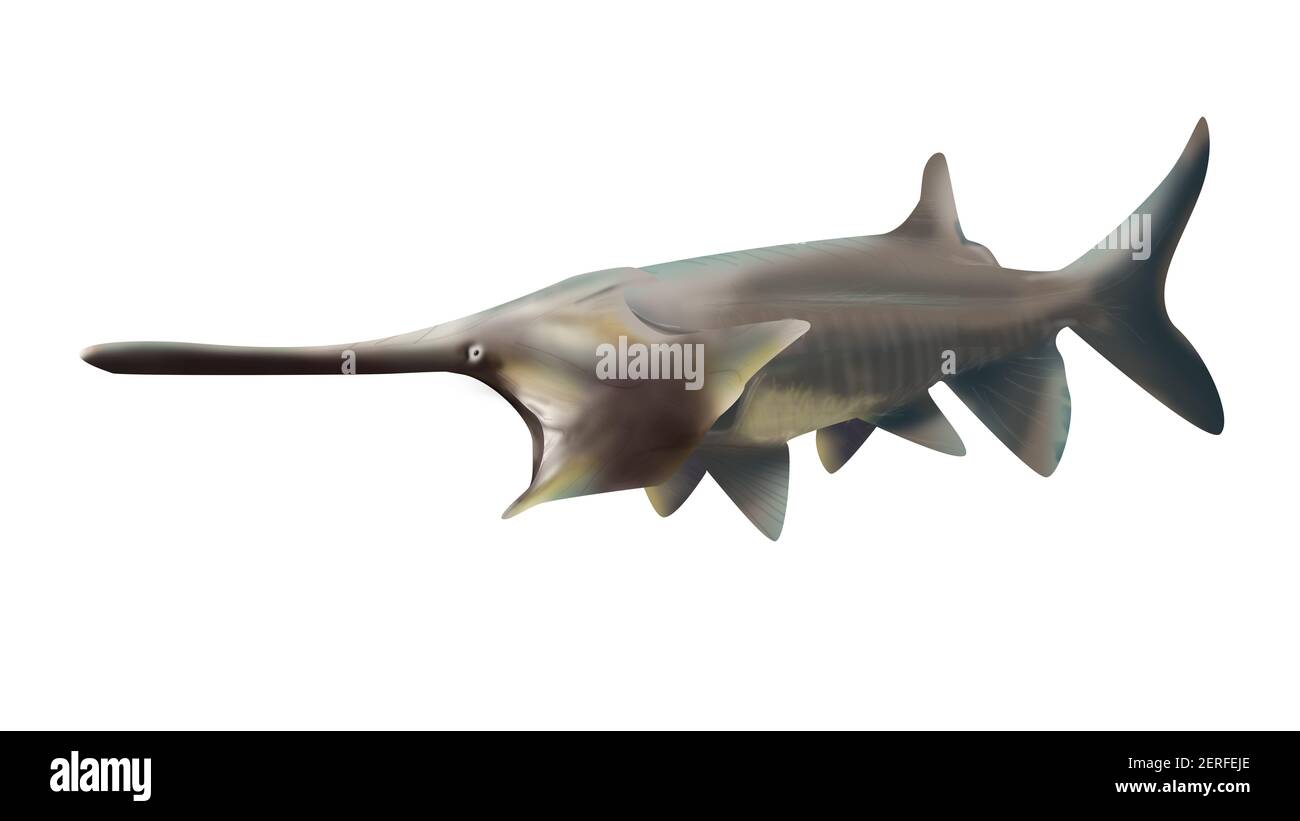 Chinese paddlefish isolated on white background with realistic details. Extinct species Chinese swordfish. Psephurus gladius. Stock Photohttps://www.alamy.com/image-license-details/?v=1https://www.alamy.com/chinese-paddlefish-isolated-on-white-background-with-realistic-details-extinct-species-chinese-swordfish-psephurus-gladius-image410316326.html
Chinese paddlefish isolated on white background with realistic details. Extinct species Chinese swordfish. Psephurus gladius. Stock Photohttps://www.alamy.com/image-license-details/?v=1https://www.alamy.com/chinese-paddlefish-isolated-on-white-background-with-realistic-details-extinct-species-chinese-swordfish-psephurus-gladius-image410316326.htmlRM2ERFEJE–Chinese paddlefish isolated on white background with realistic details. Extinct species Chinese swordfish. Psephurus gladius.
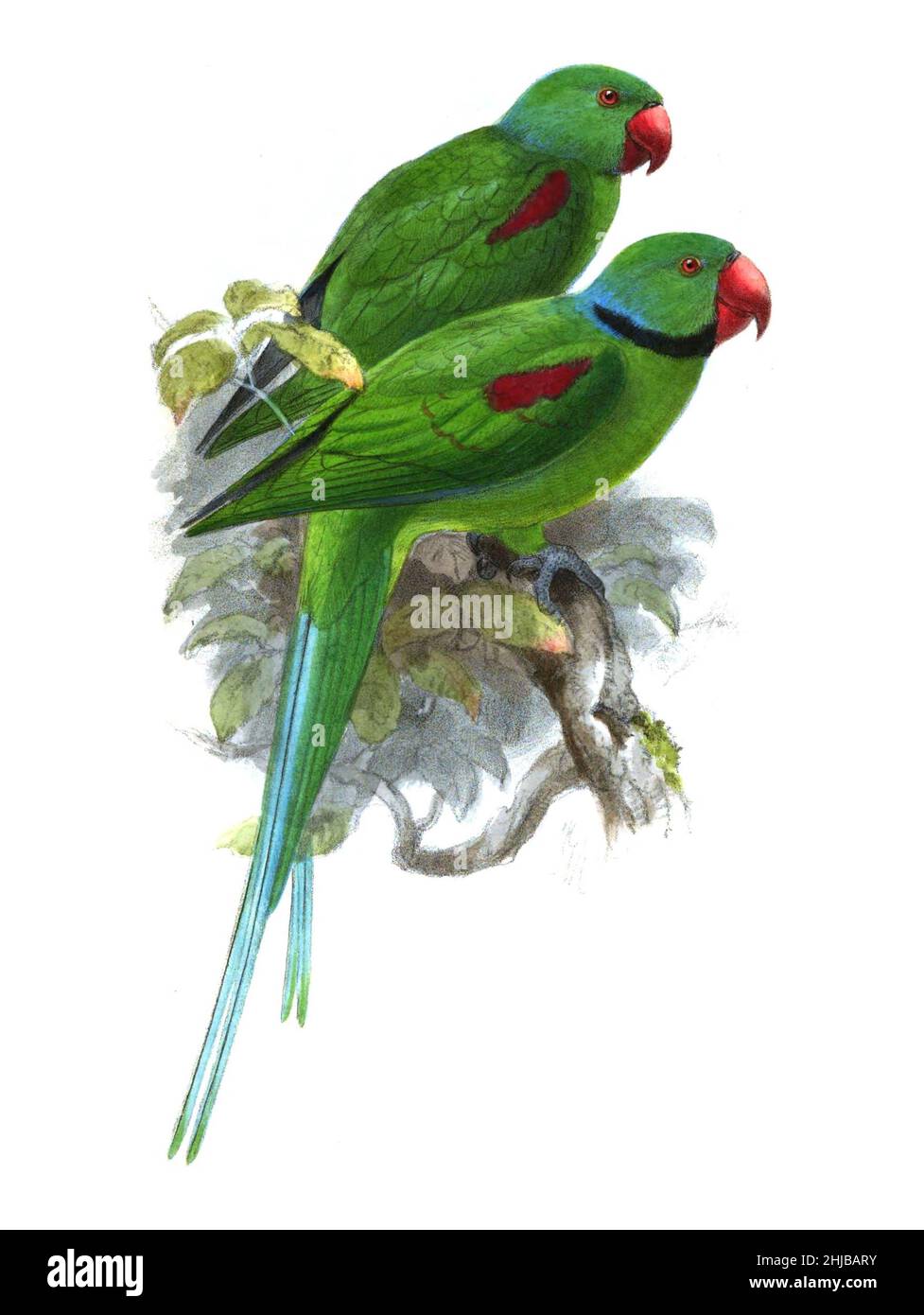 The Seychelles parakeet or Seychelles Island parrot (Psittacula wardi syn Palaeornis wardi) is an extinct species of parrot that was endemic to the Seychelles in the Indian Ocean. It was scientifically named Palaeornis wardi by the British ornithologist Edward Newton in 1867 Stock Photohttps://www.alamy.com/image-license-details/?v=1https://www.alamy.com/the-seychelles-parakeet-or-seychelles-island-parrot-psittacula-wardi-syn-palaeornis-wardi-is-an-extinct-species-of-parrot-that-was-endemic-to-the-seychelles-in-the-indian-ocean-it-was-scientifically-named-palaeornis-wardi-by-the-british-ornithologist-edward-newton-in-1867-image458783359.html
The Seychelles parakeet or Seychelles Island parrot (Psittacula wardi syn Palaeornis wardi) is an extinct species of parrot that was endemic to the Seychelles in the Indian Ocean. It was scientifically named Palaeornis wardi by the British ornithologist Edward Newton in 1867 Stock Photohttps://www.alamy.com/image-license-details/?v=1https://www.alamy.com/the-seychelles-parakeet-or-seychelles-island-parrot-psittacula-wardi-syn-palaeornis-wardi-is-an-extinct-species-of-parrot-that-was-endemic-to-the-seychelles-in-the-indian-ocean-it-was-scientifically-named-palaeornis-wardi-by-the-british-ornithologist-edward-newton-in-1867-image458783359.htmlRF2HJBARY–The Seychelles parakeet or Seychelles Island parrot (Psittacula wardi syn Palaeornis wardi) is an extinct species of parrot that was endemic to the Seychelles in the Indian Ocean. It was scientifically named Palaeornis wardi by the British ornithologist Edward Newton in 1867
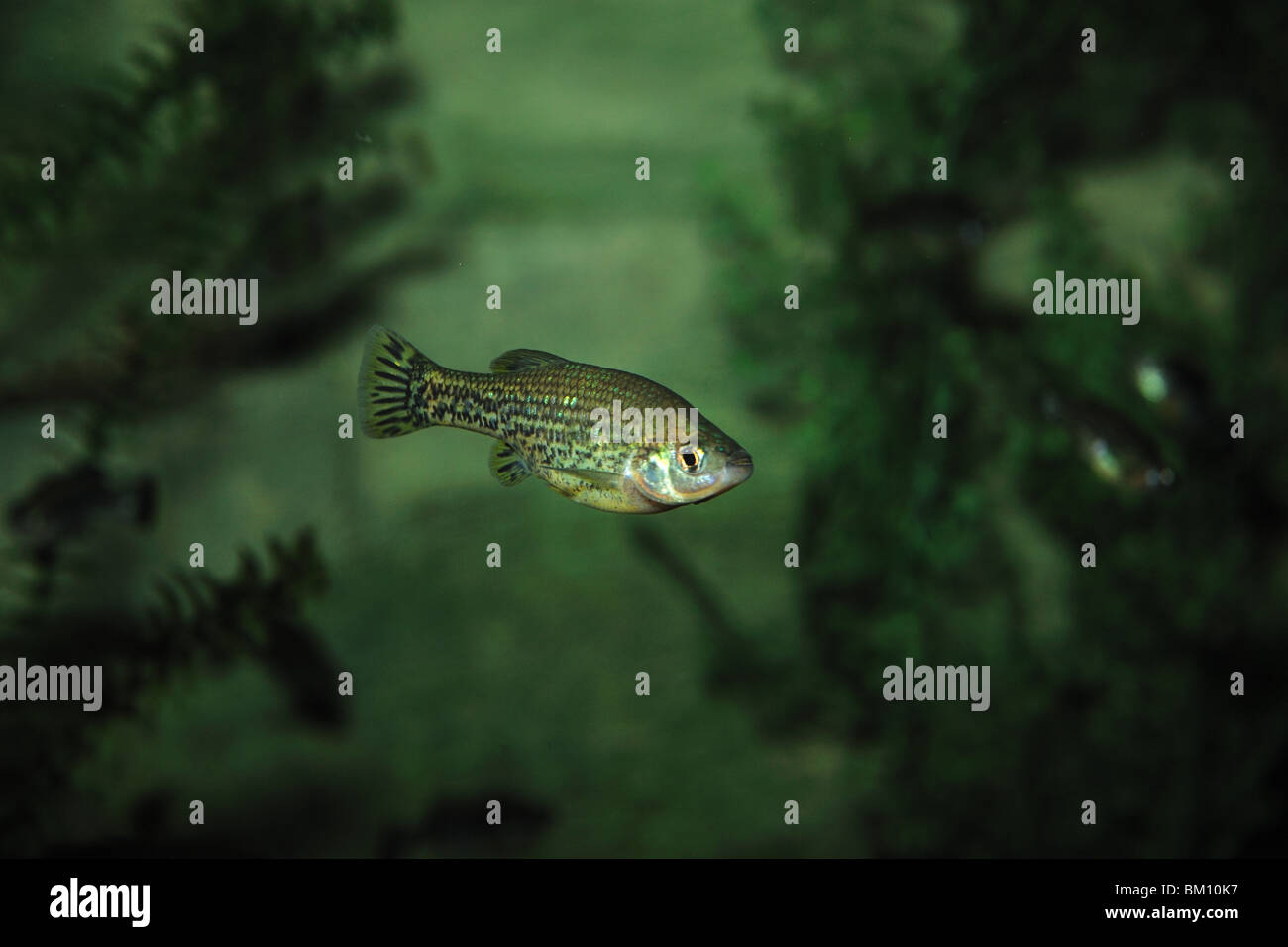 Butterfly splitfin, Ameca splendens, extinct in wild, captive Stock Photohttps://www.alamy.com/image-license-details/?v=1https://www.alamy.com/stock-photo-butterfly-splitfin-ameca-splendens-extinct-in-wild-captive-29525979.html
Butterfly splitfin, Ameca splendens, extinct in wild, captive Stock Photohttps://www.alamy.com/image-license-details/?v=1https://www.alamy.com/stock-photo-butterfly-splitfin-ameca-splendens-extinct-in-wild-captive-29525979.htmlRMBM10K7–Butterfly splitfin, Ameca splendens, extinct in wild, captive
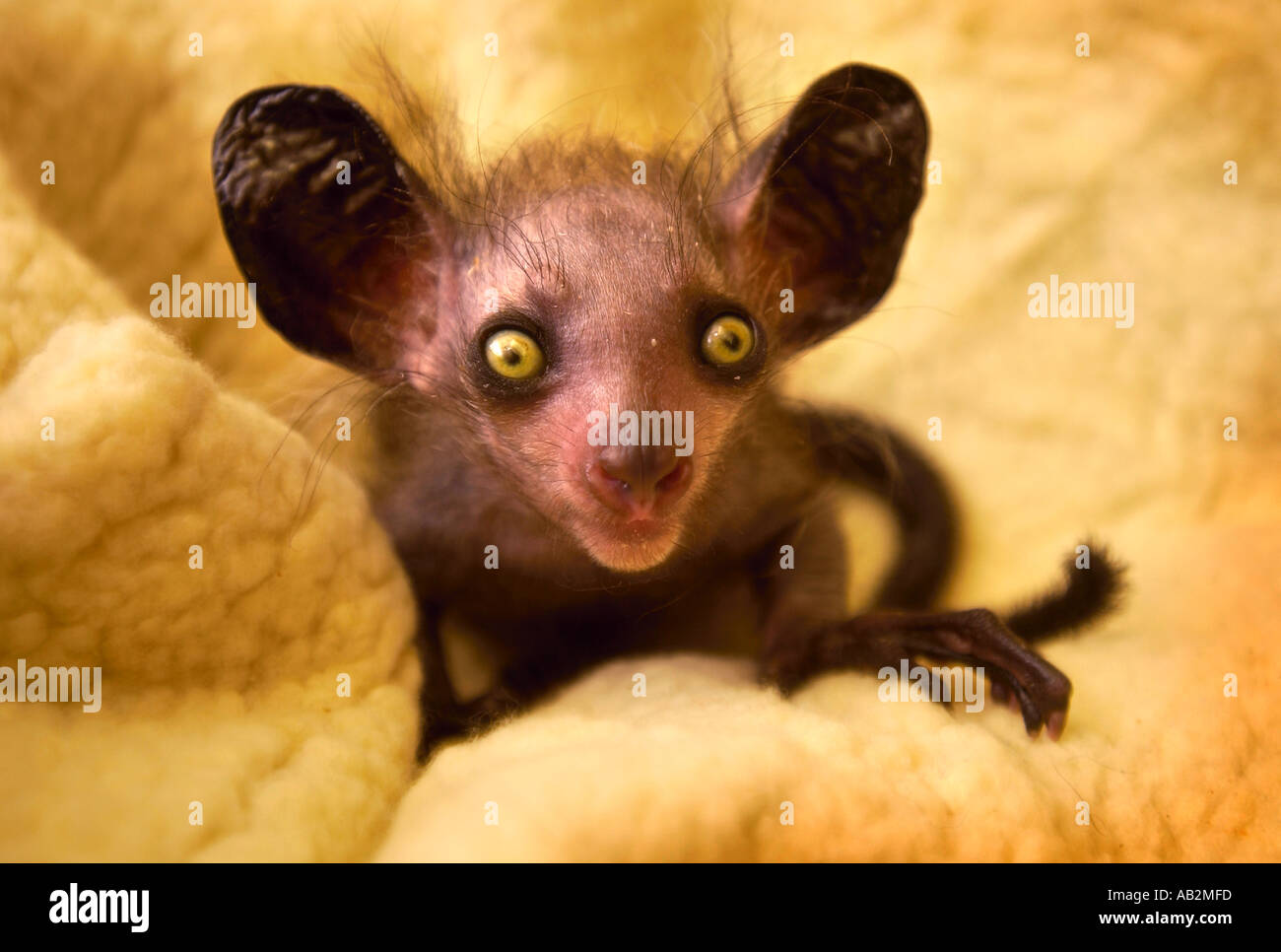 The first captive bred Aye aye in the uk Kintana at Bristol Zoo Gardens The mammal is native to Madagascar and was once thought Stock Photohttps://www.alamy.com/image-license-details/?v=1https://www.alamy.com/the-first-captive-bred-aye-aye-in-the-uk-kintana-at-bristol-zoo-gardens-image4164860.html
The first captive bred Aye aye in the uk Kintana at Bristol Zoo Gardens The mammal is native to Madagascar and was once thought Stock Photohttps://www.alamy.com/image-license-details/?v=1https://www.alamy.com/the-first-captive-bred-aye-aye-in-the-uk-kintana-at-bristol-zoo-gardens-image4164860.htmlRMAB2MFD–The first captive bred Aye aye in the uk Kintana at Bristol Zoo Gardens The mammal is native to Madagascar and was once thought
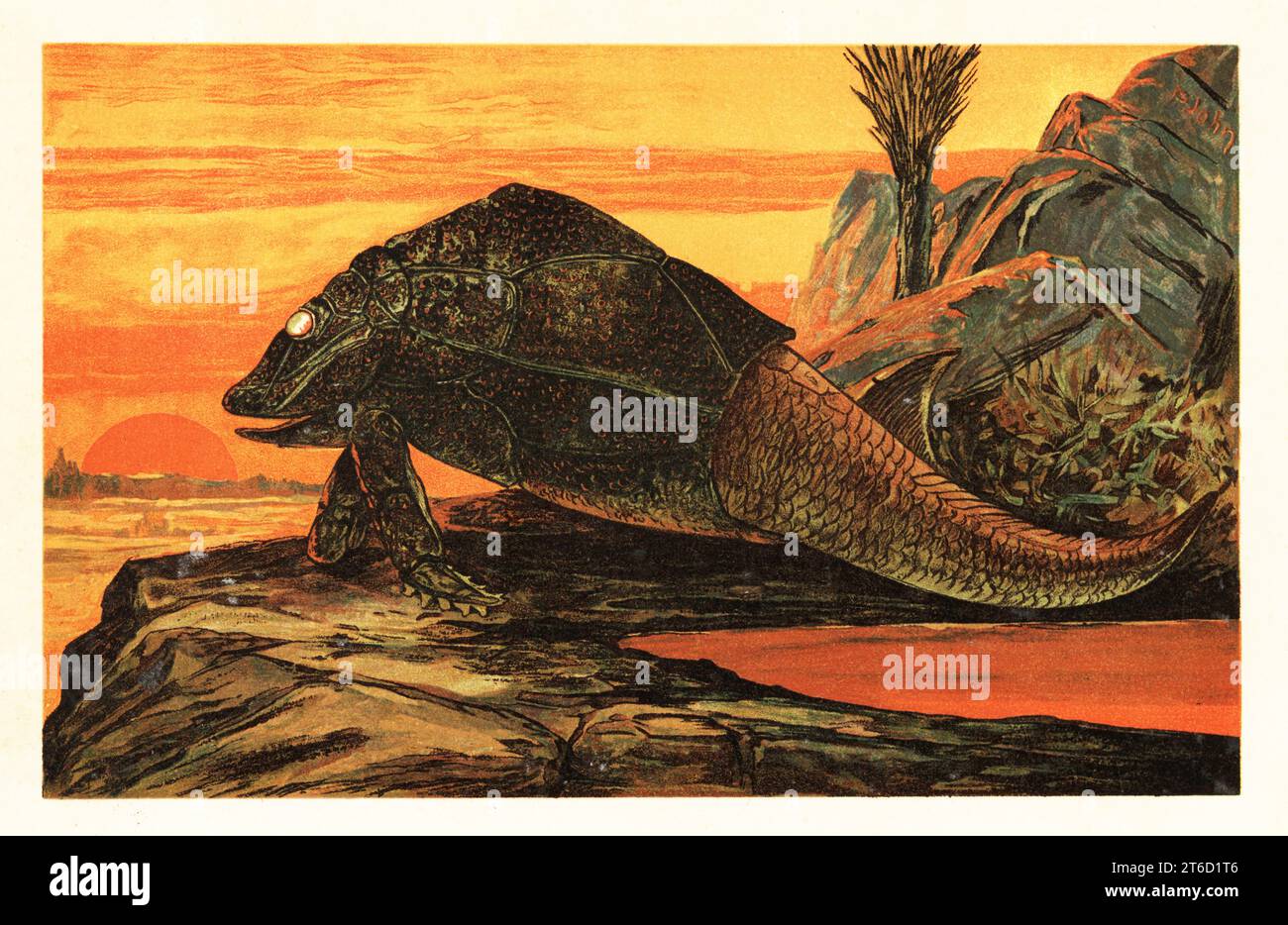 Asterolepis cornutus, extinct species of armour-plated fish, antiarch placoderm of the Devonian. Flugelfisch (Pterichthys cornutus Agassiz). Colour printed illustration by F. John from Wilhelm Bolsches Tiere der Urwelt (Animals of the Prehistoric World), Reichardt Cocoa company, Hamburg, 1908. Stock Photohttps://www.alamy.com/image-license-details/?v=1https://www.alamy.com/asterolepis-cornutus-extinct-species-of-armour-plated-fish-antiarch-placoderm-of-the-devonian-flugelfisch-pterichthys-cornutus-agassiz-colour-printed-illustration-by-f-john-from-wilhelm-bolsches-tiere-der-urwelt-animals-of-the-prehistoric-world-reichardt-cocoa-company-hamburg-1908-image571916918.html
Asterolepis cornutus, extinct species of armour-plated fish, antiarch placoderm of the Devonian. Flugelfisch (Pterichthys cornutus Agassiz). Colour printed illustration by F. John from Wilhelm Bolsches Tiere der Urwelt (Animals of the Prehistoric World), Reichardt Cocoa company, Hamburg, 1908. Stock Photohttps://www.alamy.com/image-license-details/?v=1https://www.alamy.com/asterolepis-cornutus-extinct-species-of-armour-plated-fish-antiarch-placoderm-of-the-devonian-flugelfisch-pterichthys-cornutus-agassiz-colour-printed-illustration-by-f-john-from-wilhelm-bolsches-tiere-der-urwelt-animals-of-the-prehistoric-world-reichardt-cocoa-company-hamburg-1908-image571916918.htmlRM2T6D1T6–Asterolepis cornutus, extinct species of armour-plated fish, antiarch placoderm of the Devonian. Flugelfisch (Pterichthys cornutus Agassiz). Colour printed illustration by F. John from Wilhelm Bolsches Tiere der Urwelt (Animals of the Prehistoric World), Reichardt Cocoa company, Hamburg, 1908.
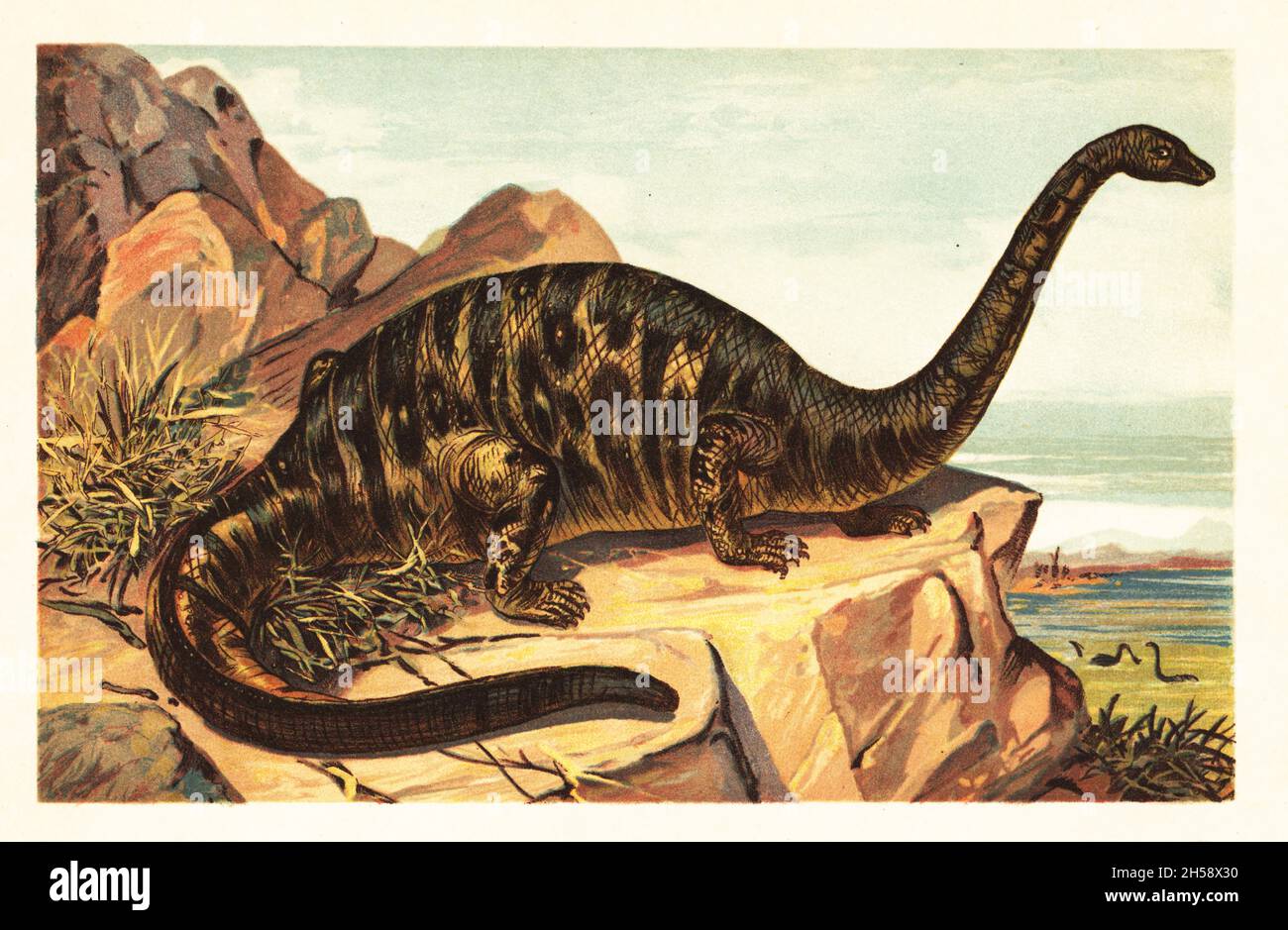 Brontosaurus excelsus, extinct species of gigantic quadruped sauropod dinosaur of the Late Jurassic. Brontosaurus excelsus Marsh. Colour printed illustration by F. John from Wilhelm Bolsche’s Tiere der Urwelt (Animals of the Prehistoric World), Reichardt Cocoa company, Hamburg, 1908. Stock Photohttps://www.alamy.com/image-license-details/?v=1https://www.alamy.com/brontosaurus-excelsus-extinct-species-of-gigantic-quadruped-sauropod-dinosaur-of-the-late-jurassic-brontosaurus-excelsus-marsh-colour-printed-illustration-by-f-john-from-wilhelm-bolsches-tiere-der-urwelt-animals-of-the-prehistoric-world-reichardt-cocoa-company-hamburg-1908-image450738932.html
Brontosaurus excelsus, extinct species of gigantic quadruped sauropod dinosaur of the Late Jurassic. Brontosaurus excelsus Marsh. Colour printed illustration by F. John from Wilhelm Bolsche’s Tiere der Urwelt (Animals of the Prehistoric World), Reichardt Cocoa company, Hamburg, 1908. Stock Photohttps://www.alamy.com/image-license-details/?v=1https://www.alamy.com/brontosaurus-excelsus-extinct-species-of-gigantic-quadruped-sauropod-dinosaur-of-the-late-jurassic-brontosaurus-excelsus-marsh-colour-printed-illustration-by-f-john-from-wilhelm-bolsches-tiere-der-urwelt-animals-of-the-prehistoric-world-reichardt-cocoa-company-hamburg-1908-image450738932.htmlRM2H58X30–Brontosaurus excelsus, extinct species of gigantic quadruped sauropod dinosaur of the Late Jurassic. Brontosaurus excelsus Marsh. Colour printed illustration by F. John from Wilhelm Bolsche’s Tiere der Urwelt (Animals of the Prehistoric World), Reichardt Cocoa company, Hamburg, 1908.
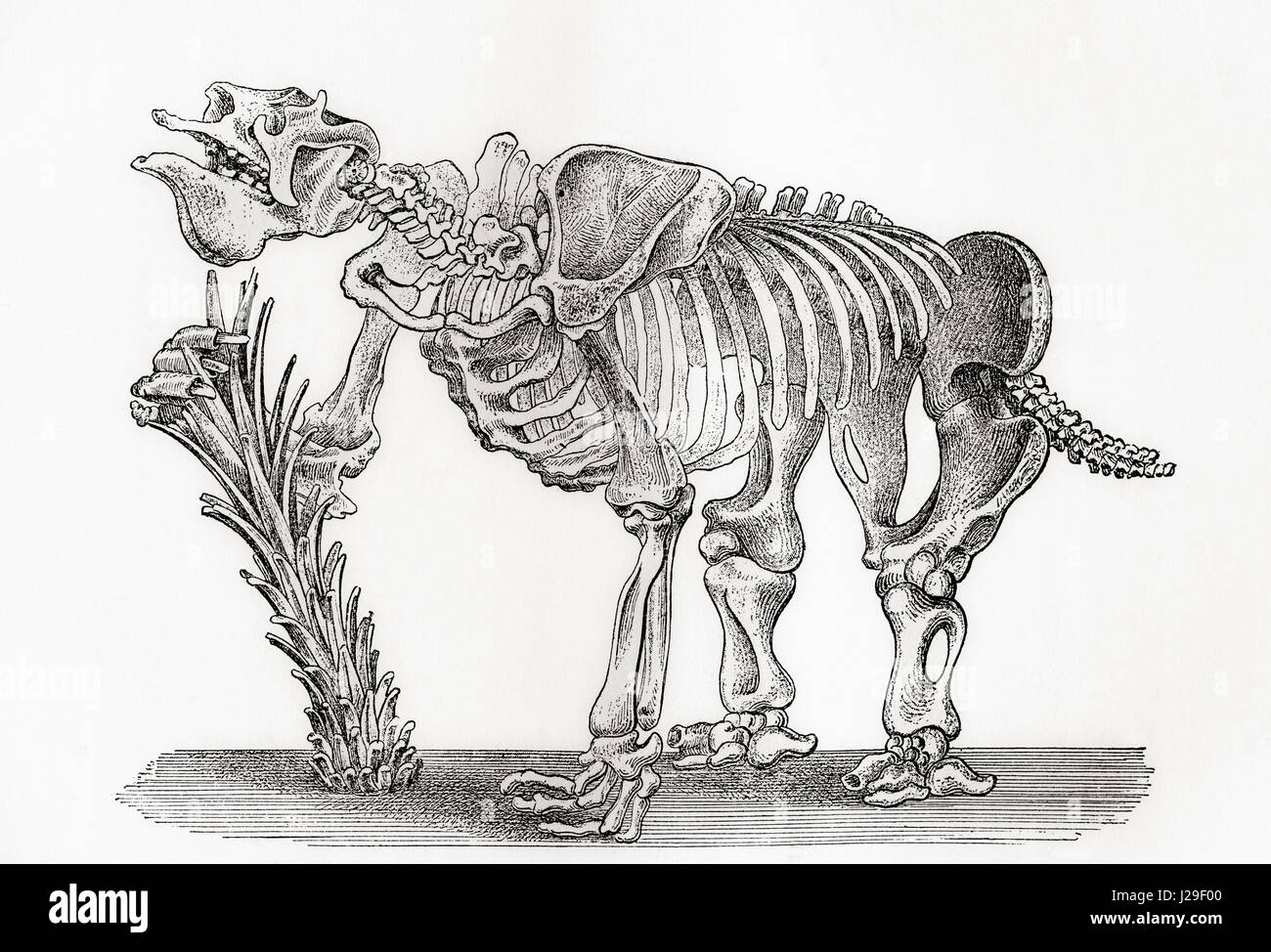 Skeleton of a Megatharium. From The World's Foundations or Geology for Beginners, published 1883. Stock Photohttps://www.alamy.com/image-license-details/?v=1https://www.alamy.com/stock-photo-skeleton-of-a-megatharium-from-the-worlds-foundations-or-geology-for-139121584.html
Skeleton of a Megatharium. From The World's Foundations or Geology for Beginners, published 1883. Stock Photohttps://www.alamy.com/image-license-details/?v=1https://www.alamy.com/stock-photo-skeleton-of-a-megatharium-from-the-worlds-foundations-or-geology-for-139121584.htmlRMJ29F00–Skeleton of a Megatharium. From The World's Foundations or Geology for Beginners, published 1883.
 Paleontologists and villagers are working on the excavation of fossilized bones of an extinct elephant species scientifically identified as Elephas hysudrindicus, or popularly called 'Blora elephant', in Sunggun, Mendalem, Kradenan, Blora, Central Java, Indonesia. The team of scientists from Vertebrate Research (Geological Agency, Indonesian Ministry of Energy and Mineral Resources) led by paleontologists Iwan Kurniawan and Fachroel Aziz discovered the species' bones almost entirely (around 90 percent complete) that later would allow them to build a scientific reconstruction, which is... Stock Photohttps://www.alamy.com/image-license-details/?v=1https://www.alamy.com/paleontologists-and-villagers-are-working-on-the-excavation-of-fossilized-bones-of-an-extinct-elephant-species-scientifically-identified-as-elephas-hysudrindicus-or-popularly-called-blora-elephant-in-sunggun-mendalem-kradenan-blora-central-java-indonesia-the-team-of-scientists-from-vertebrate-research-geological-agency-indonesian-ministry-of-energy-and-mineral-resources-led-by-paleontologists-iwan-kurniawan-and-fachroel-aziz-discovered-the-species-bones-almost-entirely-around-90-percent-complete-that-later-would-allow-them-to-build-a-scientific-reconstruction-which-is-image540620600.html
Paleontologists and villagers are working on the excavation of fossilized bones of an extinct elephant species scientifically identified as Elephas hysudrindicus, or popularly called 'Blora elephant', in Sunggun, Mendalem, Kradenan, Blora, Central Java, Indonesia. The team of scientists from Vertebrate Research (Geological Agency, Indonesian Ministry of Energy and Mineral Resources) led by paleontologists Iwan Kurniawan and Fachroel Aziz discovered the species' bones almost entirely (around 90 percent complete) that later would allow them to build a scientific reconstruction, which is... Stock Photohttps://www.alamy.com/image-license-details/?v=1https://www.alamy.com/paleontologists-and-villagers-are-working-on-the-excavation-of-fossilized-bones-of-an-extinct-elephant-species-scientifically-identified-as-elephas-hysudrindicus-or-popularly-called-blora-elephant-in-sunggun-mendalem-kradenan-blora-central-java-indonesia-the-team-of-scientists-from-vertebrate-research-geological-agency-indonesian-ministry-of-energy-and-mineral-resources-led-by-paleontologists-iwan-kurniawan-and-fachroel-aziz-discovered-the-species-bones-almost-entirely-around-90-percent-complete-that-later-would-allow-them-to-build-a-scientific-reconstruction-which-is-image540620600.htmlRM2PBFB2G–Paleontologists and villagers are working on the excavation of fossilized bones of an extinct elephant species scientifically identified as Elephas hysudrindicus, or popularly called 'Blora elephant', in Sunggun, Mendalem, Kradenan, Blora, Central Java, Indonesia. The team of scientists from Vertebrate Research (Geological Agency, Indonesian Ministry of Energy and Mineral Resources) led by paleontologists Iwan Kurniawan and Fachroel Aziz discovered the species' bones almost entirely (around 90 percent complete) that later would allow them to build a scientific reconstruction, which is...
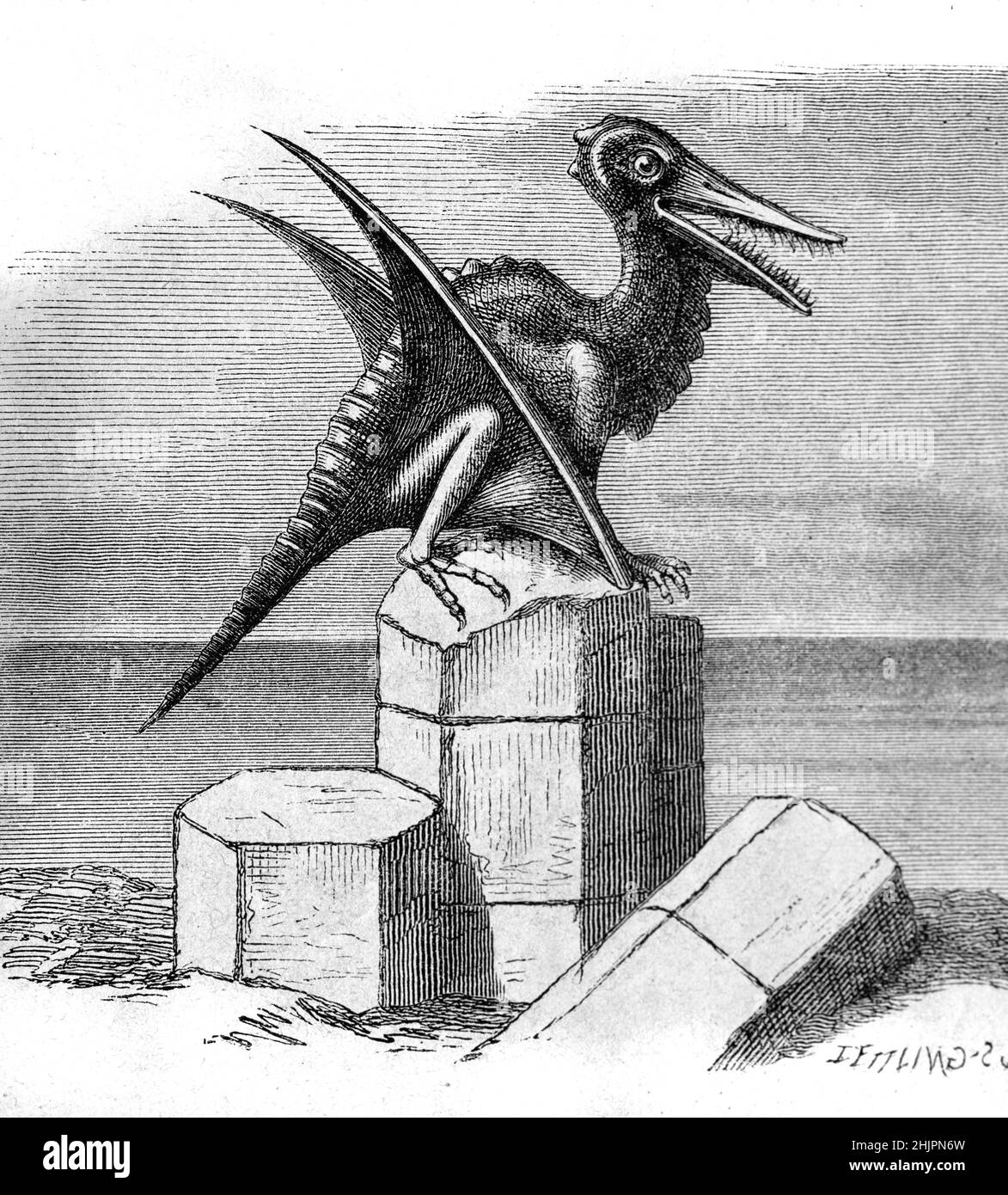 Early Artist's Impression of a Rhamphorhynchus, a genus of extinct long-tailed flying reptiles Pterosaur or Pterosauria Dinosaurs. Vintage Illustration or Engraving 1865 Stock Photohttps://www.alamy.com/image-license-details/?v=1https://www.alamy.com/early-artists-impression-of-a-rhamphorhynchus-a-genus-of-extinct-long-tailed-flying-reptiles-pterosaur-or-pterosauria-dinosaurs-vintage-illustration-or-engraving-1865-image459032977.html
Early Artist's Impression of a Rhamphorhynchus, a genus of extinct long-tailed flying reptiles Pterosaur or Pterosauria Dinosaurs. Vintage Illustration or Engraving 1865 Stock Photohttps://www.alamy.com/image-license-details/?v=1https://www.alamy.com/early-artists-impression-of-a-rhamphorhynchus-a-genus-of-extinct-long-tailed-flying-reptiles-pterosaur-or-pterosauria-dinosaurs-vintage-illustration-or-engraving-1865-image459032977.htmlRM2HJPN6W–Early Artist's Impression of a Rhamphorhynchus, a genus of extinct long-tailed flying reptiles Pterosaur or Pterosauria Dinosaurs. Vintage Illustration or Engraving 1865
 Fosilized skeleton of an extinct marine turtle, Museum of Natural History, Washington, DC, USA Stock Photohttps://www.alamy.com/image-license-details/?v=1https://www.alamy.com/fosilized-skeleton-of-an-extinct-marine-turtle-museum-of-natural-history-washington-dc-usa-image544618596.html
Fosilized skeleton of an extinct marine turtle, Museum of Natural History, Washington, DC, USA Stock Photohttps://www.alamy.com/image-license-details/?v=1https://www.alamy.com/fosilized-skeleton-of-an-extinct-marine-turtle-museum-of-natural-history-washington-dc-usa-image544618596.htmlRM2PJ1EG4–Fosilized skeleton of an extinct marine turtle, Museum of Natural History, Washington, DC, USA
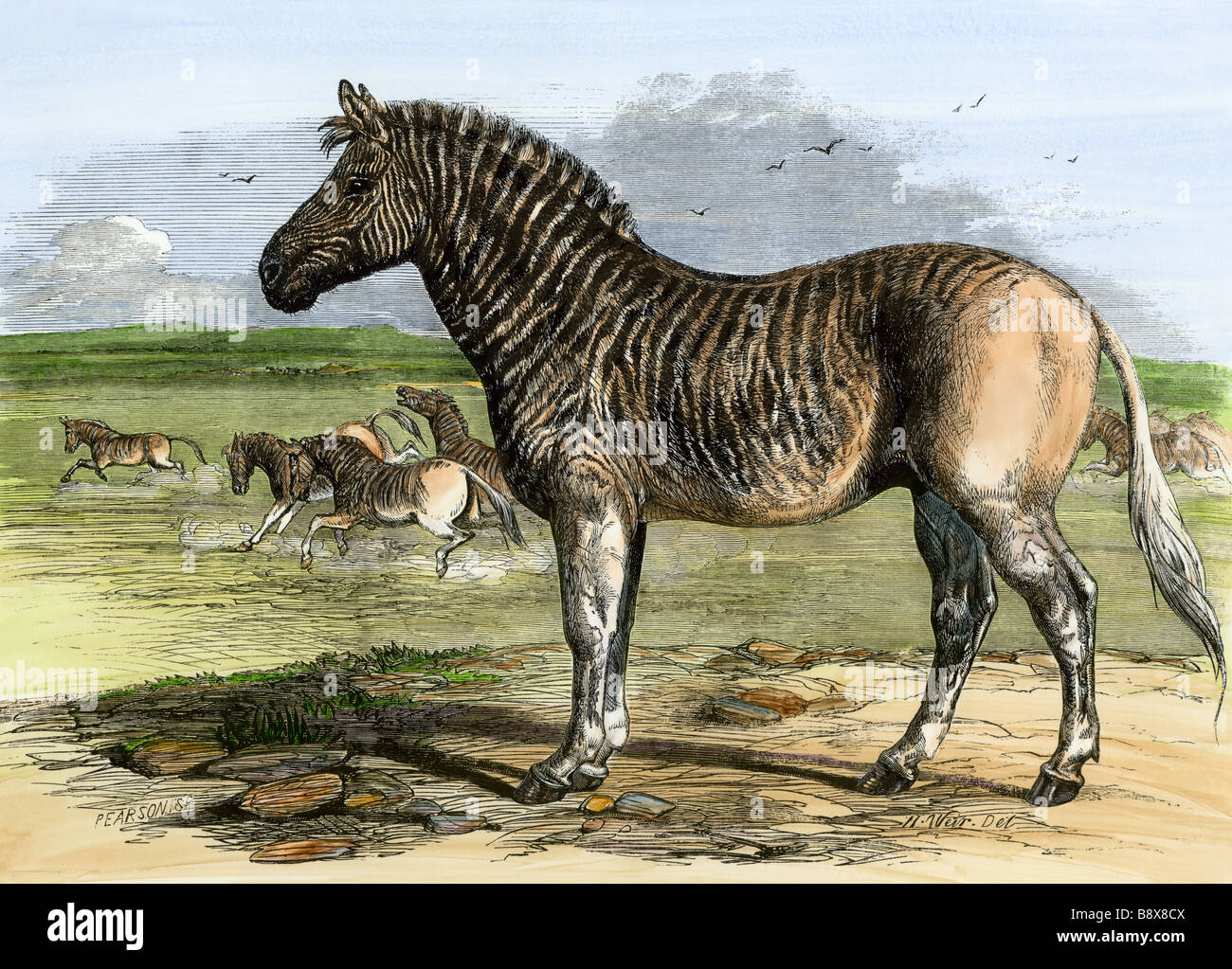 South African Quagga, now extinct, in the London Zoo, 1850s. Hand-colored woodcut Stock Photohttps://www.alamy.com/image-license-details/?v=1https://www.alamy.com/stock-photo-south-african-quagga-now-extinct-in-the-london-zoo-1850s-hand-colored-22705002.html
South African Quagga, now extinct, in the London Zoo, 1850s. Hand-colored woodcut Stock Photohttps://www.alamy.com/image-license-details/?v=1https://www.alamy.com/stock-photo-south-african-quagga-now-extinct-in-the-london-zoo-1850s-hand-colored-22705002.htmlRMB8X8CX–South African Quagga, now extinct, in the London Zoo, 1850s. Hand-colored woodcut
 Ambulocetus (Ambulocetus natans), primitive extinct species of wales Stock Photohttps://www.alamy.com/image-license-details/?v=1https://www.alamy.com/stock-photo-ambulocetus-ambulocetus-natans-primitive-extinct-species-of-wales-76151544.html
Ambulocetus (Ambulocetus natans), primitive extinct species of wales Stock Photohttps://www.alamy.com/image-license-details/?v=1https://www.alamy.com/stock-photo-ambulocetus-ambulocetus-natans-primitive-extinct-species-of-wales-76151544.htmlRMEBW020–Ambulocetus (Ambulocetus natans), primitive extinct species of wales
 Extinct Irish Elk, Megaloceros giganteus Stock Photohttps://www.alamy.com/image-license-details/?v=1https://www.alamy.com/extinct-irish-elk-megaloceros-giganteus-image352799264.html
Extinct Irish Elk, Megaloceros giganteus Stock Photohttps://www.alamy.com/image-license-details/?v=1https://www.alamy.com/extinct-irish-elk-megaloceros-giganteus-image352799264.htmlRM2BDYB1M–Extinct Irish Elk, Megaloceros giganteus
 Endangered Pitt Shag (Phalacrocorax featherstoni) on the Chatham Islands, New Zealand. A nearly extinct species of bird. Stock Photohttps://www.alamy.com/image-license-details/?v=1https://www.alamy.com/endangered-pitt-shag-phalacrocorax-featherstoni-on-the-chatham-islands-new-zealand-a-nearly-extinct-species-of-bird-image245600402.html
Endangered Pitt Shag (Phalacrocorax featherstoni) on the Chatham Islands, New Zealand. A nearly extinct species of bird. Stock Photohttps://www.alamy.com/image-license-details/?v=1https://www.alamy.com/endangered-pitt-shag-phalacrocorax-featherstoni-on-the-chatham-islands-new-zealand-a-nearly-extinct-species-of-bird-image245600402.htmlRMT7G1PX–Endangered Pitt Shag (Phalacrocorax featherstoni) on the Chatham Islands, New Zealand. A nearly extinct species of bird.
 Skull of a Homo heidelbergensis, an extinct species or subspecies of archaic humans in the genus Homo, which radiated in the Middle Pleistocene Stock Photohttps://www.alamy.com/image-license-details/?v=1https://www.alamy.com/skull-of-a-homo-heidelbergensis-an-extinct-species-or-subspecies-of-archaic-humans-in-the-genus-homo-which-radiated-in-the-middle-pleistocene-image377032195.html
Skull of a Homo heidelbergensis, an extinct species or subspecies of archaic humans in the genus Homo, which radiated in the Middle Pleistocene Stock Photohttps://www.alamy.com/image-license-details/?v=1https://www.alamy.com/skull-of-a-homo-heidelbergensis-an-extinct-species-or-subspecies-of-archaic-humans-in-the-genus-homo-which-radiated-in-the-middle-pleistocene-image377032195.htmlRM2CWB8BF–Skull of a Homo heidelbergensis, an extinct species or subspecies of archaic humans in the genus Homo, which radiated in the Middle Pleistocene
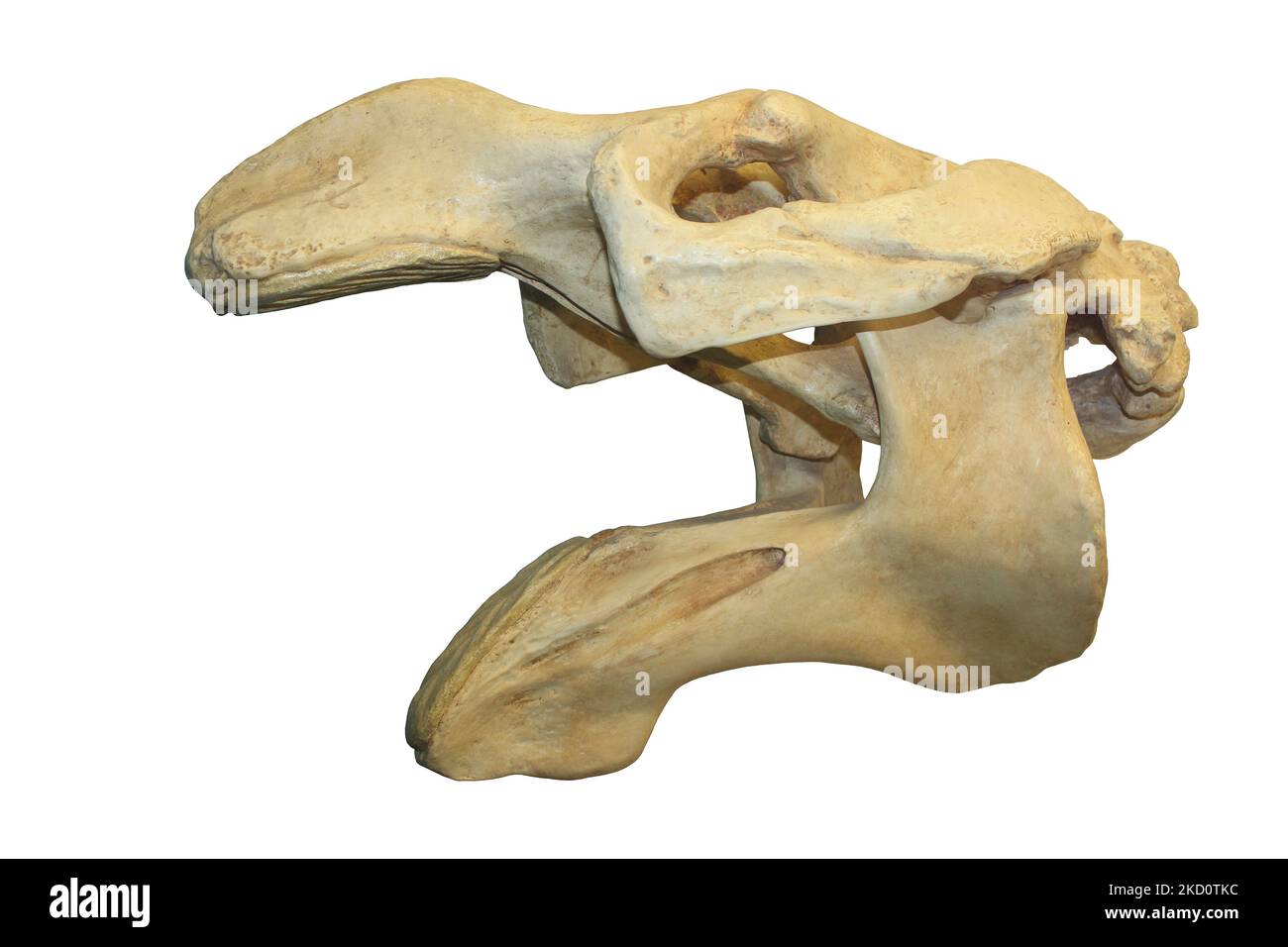 Steller's sea cow (Hydrodamalis gigas) Stock Photohttps://www.alamy.com/image-license-details/?v=1https://www.alamy.com/stellers-sea-cow-hydrodamalis-gigas-image489900192.html
Steller's sea cow (Hydrodamalis gigas) Stock Photohttps://www.alamy.com/image-license-details/?v=1https://www.alamy.com/stellers-sea-cow-hydrodamalis-gigas-image489900192.htmlRM2KD0TKC–Steller's sea cow (Hydrodamalis gigas)
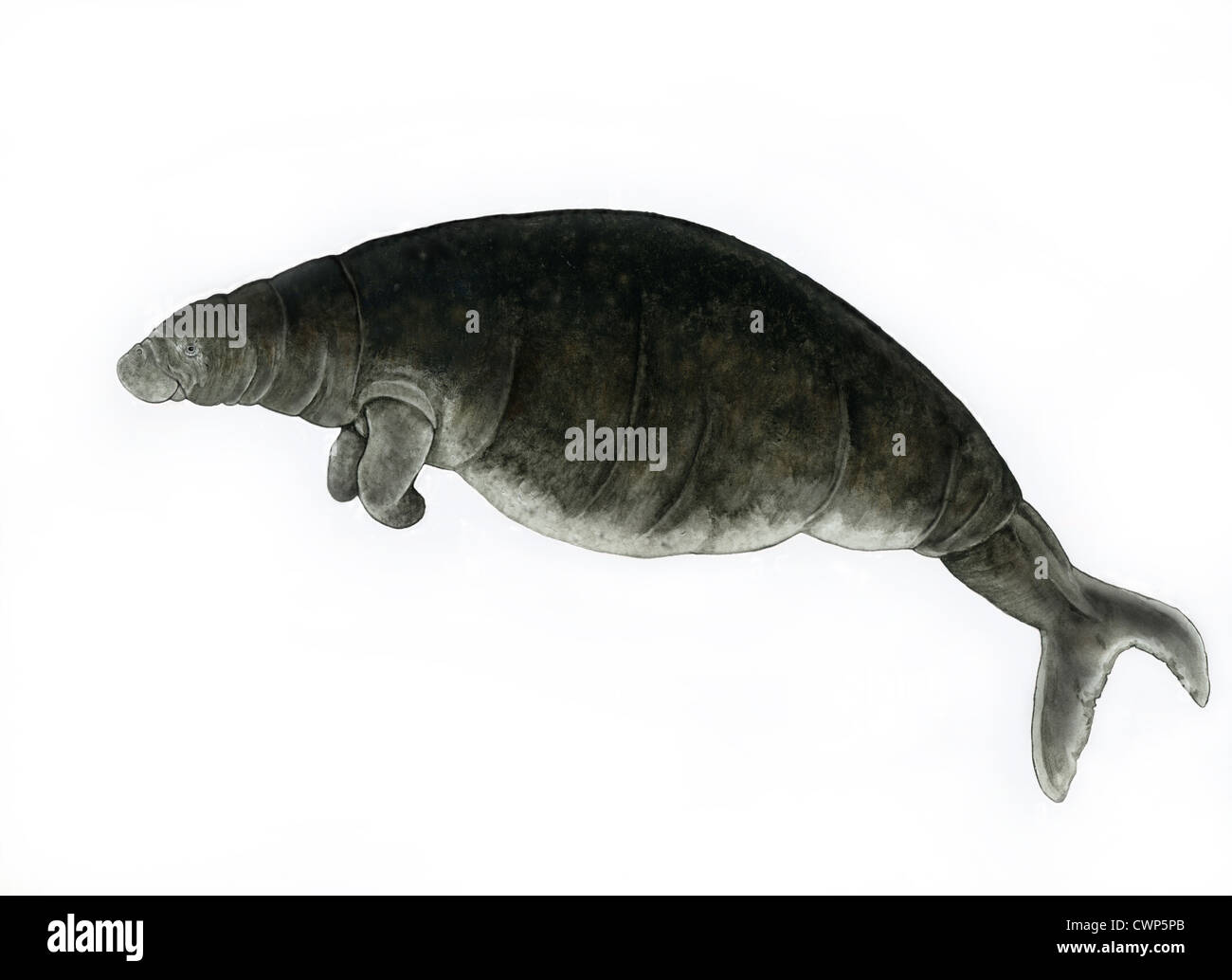 Steller's Sea Cow (Hydrodamalis gigas) extinct species, illustration Stock Photohttps://www.alamy.com/image-license-details/?v=1https://www.alamy.com/stock-photo-stellers-sea-cow-hydrodamalis-gigas-extinct-species-illustration-50274627.html
Steller's Sea Cow (Hydrodamalis gigas) extinct species, illustration Stock Photohttps://www.alamy.com/image-license-details/?v=1https://www.alamy.com/stock-photo-stellers-sea-cow-hydrodamalis-gigas-extinct-species-illustration-50274627.htmlRMCWP5PB–Steller's Sea Cow (Hydrodamalis gigas) extinct species, illustration
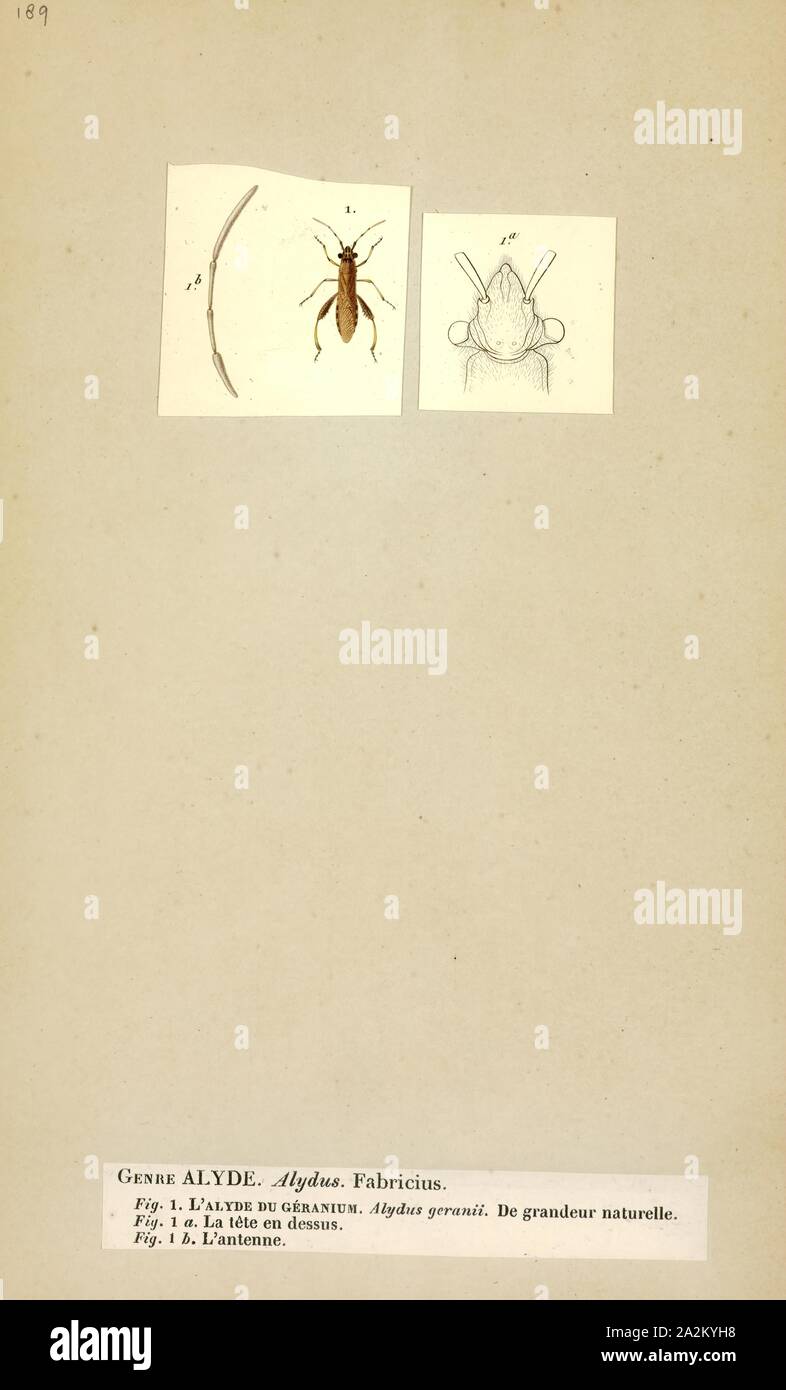 Alydus, Print, Alydus is a genus of broad-headed bugs in the family Alydidae. There are about 11 described species in Alydus, including 2 extinct species Stock Photohttps://www.alamy.com/image-license-details/?v=1https://www.alamy.com/alydus-print-alydus-is-a-genus-of-broad-headed-bugs-in-the-family-alydidae-there-are-about-11-described-species-in-alydus-including-2-extinct-species-image328665044.html
Alydus, Print, Alydus is a genus of broad-headed bugs in the family Alydidae. There are about 11 described species in Alydus, including 2 extinct species Stock Photohttps://www.alamy.com/image-license-details/?v=1https://www.alamy.com/alydus-print-alydus-is-a-genus-of-broad-headed-bugs-in-the-family-alydidae-there-are-about-11-described-species-in-alydus-including-2-extinct-species-image328665044.htmlRM2A2KYH8–Alydus, Print, Alydus is a genus of broad-headed bugs in the family Alydidae. There are about 11 described species in Alydus, including 2 extinct species
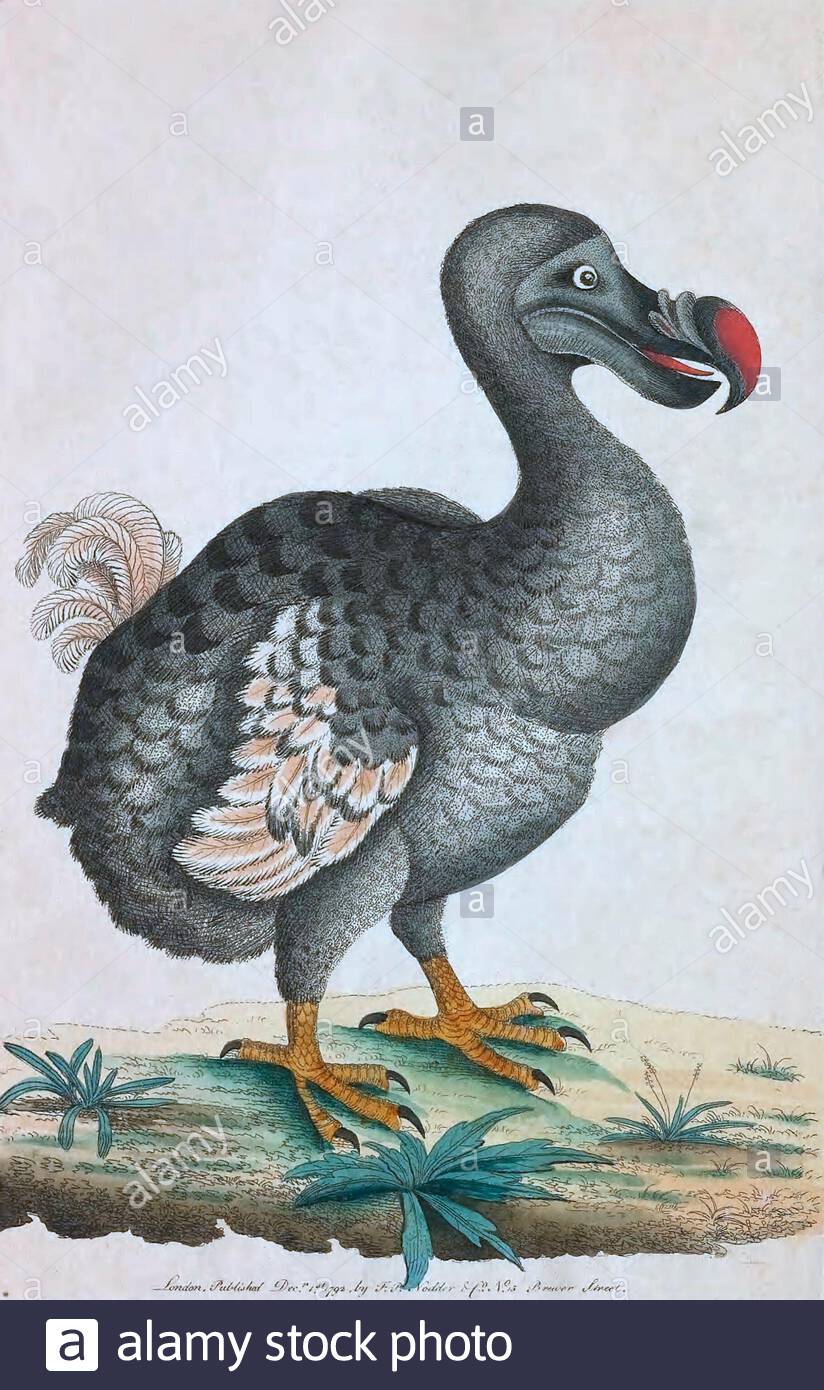 Dodo (Raphus cucullatus), vintage illustration published in The Naturalist's Miscellany from 1789. The Dodo is a species of flightless bird endemic to the island of Mauritius that became extinct in the mid 17th century. Stock Photohttps://www.alamy.com/image-license-details/?v=1https://www.alamy.com/dodo-raphus-cucullatus-vintage-illustration-published-in-the-naturalists-miscellany-from-1789-the-dodo-is-a-species-of-flightless-bird-endemic-to-the-island-of-mauritius-that-became-extinct-in-the-mid-17th-century-image350857677.html
Dodo (Raphus cucullatus), vintage illustration published in The Naturalist's Miscellany from 1789. The Dodo is a species of flightless bird endemic to the island of Mauritius that became extinct in the mid 17th century. Stock Photohttps://www.alamy.com/image-license-details/?v=1https://www.alamy.com/dodo-raphus-cucullatus-vintage-illustration-published-in-the-naturalists-miscellany-from-1789-the-dodo-is-a-species-of-flightless-bird-endemic-to-the-island-of-mauritius-that-became-extinct-in-the-mid-17th-century-image350857677.htmlRM2BAPXF9–Dodo (Raphus cucullatus), vintage illustration published in The Naturalist's Miscellany from 1789. The Dodo is a species of flightless bird endemic to the island of Mauritius that became extinct in the mid 17th century.
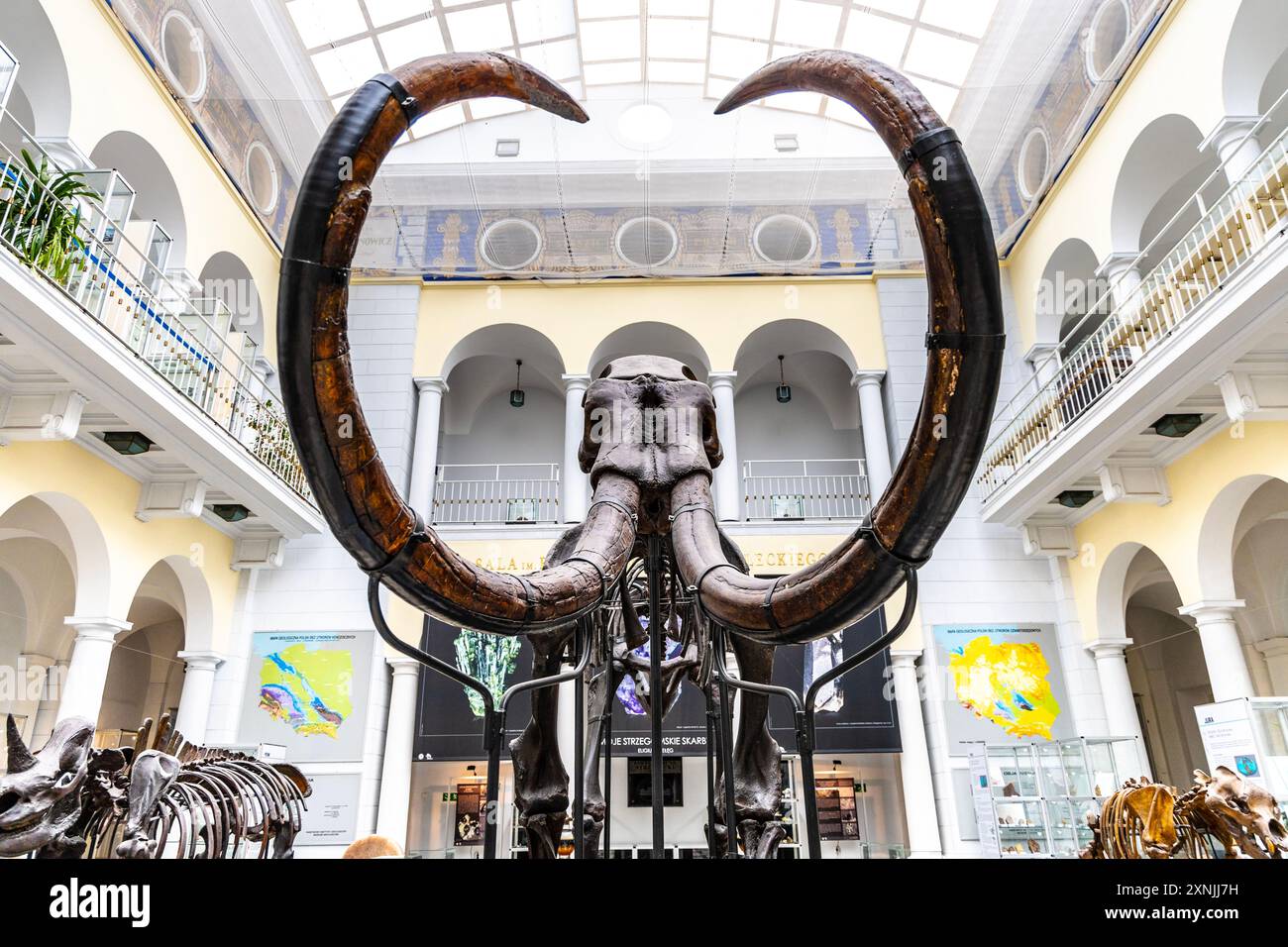 Curved tusks of an extinct species of Wolly Mammoth, Geological Museum, Warsaw, Poland Stock Photohttps://www.alamy.com/image-license-details/?v=1https://www.alamy.com/curved-tusks-of-an-extinct-species-of-wolly-mammoth-geological-museum-warsaw-poland-image615680117.html
Curved tusks of an extinct species of Wolly Mammoth, Geological Museum, Warsaw, Poland Stock Photohttps://www.alamy.com/image-license-details/?v=1https://www.alamy.com/curved-tusks-of-an-extinct-species-of-wolly-mammoth-geological-museum-warsaw-poland-image615680117.htmlRM2XNJJ7H–Curved tusks of an extinct species of Wolly Mammoth, Geological Museum, Warsaw, Poland
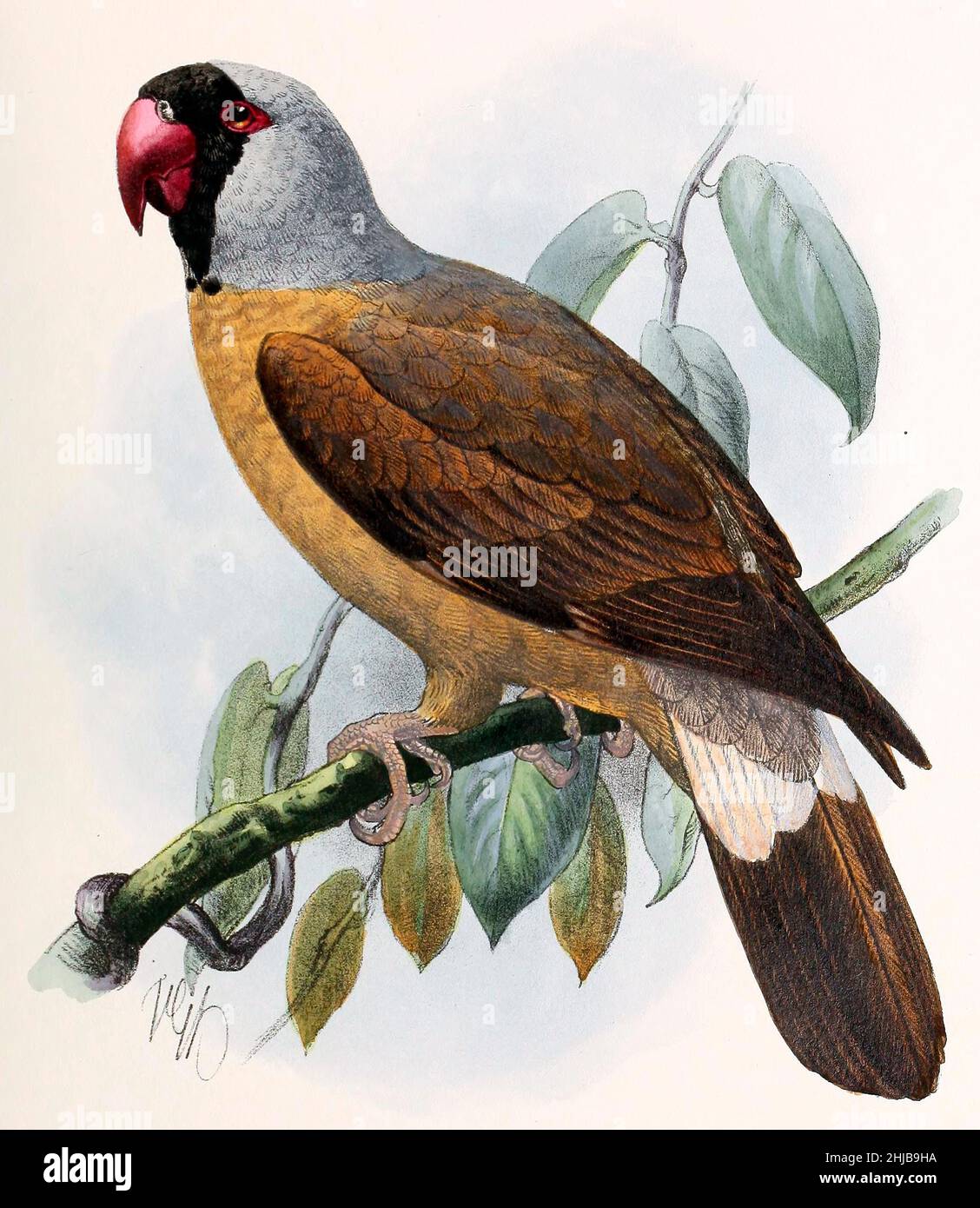 Mascarene parrot or mascarin (Mascarinus mascarinus) is an extinct species of parrot that was endemic to the Mascarene island of Réunion in the western Indian Ocean. 1893 illustration by John Gerrard Keulemans, based on the specimen in Muséum National d'Histoire Naturelle in Paris, one of two in existence Stock Photohttps://www.alamy.com/image-license-details/?v=1https://www.alamy.com/mascarene-parrot-or-mascarin-mascarinus-mascarinus-is-an-extinct-species-of-parrot-that-was-endemic-to-the-mascarene-island-of-runion-in-the-western-indian-ocean-1893-illustration-by-john-gerrard-keulemans-based-on-the-specimen-in-musum-national-dhistoire-naturelle-in-paris-one-of-two-in-existence-image458782390.html
Mascarene parrot or mascarin (Mascarinus mascarinus) is an extinct species of parrot that was endemic to the Mascarene island of Réunion in the western Indian Ocean. 1893 illustration by John Gerrard Keulemans, based on the specimen in Muséum National d'Histoire Naturelle in Paris, one of two in existence Stock Photohttps://www.alamy.com/image-license-details/?v=1https://www.alamy.com/mascarene-parrot-or-mascarin-mascarinus-mascarinus-is-an-extinct-species-of-parrot-that-was-endemic-to-the-mascarene-island-of-runion-in-the-western-indian-ocean-1893-illustration-by-john-gerrard-keulemans-based-on-the-specimen-in-musum-national-dhistoire-naturelle-in-paris-one-of-two-in-existence-image458782390.htmlRF2HJB9HA–Mascarene parrot or mascarin (Mascarinus mascarinus) is an extinct species of parrot that was endemic to the Mascarene island of Réunion in the western Indian Ocean. 1893 illustration by John Gerrard Keulemans, based on the specimen in Muséum National d'Histoire Naturelle in Paris, one of two in existence
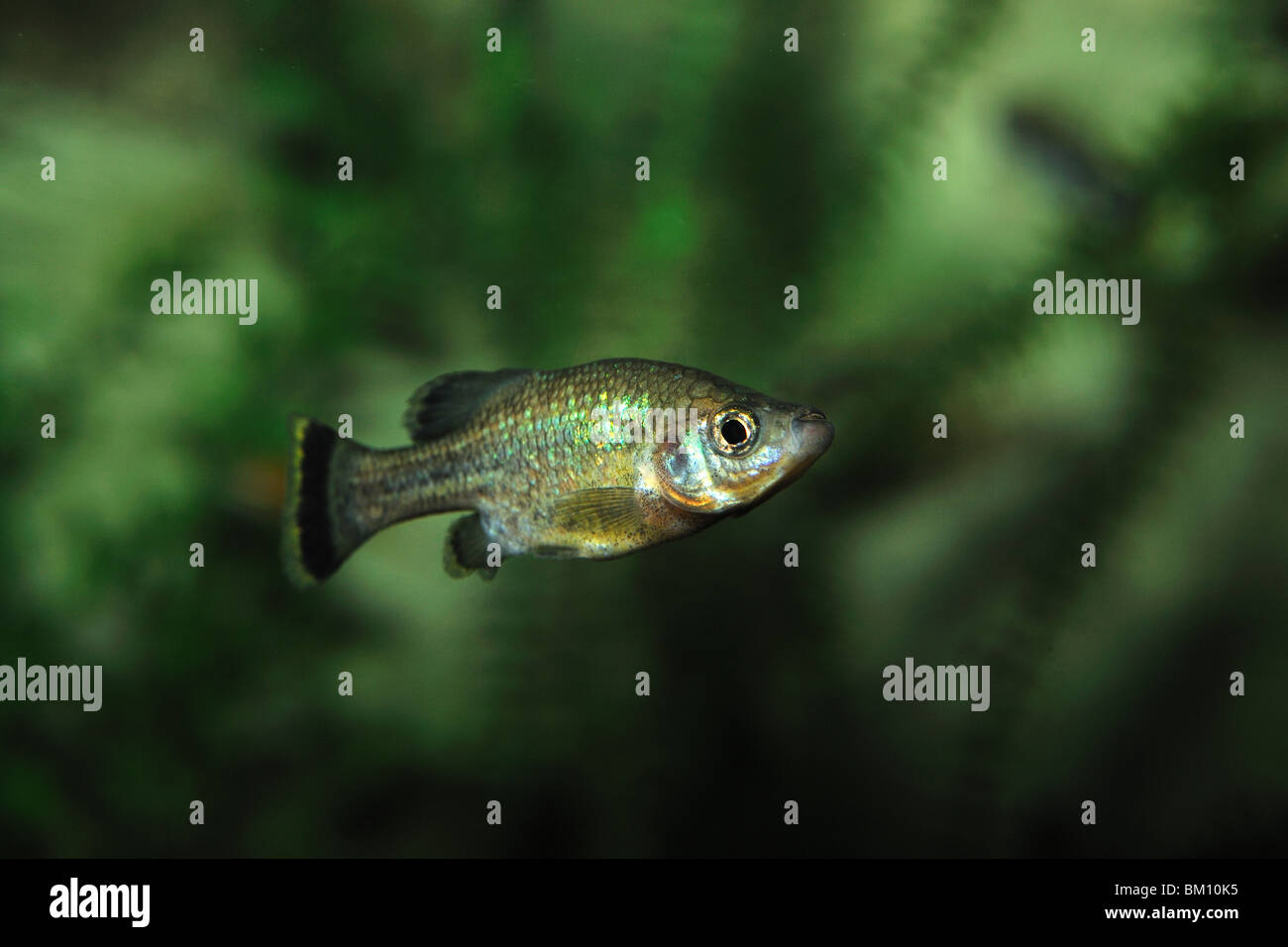 Butterfly splitfin, Ameca splendens, extinct in wild, captive Stock Photohttps://www.alamy.com/image-license-details/?v=1https://www.alamy.com/stock-photo-butterfly-splitfin-ameca-splendens-extinct-in-wild-captive-29525977.html
Butterfly splitfin, Ameca splendens, extinct in wild, captive Stock Photohttps://www.alamy.com/image-license-details/?v=1https://www.alamy.com/stock-photo-butterfly-splitfin-ameca-splendens-extinct-in-wild-captive-29525977.htmlRMBM10K5–Butterfly splitfin, Ameca splendens, extinct in wild, captive
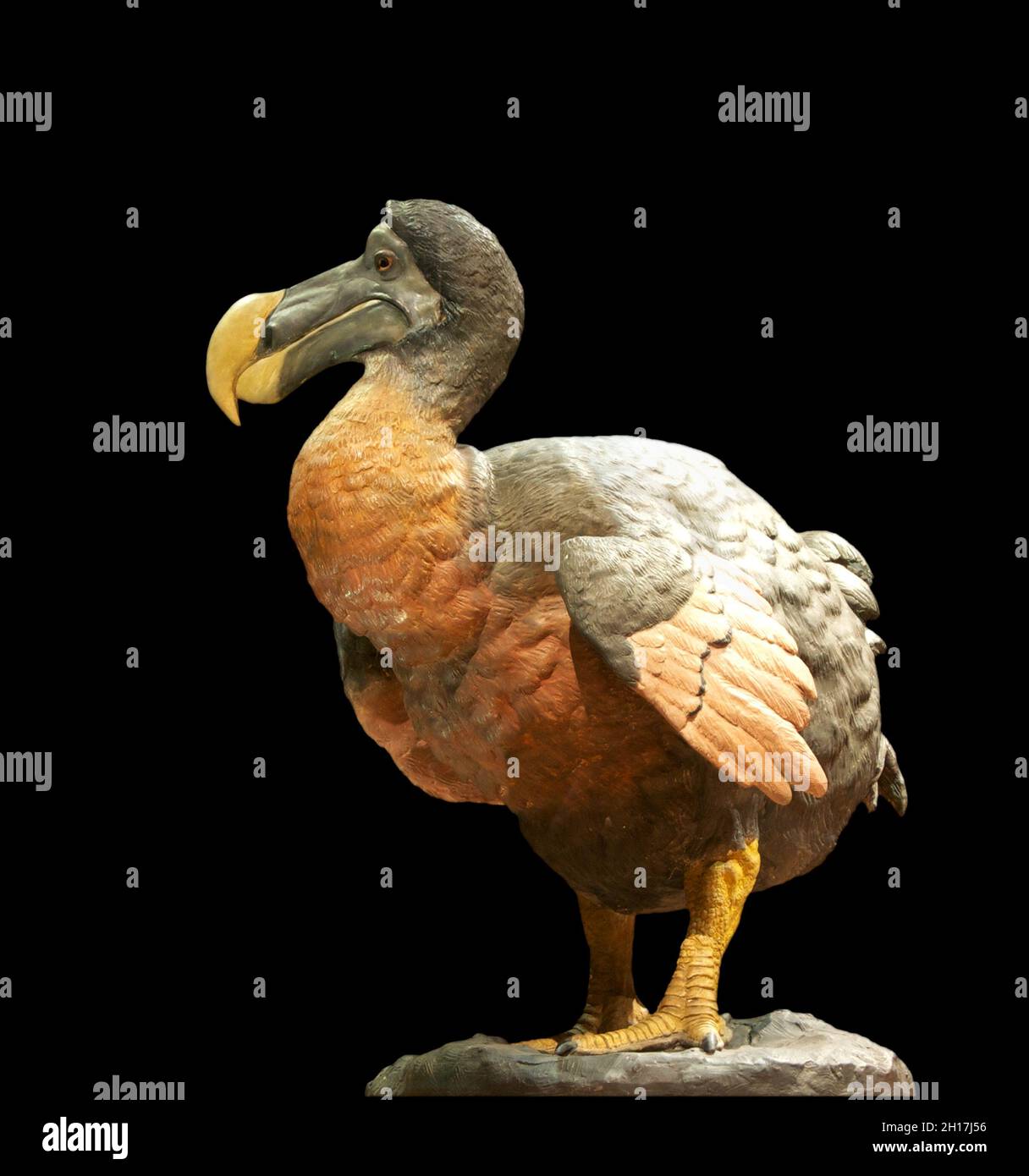 Dodo - Modern reconstruction of a dodo at the National Museum of Natural History in Paris. Stock Photohttps://www.alamy.com/image-license-details/?v=1https://www.alamy.com/dodo-modern-reconstruction-of-a-dodo-at-the-national-museum-of-natural-history-in-paris-image448252146.html
Dodo - Modern reconstruction of a dodo at the National Museum of Natural History in Paris. Stock Photohttps://www.alamy.com/image-license-details/?v=1https://www.alamy.com/dodo-modern-reconstruction-of-a-dodo-at-the-national-museum-of-natural-history-in-paris-image448252146.htmlRF2H17J56–Dodo - Modern reconstruction of a dodo at the National Museum of Natural History in Paris.
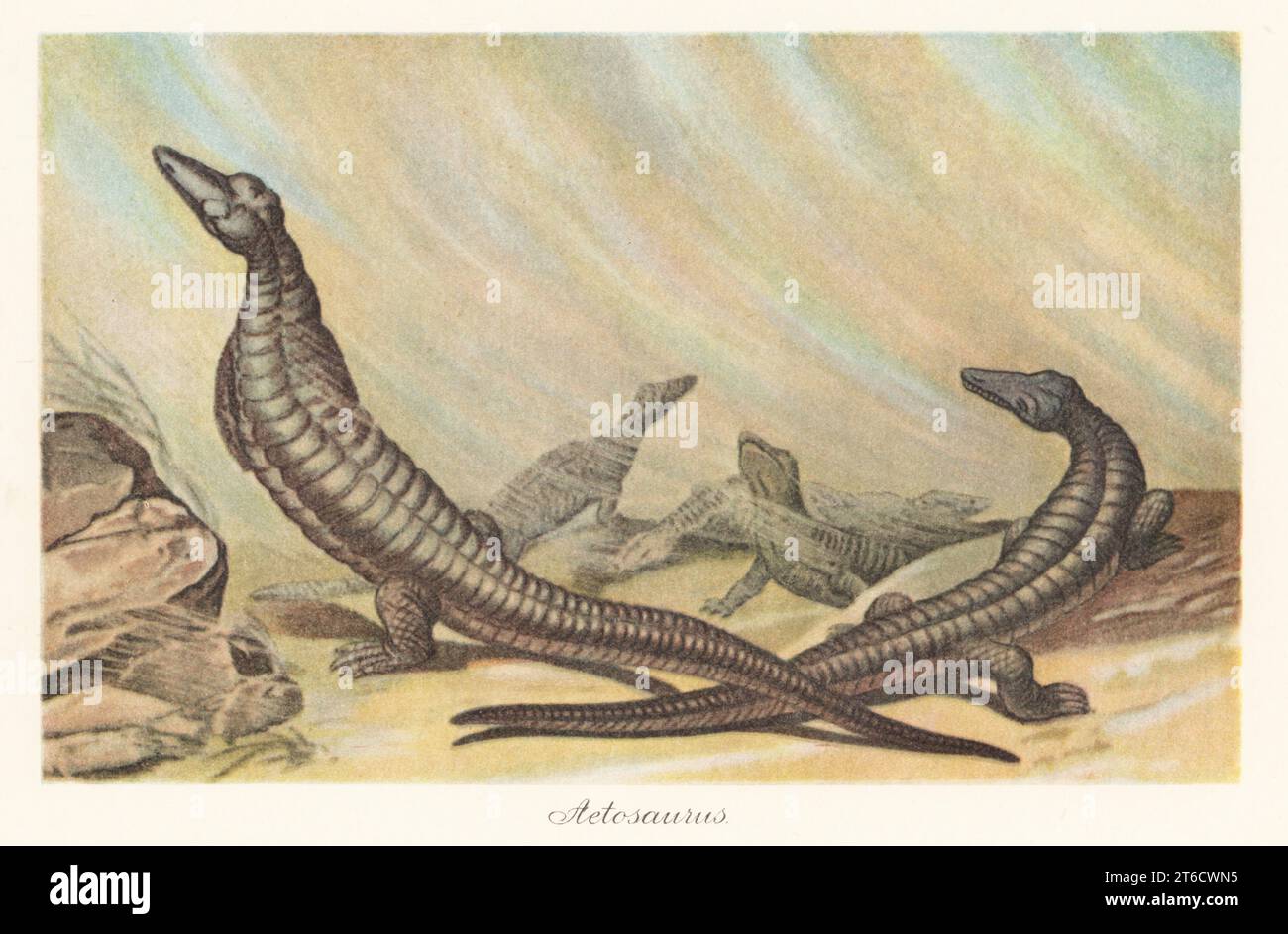 Reconstruction of Aetosaurus ferratus, extinct species of archosaur reptile, in a sand storm, Norian era. Aetosaurus. Colour printed illustration by F. John from Wilhelm Bolsches Tiere der Urwelt (Animals of the Prehistoric World), Reichardt Cocoa company, Hamburg, 1908. Stock Photohttps://www.alamy.com/image-license-details/?v=1https://www.alamy.com/reconstruction-of-aetosaurus-ferratus-extinct-species-of-archosaur-reptile-in-a-sand-storm-norian-era-aetosaurus-colour-printed-illustration-by-f-john-from-wilhelm-bolsches-tiere-der-urwelt-animals-of-the-prehistoric-world-reichardt-cocoa-company-hamburg-1908-image571913697.html
Reconstruction of Aetosaurus ferratus, extinct species of archosaur reptile, in a sand storm, Norian era. Aetosaurus. Colour printed illustration by F. John from Wilhelm Bolsches Tiere der Urwelt (Animals of the Prehistoric World), Reichardt Cocoa company, Hamburg, 1908. Stock Photohttps://www.alamy.com/image-license-details/?v=1https://www.alamy.com/reconstruction-of-aetosaurus-ferratus-extinct-species-of-archosaur-reptile-in-a-sand-storm-norian-era-aetosaurus-colour-printed-illustration-by-f-john-from-wilhelm-bolsches-tiere-der-urwelt-animals-of-the-prehistoric-world-reichardt-cocoa-company-hamburg-1908-image571913697.htmlRM2T6CWN5–Reconstruction of Aetosaurus ferratus, extinct species of archosaur reptile, in a sand storm, Norian era. Aetosaurus. Colour printed illustration by F. John from Wilhelm Bolsches Tiere der Urwelt (Animals of the Prehistoric World), Reichardt Cocoa company, Hamburg, 1908.
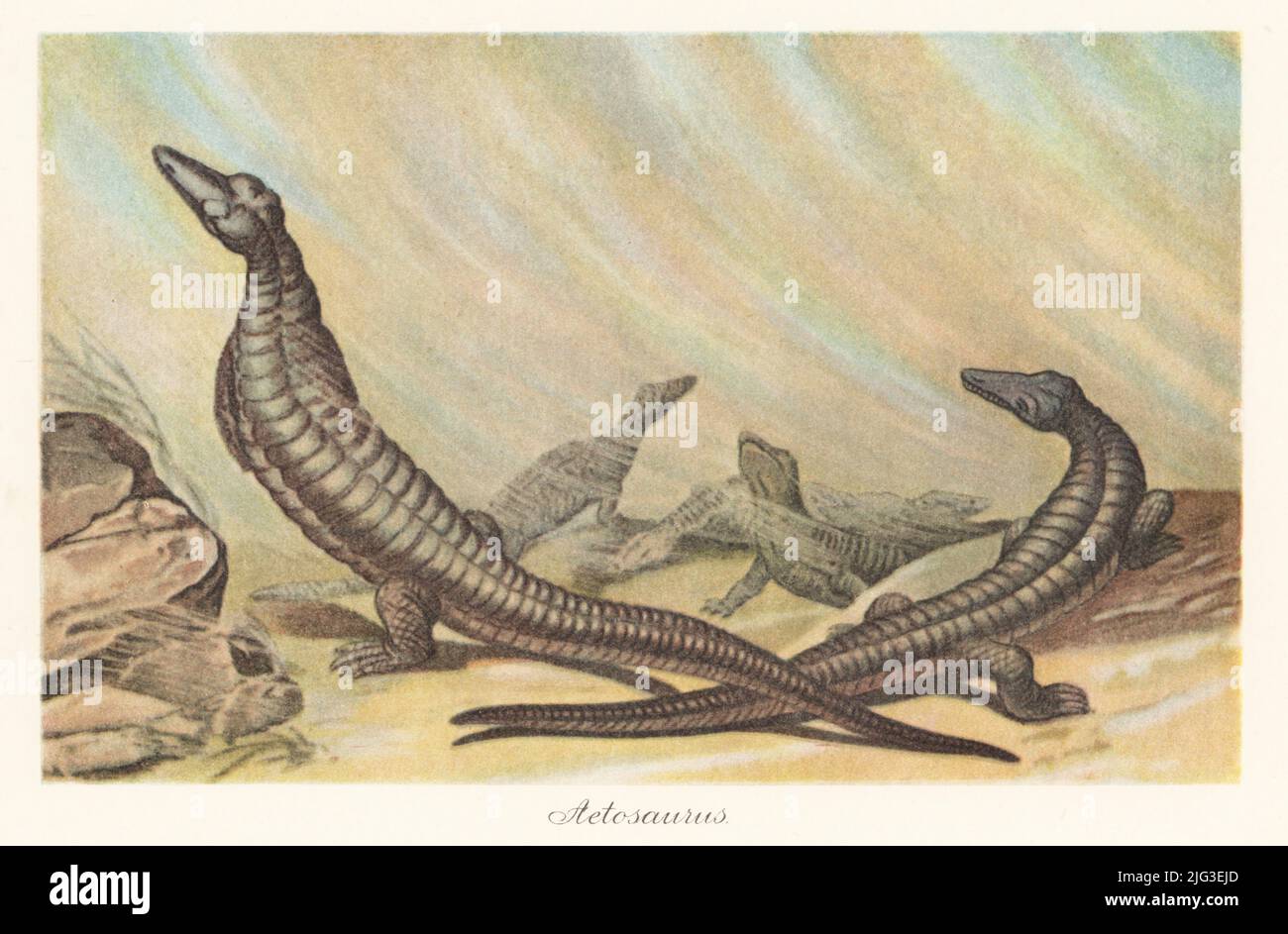 Reconstruction of Aetosaurus ferratus, extinct species of archosaur reptile, in a sand storm, Norian era. Aetosaurus. Colour printed illustration by F. John from Wilhelm Bolsche’s Tiere der Urwelt (Animals of the Prehistoric World), Reichardt Cocoa company, Hamburg, 1908. Stock Photohttps://www.alamy.com/image-license-details/?v=1https://www.alamy.com/reconstruction-of-aetosaurus-ferratus-extinct-species-of-archosaur-reptile-in-a-sand-storm-norian-era-aetosaurus-colour-printed-illustration-by-f-john-from-wilhelm-bolsches-tiere-der-urwelt-animals-of-the-prehistoric-world-reichardt-cocoa-company-hamburg-1908-image474591781.html
Reconstruction of Aetosaurus ferratus, extinct species of archosaur reptile, in a sand storm, Norian era. Aetosaurus. Colour printed illustration by F. John from Wilhelm Bolsche’s Tiere der Urwelt (Animals of the Prehistoric World), Reichardt Cocoa company, Hamburg, 1908. Stock Photohttps://www.alamy.com/image-license-details/?v=1https://www.alamy.com/reconstruction-of-aetosaurus-ferratus-extinct-species-of-archosaur-reptile-in-a-sand-storm-norian-era-aetosaurus-colour-printed-illustration-by-f-john-from-wilhelm-bolsches-tiere-der-urwelt-animals-of-the-prehistoric-world-reichardt-cocoa-company-hamburg-1908-image474591781.htmlRM2JG3EJD–Reconstruction of Aetosaurus ferratus, extinct species of archosaur reptile, in a sand storm, Norian era. Aetosaurus. Colour printed illustration by F. John from Wilhelm Bolsche’s Tiere der Urwelt (Animals of the Prehistoric World), Reichardt Cocoa company, Hamburg, 1908.
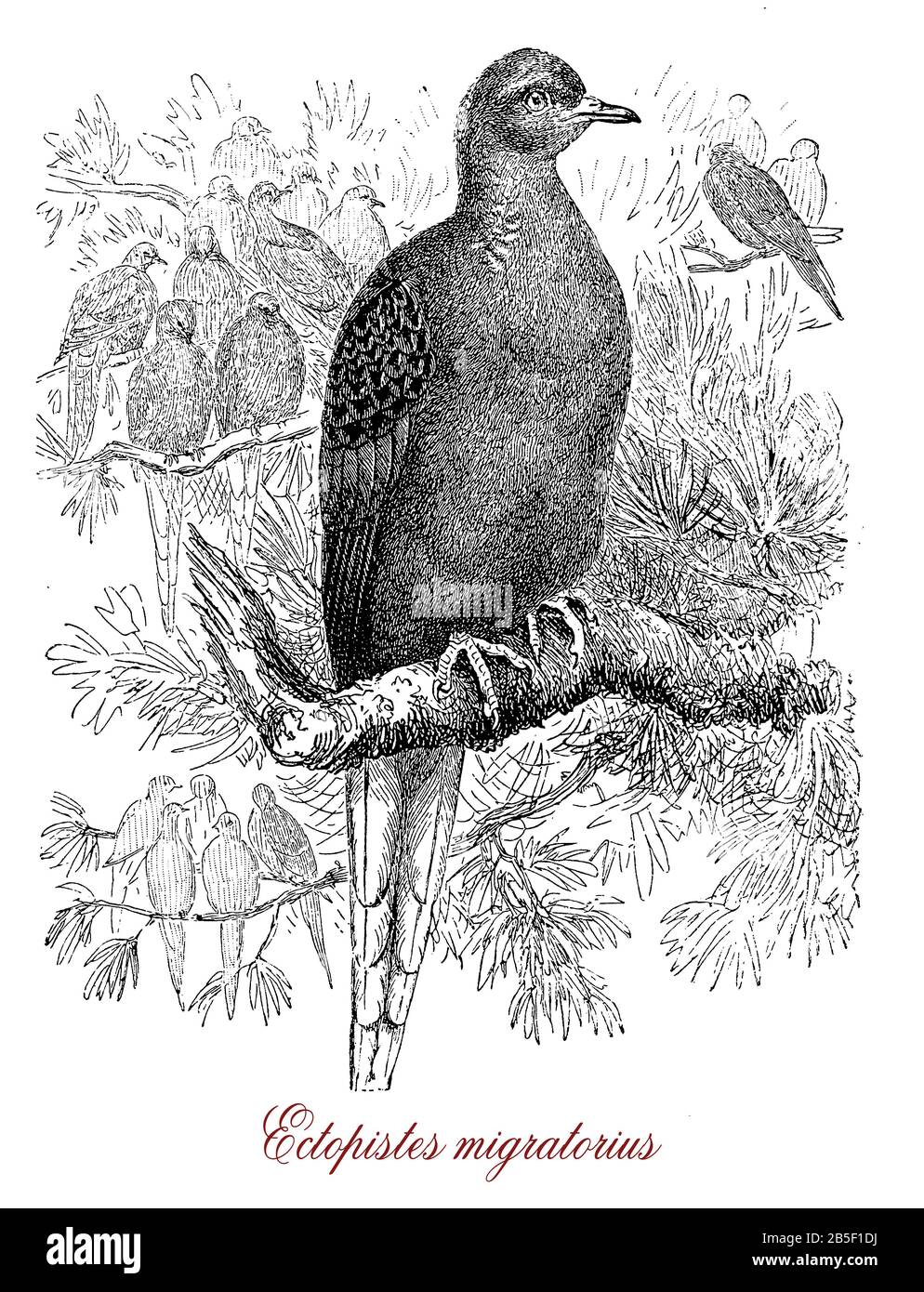 Passenger pigeon or ectopistes migratorius, migratory extinct species of pigeon endemic to North America Stock Photohttps://www.alamy.com/image-license-details/?v=1https://www.alamy.com/passenger-pigeon-or-ectopistes-migratorius-migratory-extinct-species-of-pigeon-endemic-to-north-america-image347611086.html
Passenger pigeon or ectopistes migratorius, migratory extinct species of pigeon endemic to North America Stock Photohttps://www.alamy.com/image-license-details/?v=1https://www.alamy.com/passenger-pigeon-or-ectopistes-migratorius-migratory-extinct-species-of-pigeon-endemic-to-north-america-image347611086.htmlRF2B5F1DJ–Passenger pigeon or ectopistes migratorius, migratory extinct species of pigeon endemic to North America
 Paleontologist Iwan Kurniawan is standing at the excavation site of fossilized bones of an extinct elephant species scientifically identified as Elephas hysudrindicus, or popularly called 'Blora elephant', in Sunggun, Mendalem, Kradenan, Blora, Central Java, Indonesia. The team of scientists from Vertebrate Research (Geological Agency, Indonesian Ministry of Energy and Mineral Resources) led by Kurniawan himself with Fachroel Aziz discovered the species' bones almost entirely (around 90 percent complete) that later would allow them to build a scientific reconstruction, which is displayed at... Stock Photohttps://www.alamy.com/image-license-details/?v=1https://www.alamy.com/paleontologist-iwan-kurniawan-is-standing-at-the-excavation-site-of-fossilized-bones-of-an-extinct-elephant-species-scientifically-identified-as-elephas-hysudrindicus-or-popularly-called-blora-elephant-in-sunggun-mendalem-kradenan-blora-central-java-indonesia-the-team-of-scientists-from-vertebrate-research-geological-agency-indonesian-ministry-of-energy-and-mineral-resources-led-by-kurniawan-himself-with-fachroel-aziz-discovered-the-species-bones-almost-entirely-around-90-percent-complete-that-later-would-allow-them-to-build-a-scientific-reconstruction-which-is-displayed-at-image540636188.html
Paleontologist Iwan Kurniawan is standing at the excavation site of fossilized bones of an extinct elephant species scientifically identified as Elephas hysudrindicus, or popularly called 'Blora elephant', in Sunggun, Mendalem, Kradenan, Blora, Central Java, Indonesia. The team of scientists from Vertebrate Research (Geological Agency, Indonesian Ministry of Energy and Mineral Resources) led by Kurniawan himself with Fachroel Aziz discovered the species' bones almost entirely (around 90 percent complete) that later would allow them to build a scientific reconstruction, which is displayed at... Stock Photohttps://www.alamy.com/image-license-details/?v=1https://www.alamy.com/paleontologist-iwan-kurniawan-is-standing-at-the-excavation-site-of-fossilized-bones-of-an-extinct-elephant-species-scientifically-identified-as-elephas-hysudrindicus-or-popularly-called-blora-elephant-in-sunggun-mendalem-kradenan-blora-central-java-indonesia-the-team-of-scientists-from-vertebrate-research-geological-agency-indonesian-ministry-of-energy-and-mineral-resources-led-by-kurniawan-himself-with-fachroel-aziz-discovered-the-species-bones-almost-entirely-around-90-percent-complete-that-later-would-allow-them-to-build-a-scientific-reconstruction-which-is-displayed-at-image540636188.htmlRM2PBG2Y8–Paleontologist Iwan Kurniawan is standing at the excavation site of fossilized bones of an extinct elephant species scientifically identified as Elephas hysudrindicus, or popularly called 'Blora elephant', in Sunggun, Mendalem, Kradenan, Blora, Central Java, Indonesia. The team of scientists from Vertebrate Research (Geological Agency, Indonesian Ministry of Energy and Mineral Resources) led by Kurniawan himself with Fachroel Aziz discovered the species' bones almost entirely (around 90 percent complete) that later would allow them to build a scientific reconstruction, which is displayed at...
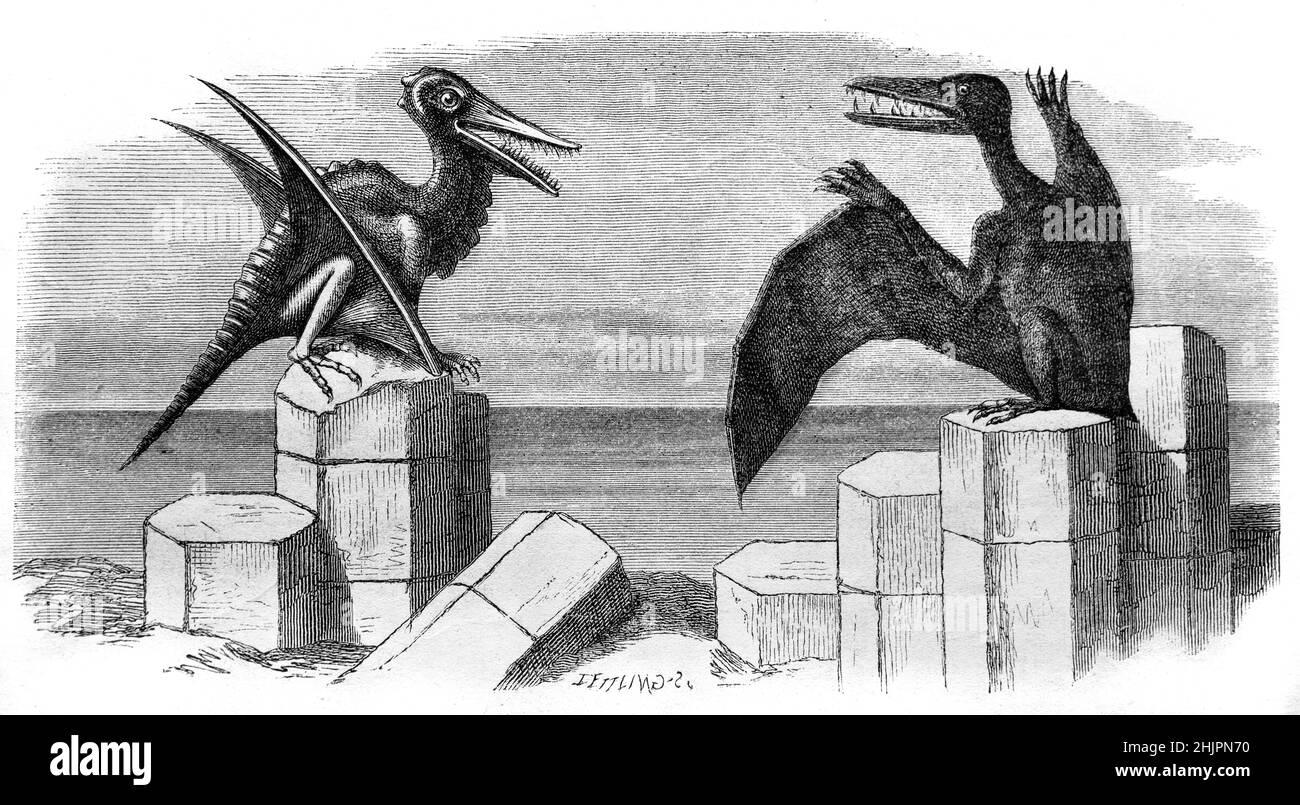 Early Artist's Impression of a long-tailed Rhamphorhynchus (to left) and a Pterodactyl or Pterodactylus antiquus, an extinct flying reptile Pterosaur or Pterosauria Dinosaur. Vintage Illustration or Engraving 1865 Stock Photohttps://www.alamy.com/image-license-details/?v=1https://www.alamy.com/early-artists-impression-of-a-long-tailed-rhamphorhynchus-to-left-and-a-pterodactyl-or-pterodactylus-antiquus-an-extinct-flying-reptile-pterosaur-or-pterosauria-dinosaur-vintage-illustration-or-engraving-1865-image459032980.html
Early Artist's Impression of a long-tailed Rhamphorhynchus (to left) and a Pterodactyl or Pterodactylus antiquus, an extinct flying reptile Pterosaur or Pterosauria Dinosaur. Vintage Illustration or Engraving 1865 Stock Photohttps://www.alamy.com/image-license-details/?v=1https://www.alamy.com/early-artists-impression-of-a-long-tailed-rhamphorhynchus-to-left-and-a-pterodactyl-or-pterodactylus-antiquus-an-extinct-flying-reptile-pterosaur-or-pterosauria-dinosaur-vintage-illustration-or-engraving-1865-image459032980.htmlRM2HJPN70–Early Artist's Impression of a long-tailed Rhamphorhynchus (to left) and a Pterodactyl or Pterodactylus antiquus, an extinct flying reptile Pterosaur or Pterosauria Dinosaur. Vintage Illustration or Engraving 1865
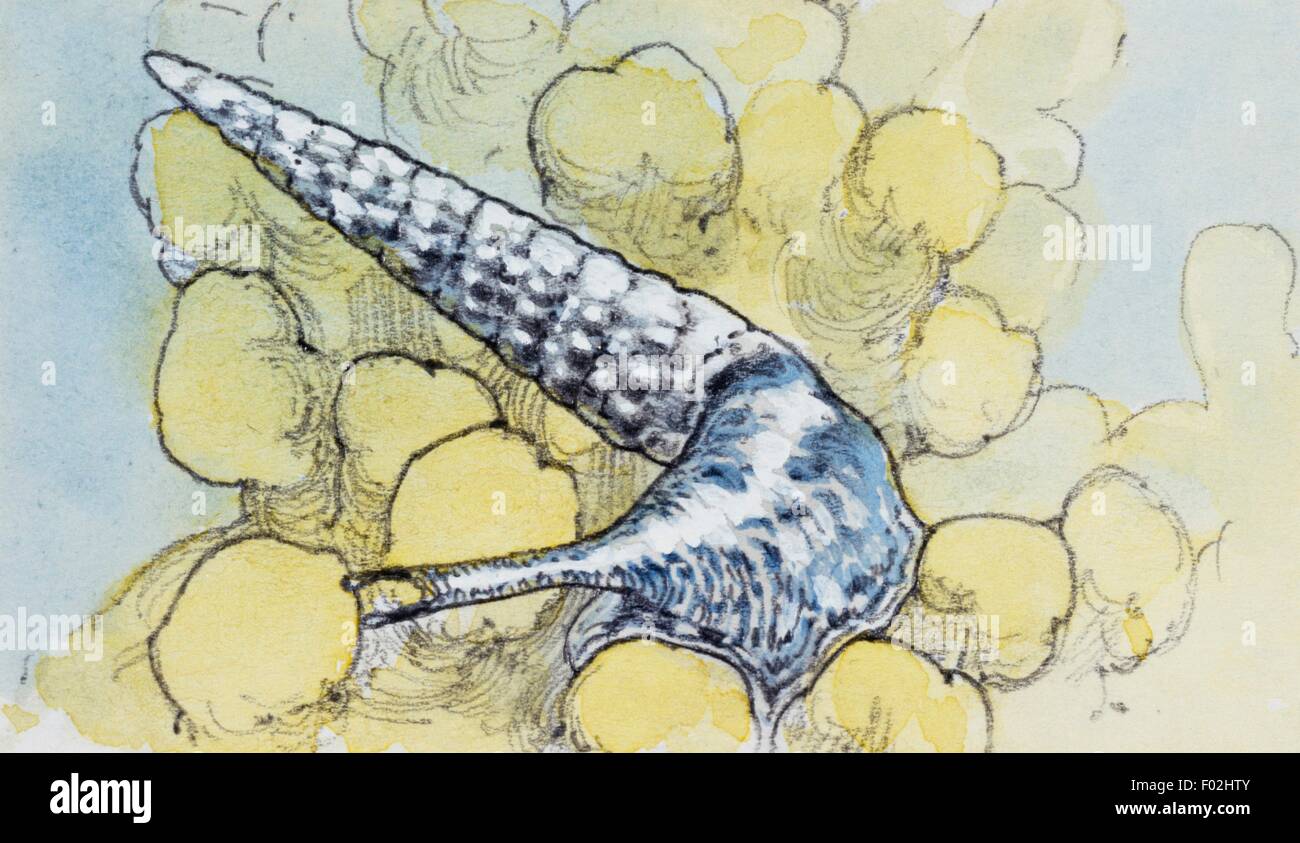 Potamides sp, genus of Gastropods to which many extinct species belong. Drawing. Stock Photohttps://www.alamy.com/image-license-details/?v=1https://www.alamy.com/stock-photo-potamides-sp-genus-of-gastropods-to-which-many-extinct-species-belong-86109771.html
Potamides sp, genus of Gastropods to which many extinct species belong. Drawing. Stock Photohttps://www.alamy.com/image-license-details/?v=1https://www.alamy.com/stock-photo-potamides-sp-genus-of-gastropods-to-which-many-extinct-species-belong-86109771.htmlRMF02HTY–Potamides sp, genus of Gastropods to which many extinct species belong. Drawing.
 Shooting passenger pigeons which are now extinct for sport in Louisiana 1870s. Hand-colored woodcut Stock Photohttps://www.alamy.com/image-license-details/?v=1https://www.alamy.com/stock-photo-shooting-passenger-pigeons-which-are-now-extinct-for-sport-in-louisiana-17625619.html
Shooting passenger pigeons which are now extinct for sport in Louisiana 1870s. Hand-colored woodcut Stock Photohttps://www.alamy.com/image-license-details/?v=1https://www.alamy.com/stock-photo-shooting-passenger-pigeons-which-are-now-extinct-for-sport-in-louisiana-17625619.htmlRMB0JWJB–Shooting passenger pigeons which are now extinct for sport in Louisiana 1870s. Hand-colored woodcut
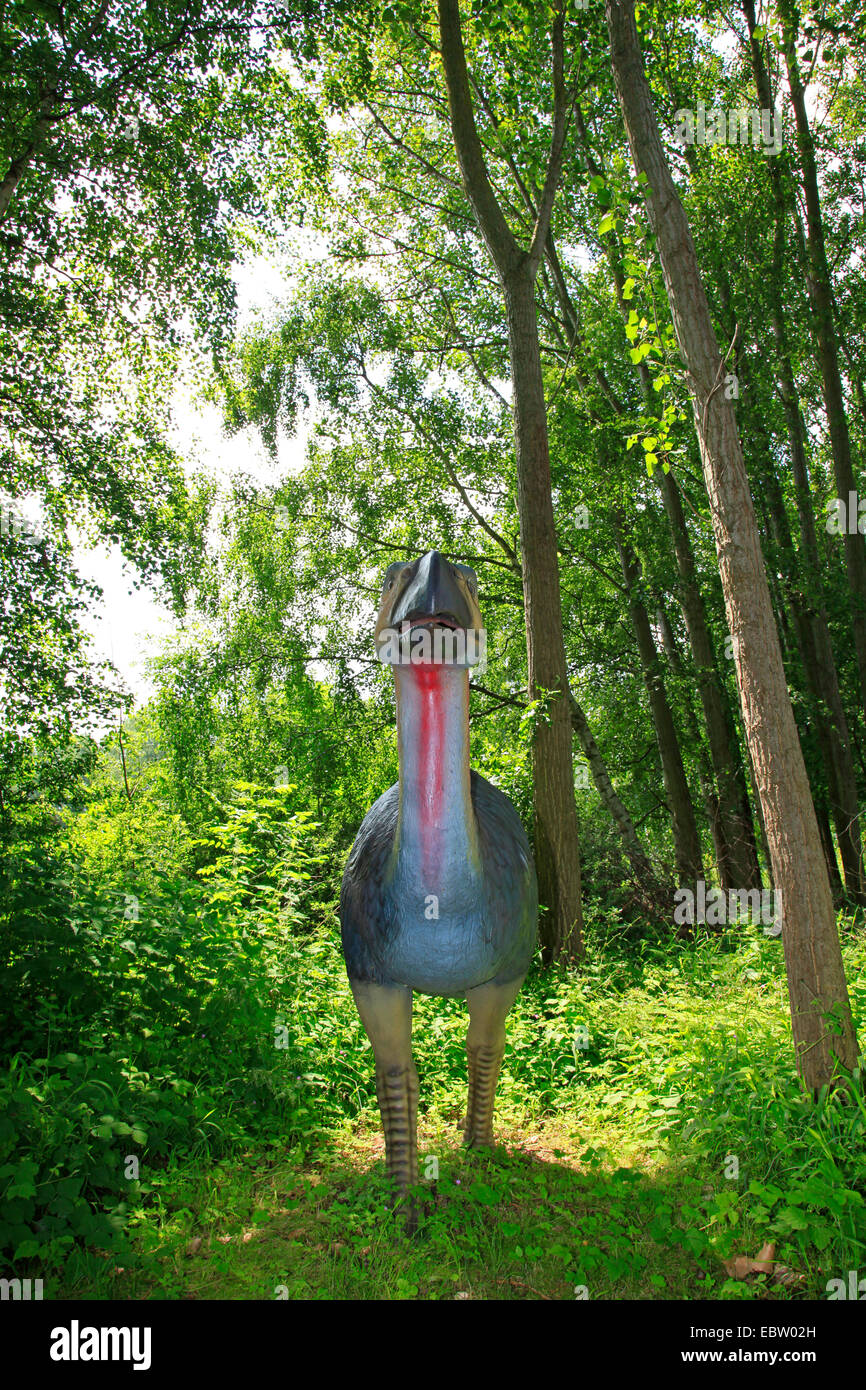 Diatryma (Diatryma, Gastornis), extinct species of large flightless bird Stock Photohttps://www.alamy.com/image-license-details/?v=1https://www.alamy.com/stock-photo-diatryma-diatryma-gastornis-extinct-species-of-large-flightless-bird-76151561.html
Diatryma (Diatryma, Gastornis), extinct species of large flightless bird Stock Photohttps://www.alamy.com/image-license-details/?v=1https://www.alamy.com/stock-photo-diatryma-diatryma-gastornis-extinct-species-of-large-flightless-bird-76151561.htmlRMEBW02H–Diatryma (Diatryma, Gastornis), extinct species of large flightless bird
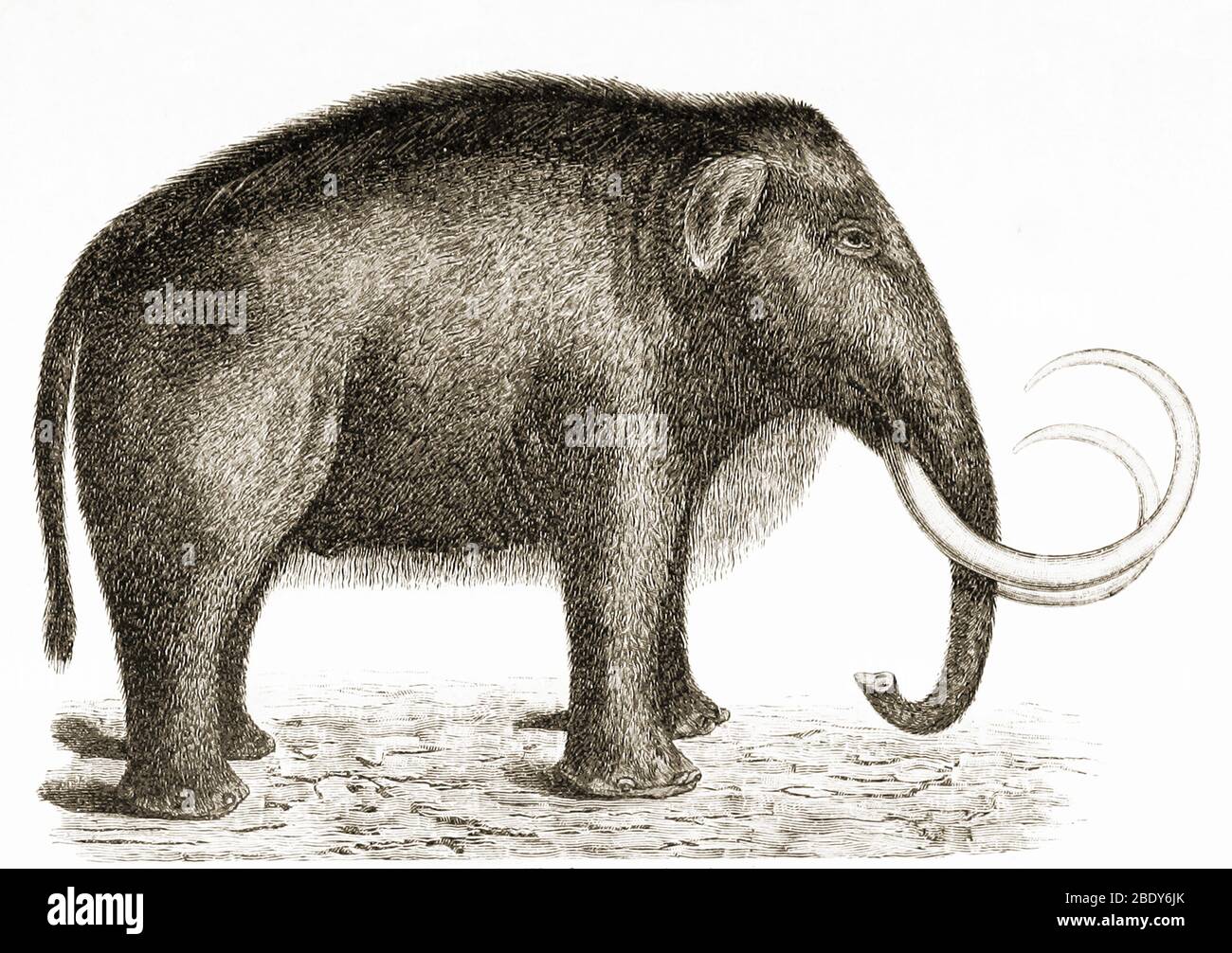 Woolly Mammoth Stock Photohttps://www.alamy.com/image-license-details/?v=1https://www.alamy.com/woolly-mammoth-image352795819.html
Woolly Mammoth Stock Photohttps://www.alamy.com/image-license-details/?v=1https://www.alamy.com/woolly-mammoth-image352795819.htmlRM2BDY6JK–Woolly Mammoth
 Endangered Pitt Shag (Phalacrocorax featherstoni) on the Chatham Islands, New Zealand. A nearly extinct species of bird. Stock Photohttps://www.alamy.com/image-license-details/?v=1https://www.alamy.com/endangered-pitt-shag-phalacrocorax-featherstoni-on-the-chatham-islands-new-zealand-a-nearly-extinct-species-of-bird-image245600401.html
Endangered Pitt Shag (Phalacrocorax featherstoni) on the Chatham Islands, New Zealand. A nearly extinct species of bird. Stock Photohttps://www.alamy.com/image-license-details/?v=1https://www.alamy.com/endangered-pitt-shag-phalacrocorax-featherstoni-on-the-chatham-islands-new-zealand-a-nearly-extinct-species-of-bird-image245600401.htmlRMT7G1PW–Endangered Pitt Shag (Phalacrocorax featherstoni) on the Chatham Islands, New Zealand. A nearly extinct species of bird.
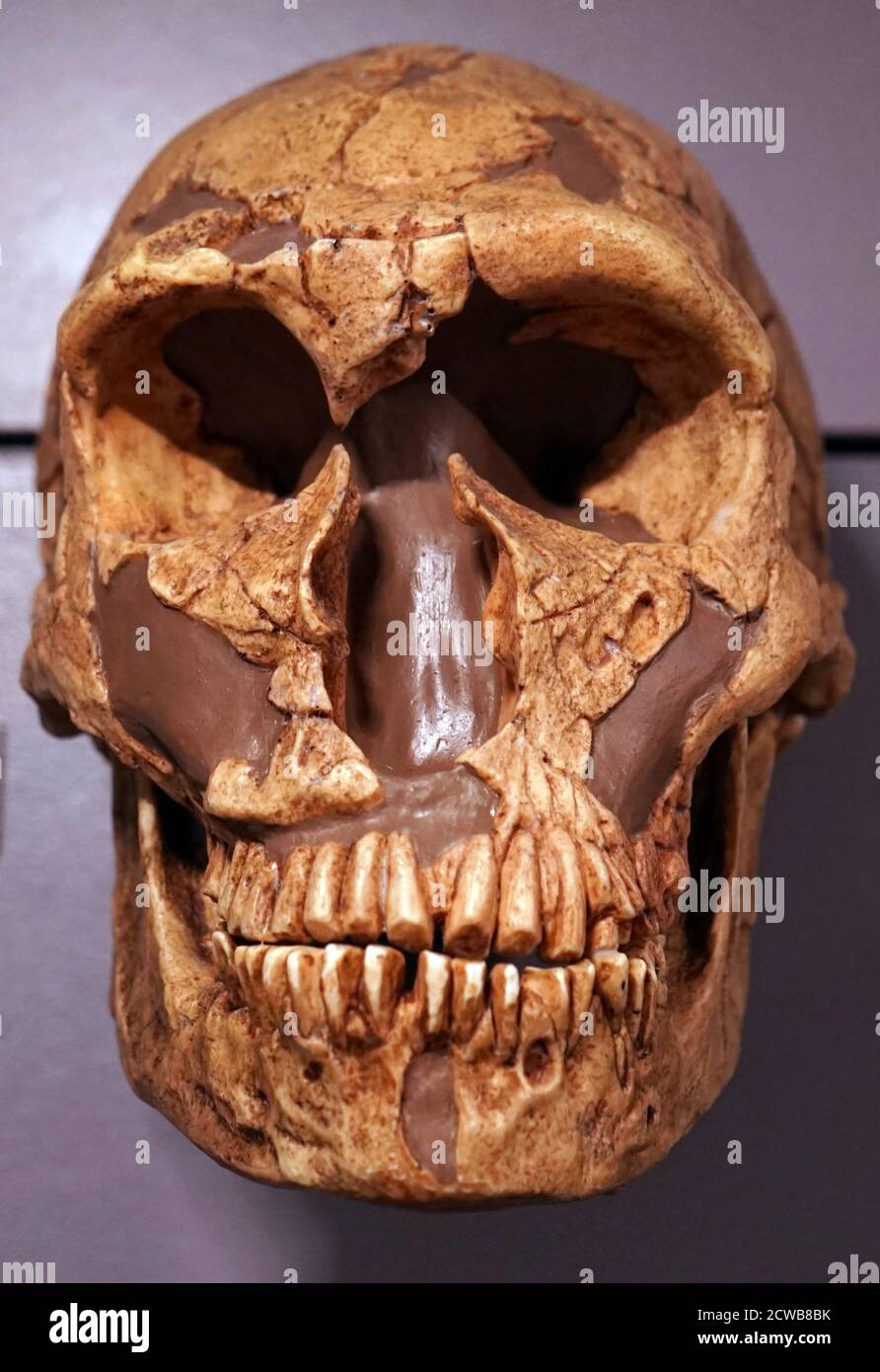 Skull of a homo Neanderthalensis an extinct species or subspecies of archaic humans who lived in Eurasia until about 40,000 years ago Stock Photohttps://www.alamy.com/image-license-details/?v=1https://www.alamy.com/skull-of-a-homo-neanderthalensis-an-extinct-species-or-subspecies-of-archaic-humans-who-lived-in-eurasia-until-about-40000-years-ago-image377032199.html
Skull of a homo Neanderthalensis an extinct species or subspecies of archaic humans who lived in Eurasia until about 40,000 years ago Stock Photohttps://www.alamy.com/image-license-details/?v=1https://www.alamy.com/skull-of-a-homo-neanderthalensis-an-extinct-species-or-subspecies-of-archaic-humans-who-lived-in-eurasia-until-about-40000-years-ago-image377032199.htmlRM2CWB8BK–Skull of a homo Neanderthalensis an extinct species or subspecies of archaic humans who lived in Eurasia until about 40,000 years ago